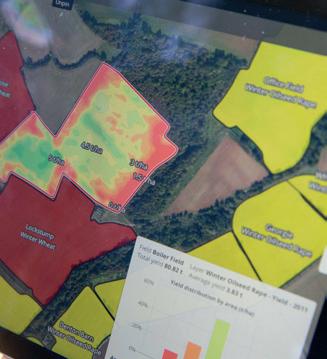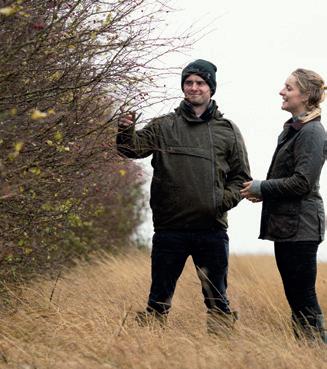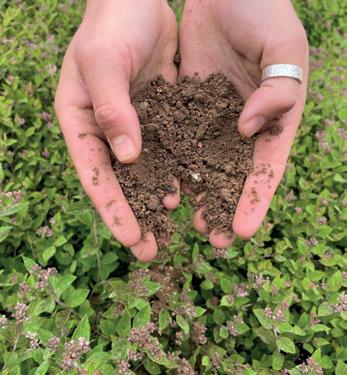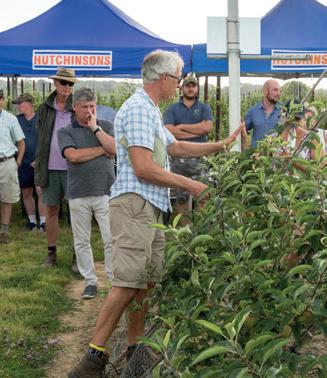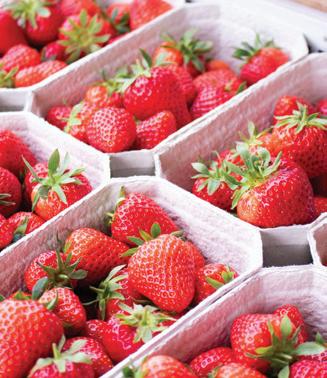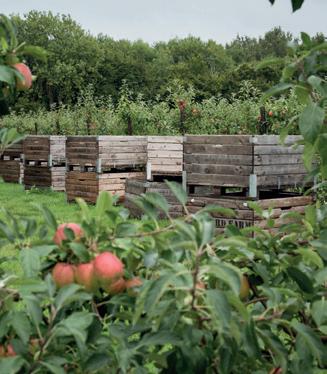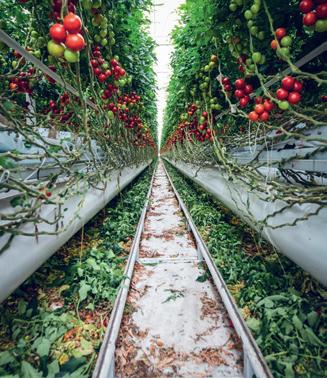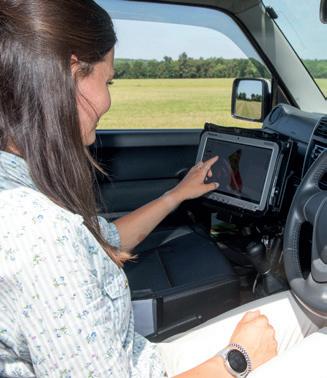Handbook 2025
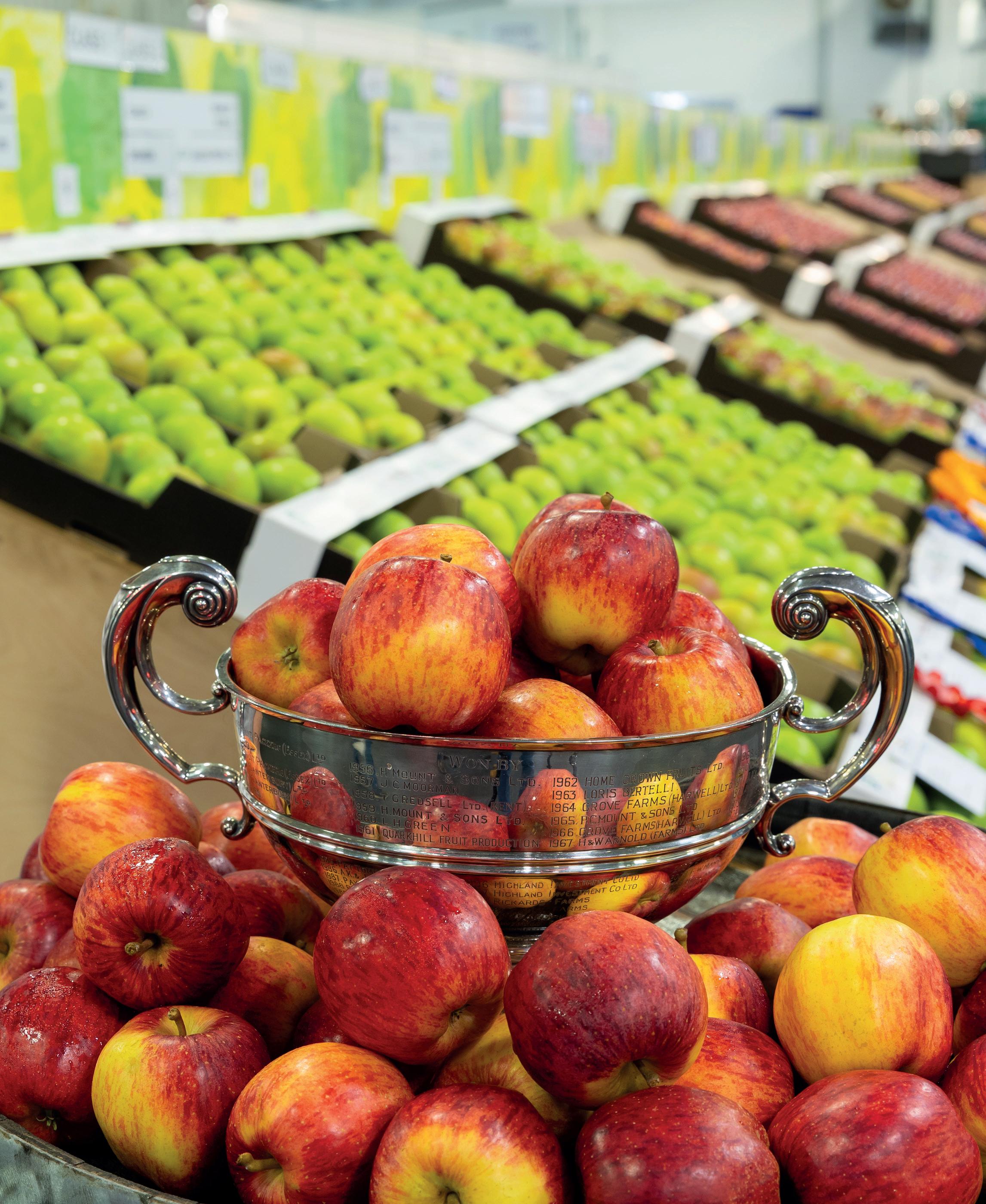
5 November 2025




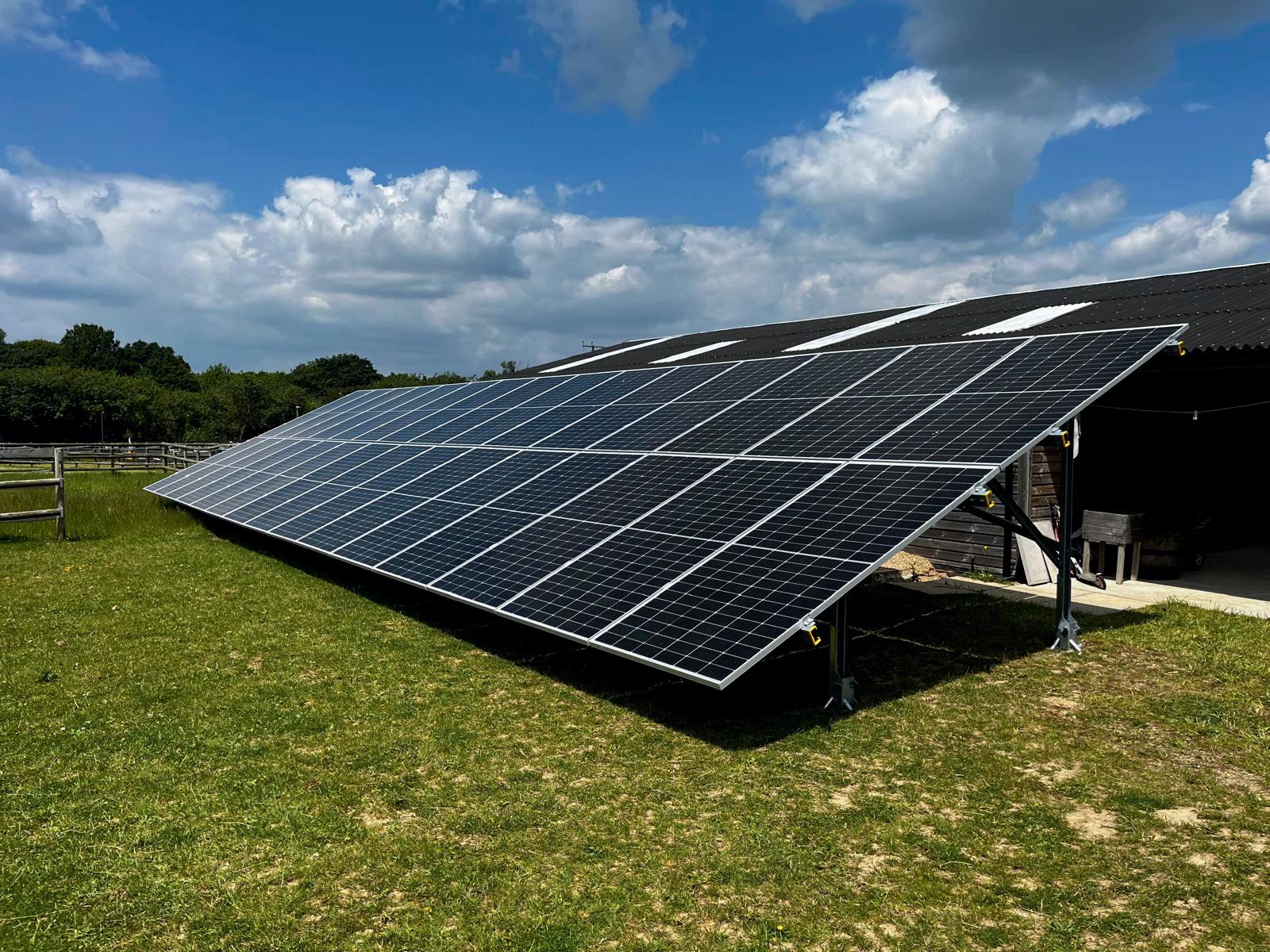




5 November 2025







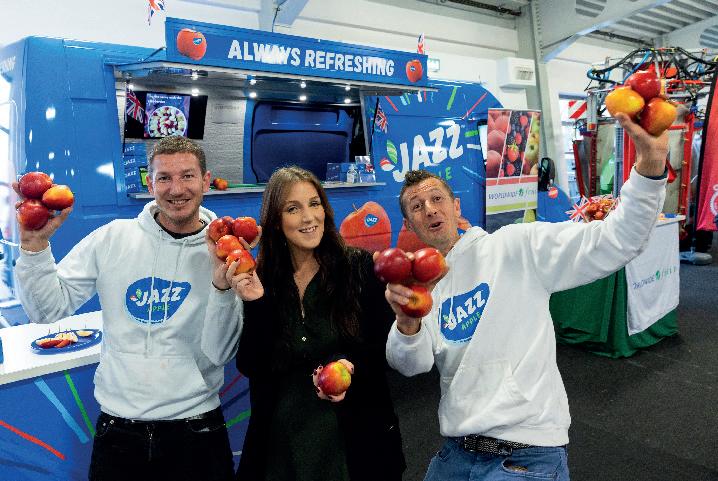
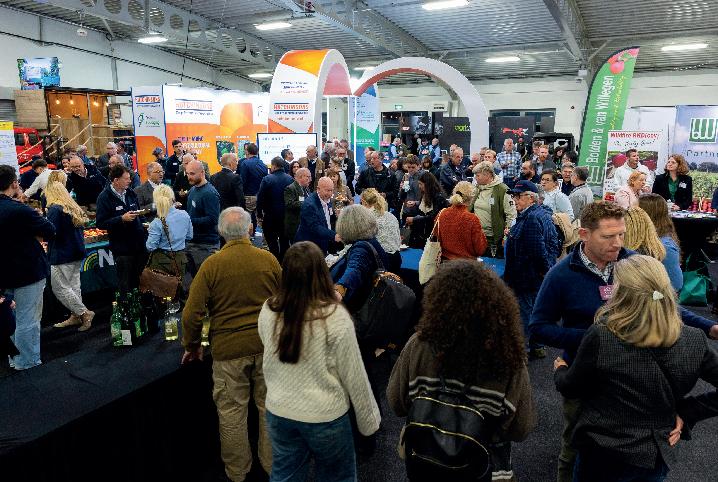
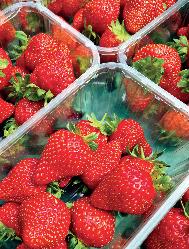

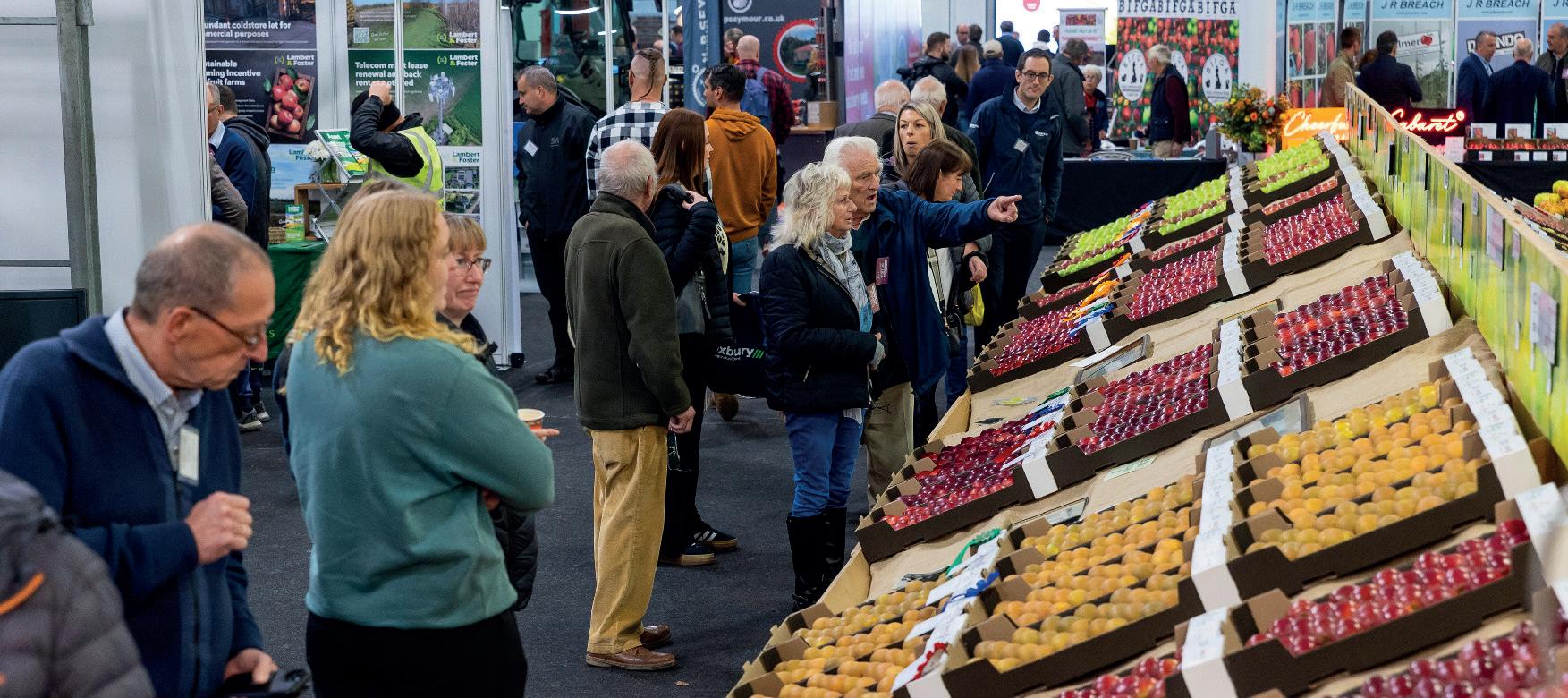
08.45 President’s breakfast (invite only)
09.00 Doors open
09.45 Judith Batchelar OBE opens the Show
16.00 Trophy presentation reception
17.00 Show closes Wednesday 4th November
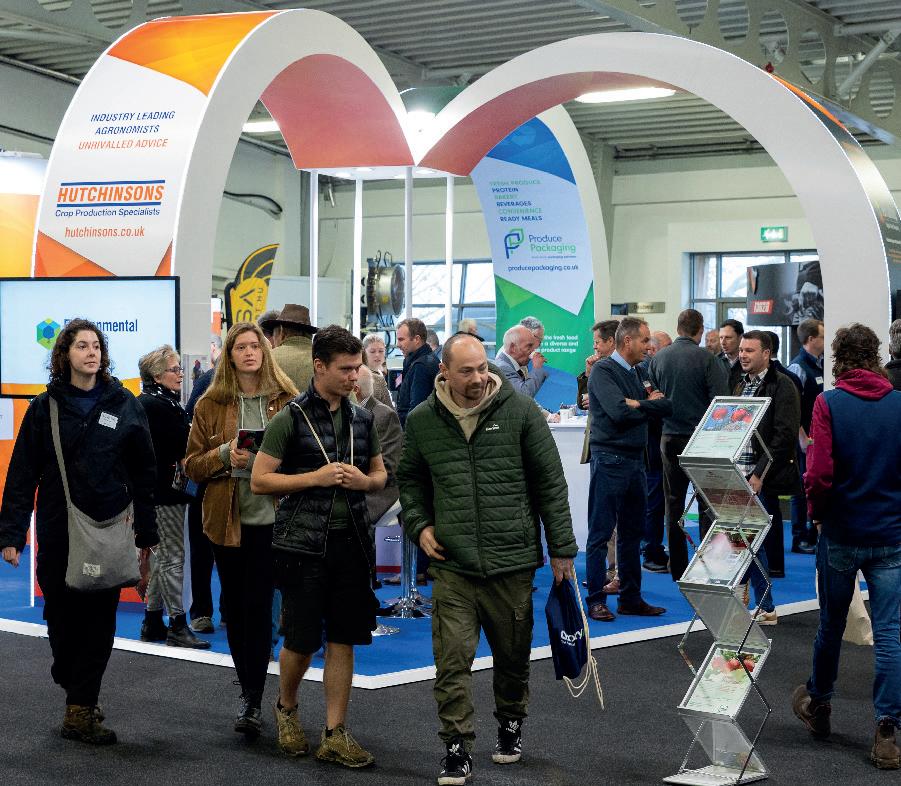

After the success and positive feedback from exhibitors and growers we have decided to continue with the one-day show format on Wednesday 5th November.
We aim to build on the success of last year and make it even better for exhibitors and visitors alike.
I am pleased to say the Show is now on an even keel again and hope to have more exhibitors and visitors attending, as it is a great showcase for the Apple and Pear industry. With growers reporting good crops of high-quality top fruit, I’m hopeful the Show will have a very positive atmosphere.
In our 92nd year we are delighted the Show will be opened by Judith Batchelar OBE, a well- respected voice in the UK food and farming sector. Director of Food Matters International Ltd, advisor to multiple businesses, Chair and Non-Executive Director across several companies, Judith has been instrumental in driving progress across the supply chain and continues to inspire and influence the future of British agriculture.
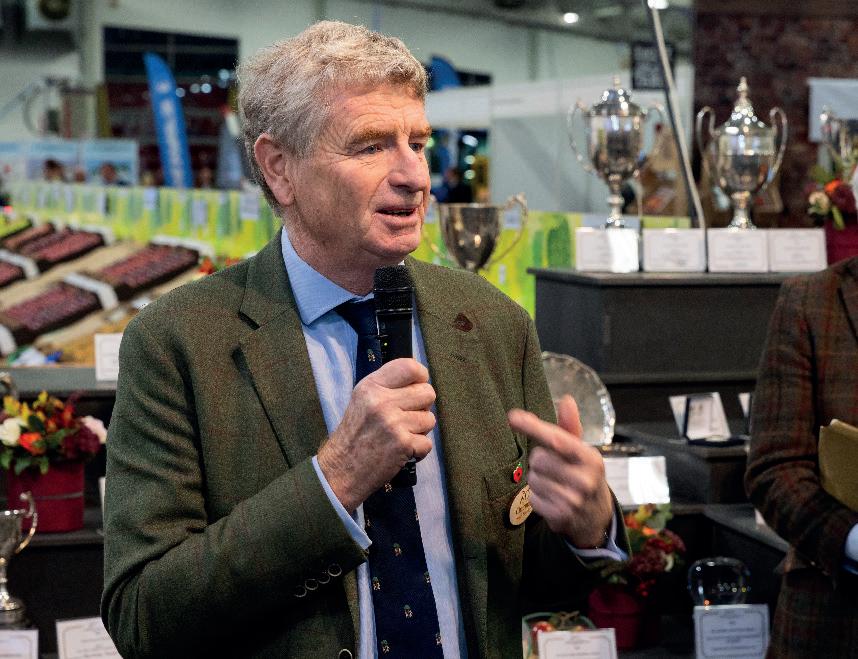
Nigel Bardsley, Chair of the National Fruit Show
Bubbles and bowl food at last year’s Trophy Reception was well received and will be repeated once again to give everyone the opportunity to come together at the end of the day to eat, drink and socialise before congratulating the fruit competition prize winners. We look forward to welcoming you to this part of the Show.
Since taking over as Show Chairman the committee has been strengthened by the addition of three new enthusiastic members to whom we have extended a warm welcome. However, we are still looking for more members from the trade or growers who would like to be part of this fantastic annual show.
The Education Programme under the guidance of Mandy Hounsell is growing in reputation to the extent of not being able to meet demand. I am very grateful to the team for all their hard work and to the current sponsors of the Education Programme. In order to meet the demand from schools and to implement new schemes which Mandy is working on we need more sponsorship. Again, we will be having a raffle for the Education Programme during the show.
Finally, my thanks to our major sponsors NP Seymour and Hutchinsons, and all our other companies who sponsor the show classes, banners, hospitality and events throughout the year. Without them it would not be possible to hold the Show.
I am looking forward to seeing you all at the Show. ■
Welcome to the 2025 National Fruit Show. This time last year, at the end of my first full year as President of the Marden Fruit Show Society and National Fruit Show, which is hosted by the Society and its members, I found myself referring to successive challenges at many levels. This year, we are proud to launch the premier event for the top fruit in a much more positive spirit.
Although never straightforward, the top fruit harvest has largely produced excellent quality and volumes. Retailers should be racing to secure enough British product to displace at least some imports and provide consumers with best-value British options. All too often we hear the lament for lost shelf space and choice. Those who have been working so hard to bolster the supply chain should be celebrated, at the Show and beyond.
You will, I hope, have seen the excellent and increasing volumes of social media to reinforce not only the lobbying and dedicated work of British Apples and Pears but also the MFSS education arm. This continues to raise visibility of the real value of (mainly) apples with fun, stirring and action-packed interaction with children and young adults. Mandy and Irainne are working energetically to educate the next generation, travelling all over the UK to link top fruit with every aspect of the curriculum and excite young people with the possibilities of working in the industry. They do this with very limited funding – please consider donating if you can, and haven’t already!
Political and geopolitical upheaval is leaving the industry with little guidance on policy, but the issue of food security continues to
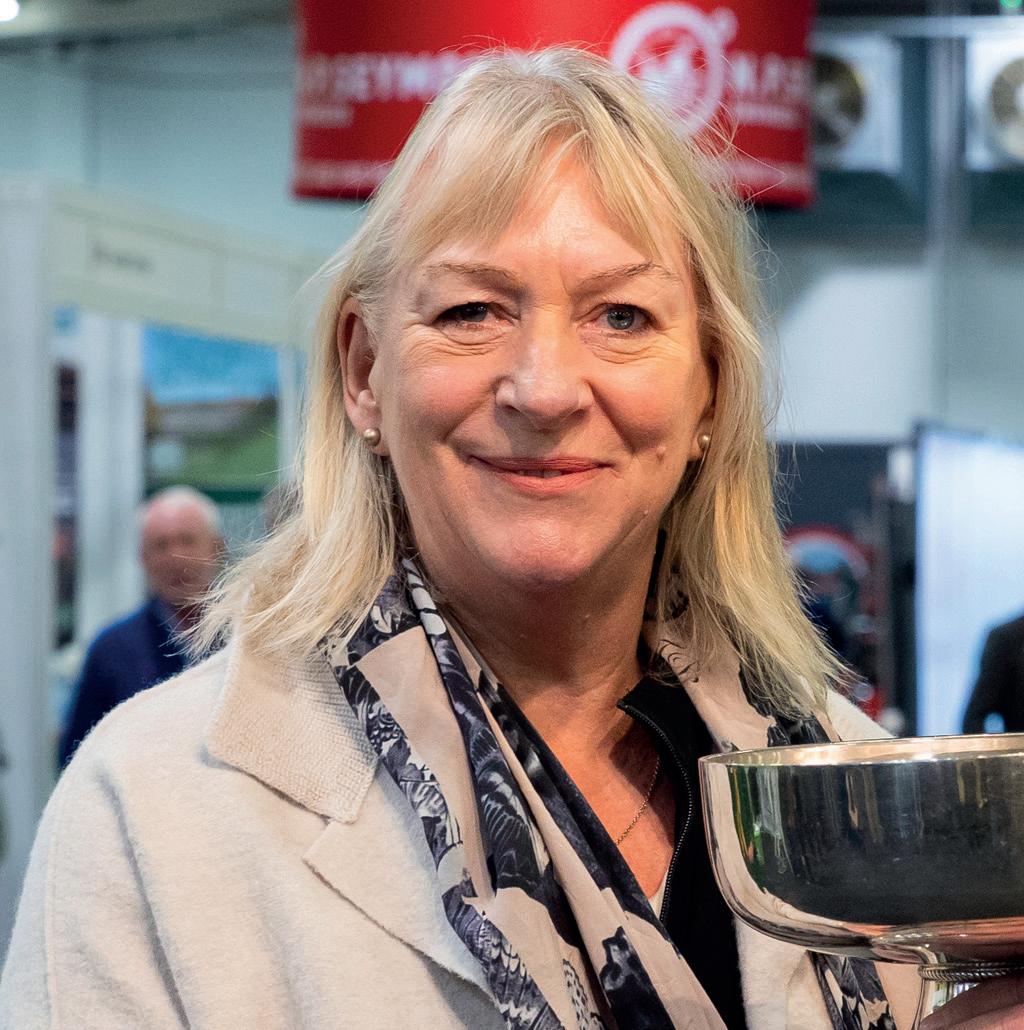
Catherine Paice, President of the National Fruit Show
gain traction. A better-loved and betterappreciated British apple or pear can help win more customers and consumers in the fight to gain advantage over competitors. It’s all about winning hearts and markets, and subduing the voices of doom to nurture a British industry.
The sector is recognised for being interesting and innovative. With a land use consultation under way, there is a real opportunity for a revival of planting. Top fruit is still critical to productivity in Kent.
There are always challenges. En route to harvest this year, growers endured sunburnt apples, hail-hit apples, too much rain, too little rain, death-defying pests and moving sustainability goals. Combatting disease is relentless. Unlike some other primary producer industries, however, the research support is superb.
So too has been your support -- on the back of last year’s success -- in accepting a oneday show. I would like to thank our major sponsors NP Seymour and Hutchinsons for underwriting, both financially and otherwise, the unique opportunities that the National Fruit Show provides to share access to knowledge and best practice relating to the growing, storing, packaging, display and marketing of fruit. Thanks also to those who have contributed to the excellent number of entries for the growers’ competitions this year, ably run by Annette Bardsley.
On that note, I’d like to pay tribute to the work of committee chairman Nigel Bardsley, trustees chair Claire Seymour, show manager Eileen Haffenden and all committee members who have taken the time and trouble to exhibit, compete, and support this year’s Show.
My thanks also to BAPL for their support, and to our valued special guest this year, Judith Batchelar OBE, whose invaluable experience in the food chain and particularly in retail will be well known to many of you.
Most of all, our thanks to everyone who is at the Show today. We would like you to have a great day. Enjoy it. Meet, greet and renew friendships and trade relationships. Learn, share, and spread the message beyond the boundaries of this excellent Kent Showground.
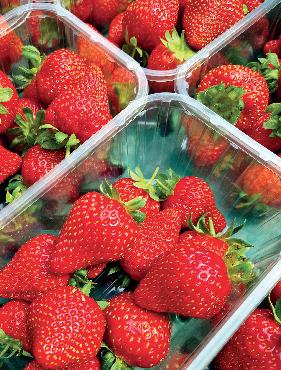


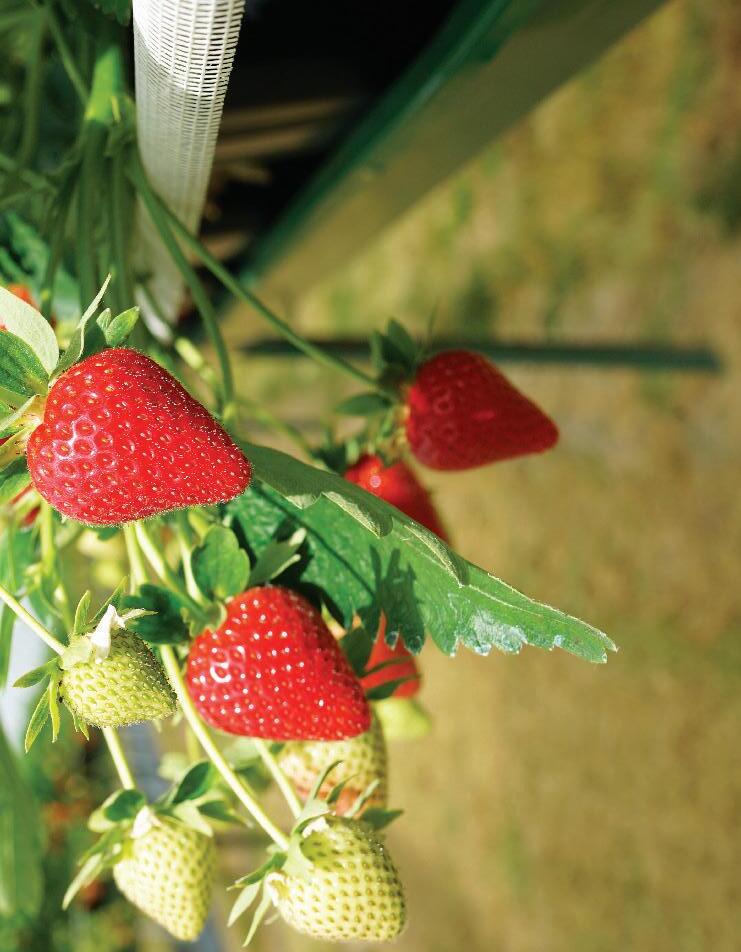



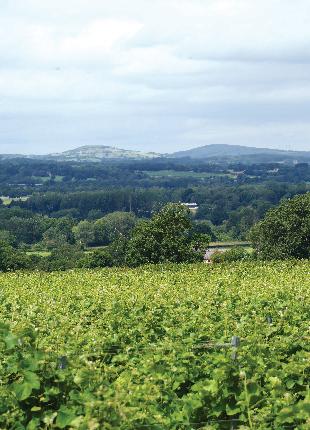

The success of the Show is down to the invaluable support of all our sponsors.
Major sponsors

Presidents breakfast and Show opening
Trophy presentation reception
Show supporters

Bonanza Prize
STAPLEHURST TRANSITS
Judges’ lunch Competition packaging







President
Catherine Paice
Chair
Nigel Bardsley
Vice Chair
Annette Bardsley
Treasurer
Chris Morris
Show Manager
Eileen Haffenden
Education Team
Mandy Hounsell
Irainne Styles
Chair of Competitions
Annette Bardsley
Competition Secretary
Irainne Styles
Chair of Judges
Jonathan Blackman
Senior Steward
James Goldsworthy
Chair of Trustees
Claire Seymour
Vice Chair of Trustees
Robert Mitchell
Trustees
Annette Bardsley
Jonathan Blackman
Kathleen Kelliher
Chris Morris
General Committee
Members
Annette Bardsley
Jonathan Blackman
John Breach
Leonie Britcher
Emily Corfe
Richard Gaskin
James Goldsworthy
Stuart Guest
Jon Hatch
Jamie McGrorty
Chris Morris
Tom Ogden
Robert Oliver
Brendan Rhodes
Nick Seymour
Claire Seymour
Chris Tanton
Joanna Wood
Annette Bardsley, Chris Morris, Claire Seymour, Nigel Bardsley and Eileen Haffenden

Presidents (Past and present)
1933 – 1936 (The late) Col. The Right Hon. Lord Cornwallis, CBE, JP, DL
1936 – 1982 (The late) The Right Hon. Lord Cornwallis, KCVO, KBE, MC
1982 – 1993 (The late) The Earl of Selbourne, KBE
1993 – 1998 (The late) Sir Roger Moate
1999 – 2007 (The late) The Right Hon. Lord Mayhew of Twysden, PC, QC
2007 – 2008 (The late) Lord Bruce-Lockhart of the Weald
2009 – 2019 The Right Hon. Michael Jack
2020 – 2022 Tereas Wickham
2023 – Catherine Paice
Chairmen (Past and present)
1933 – 1934 (The late) JA Raynham, JP
1934 – 1957 (The late) Capt. James Day, MC
1957 – 1975 (The late) Col. HM Allfrey, MC, TD 1975 – 1993 (The late) P Tipples Esq
1993 – 2001 (The late) AF Todd Esq, MBE
2001 – 2006 R H M Mitchell Esq, MBE
2006 – 2010 J Scott, Esq
2010 – 2024 Sarah Calcutt
2024 – Nigel J Bardsley, Esq
Honorary Vice Presidents (year elected)
(The late) Mr E Day, MBE (1976)
(The late) Mrs B Sarson (1980)
Mr P Winch (1989)
Mrs H Carpenter (1992)
(The late) The Earl of Selbourne, KBE (1993)
(The late) Mr P Tipples (1993)
(The late) Mr P Tompsett (1995)
(The late) Mr A F Todd, MBE (2002)
Mr R Mitchell, MBE (2008)
(The late) Lord Mayhew (2008)
Mrs C Quinlan (2011)
Mr J Scott (2011)
A C Goatham
ACT Publishing
Adrian Scripps Ltd
Agrii
AM Fresh UK Ltd
Blackmoor Estate Ltd
Chavereys Ltd
Hutchinsons
Kelsey Farms Ltd
Kelsey Publishing
Kent Fruit Services
Kreston Reeves
Lambert & Foster
Landseer Ltd
Mid Kent Growers
N P Seymour Ltd
Protech Future Ltd
The Worshipful Company of Fruiterers
Yara Ltd
Nigel & Annette Bardsley
Dr Jonathan Blackman
J R Breach
Leonie Britcher
Emily Corfe
Richard Gaskin
Stuart Guest
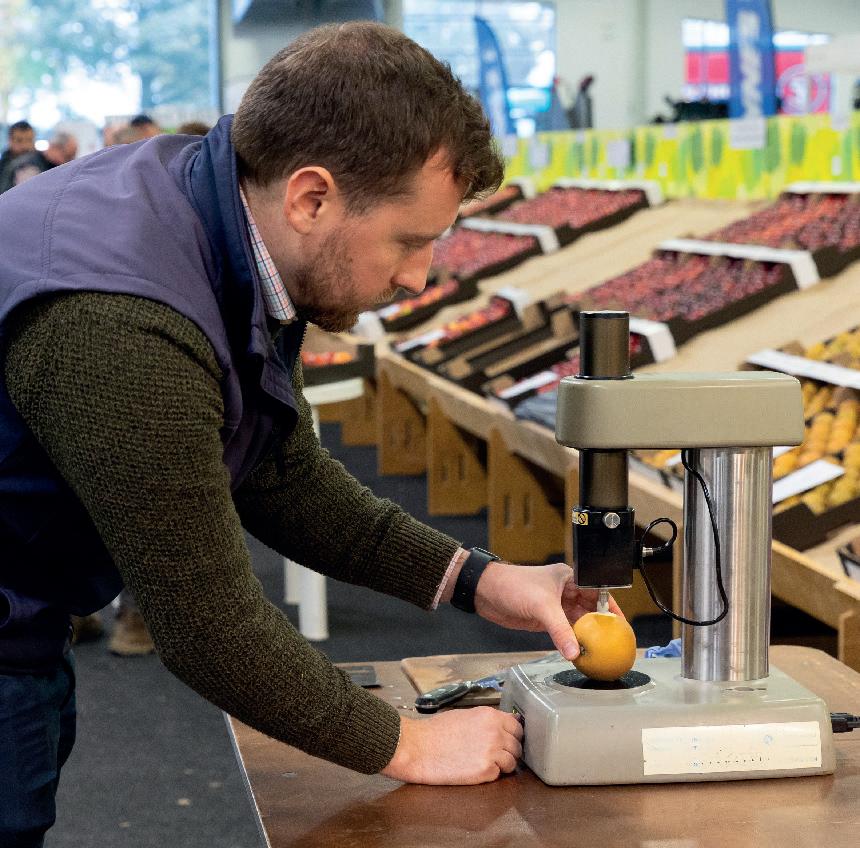
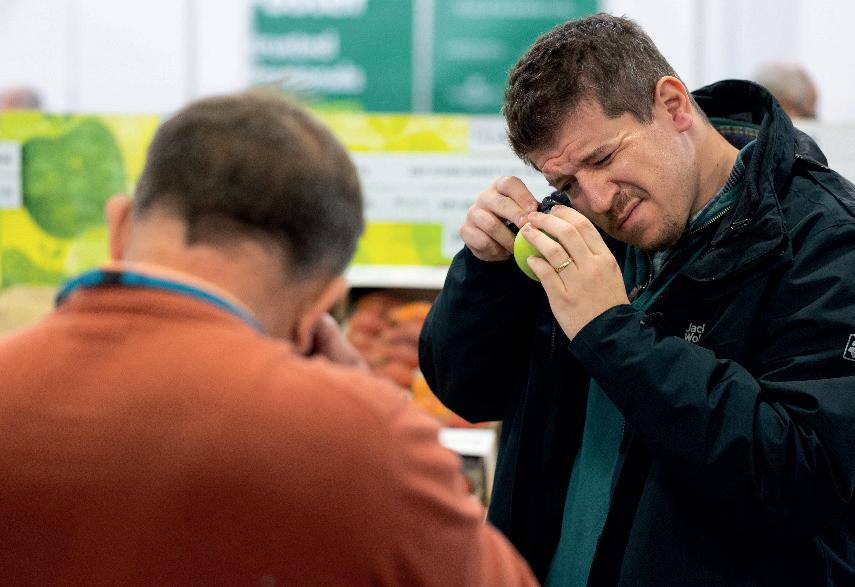
Judges at work
Alexander WJ Hunt
Janet Hutchinson
Kathleen Kelliher
Mike Lutener
Robert Mitchell
Robert Oliver
Catherine Paice
Mr D Quarington
Mr J Scott
James Smith
Andrew Tinsley
Joanna Wood
Jonathan Blackman Chair of Judges
Caroline Ashdown Top Fruit
Chris Atkinson Nuts
Nigel Bardsley Tastiest Apple
Richard Brewer Top Fruit
Andy Bull Top Fruit
Sarah Calcutt Top Fruit
Fokion Chatziavgerions Top Fruit
Luis Felgueiras Top Fruit
Richard Gaskin Top Fruit
John Guest Tastiest Apple
Stuart Guest Tastiest Apple
Nigel Jenner Top Fruit
Philip Opie Nuts
Jack Roberts Top Fruit
Chris Rose Top Fruit
Gary Saunders Top Fruit
Julian Searle Top Fruit
Claire Seymour Tastiest Apple
James Shillitoe Top Fruit
Ivan Velasco Top Fruit
Ryan Williams Top Fruit


Best exhibit in Show
69 The NFU Prize of £400
70 The Roderic Sarson Memorial Trophy – Best all round exhibit of apples
Best exhibit of culinary apples
72 The Podger Norton Trophy – Best exhibit of culinary apples
75 The Fruiterers Company Medal – The most meritorious exhibit of culinary apples
77 The Fyffes Salver – Best exhibit of Bramley
86 The Dan Wuille Cup – Exhibit of culinary apples showing the best colour and skin for variety
Best exhibit of dessert apples
71 The Stokes Bomford Rose Bowl – Best exhibit of dessert apples
74 The Fruiterers Company Medal – The most meritorious exhibit of dessert apples
78 The UKF Fertilisers Cup – Best exhibit of Cox’s Orange Pippin or any Sport
79 The John Henshall Salver – Best exhibit of any dessert apple grown in the UK outside Kent
87 The R Mitchell Challenge Cup – Best exhibit of any dessert apple variety introduced to the UK after 2000
Best exhibit of pears
73 The Bayer Rose Bowl – Best exhibit of pears
76 The Fruiterers Company Medal – The most meritorious exhibit of pears
Exhibitors Under 40
42 Arthur Goatham Memorial Trophy – Best exhibit of Bramley
44 The David Burd Memorial Trophy – Entrant with most points in all classes
85 The W Bruce Challenge Cup – Best exhibit of dessert apples excluding COP or any Sport in all Classes (Dessert apples, Exhibitor under 40)
Highest points
80 The Winch Memorial Challenge Cup – Exhibitor gaining the highest points total for Weald of Kent. Exhibits in all classes (restricted to exhibits grown in Kent, south of the M20 motorway)
81 The John Thwaites Challenge Bowl – Exhibitor gaining the highest points total for all exhibits in all classes (restricted to exhibits grown in Kent, north of the M20 motorway)
82 The Fiennes Cornwallis Trophy – Exhibitor gaining the highest total of points in all classes
88 The BIFGA prize – Exhibit gaining most points entered by a BIFGA member
89 The John Acock Memorial Rosebowl – Exhibitor with most points in culinary classes
45 Agrovista Regional Champion Cup – Grower with most points from Eastern Counties
46 Agrovista Regional Champion Cup – Grower with most points from West Midlands
Other prizes
83 The Cantagrians Association Cup – Best exhibit picked and packed by a former student of Hadlow College, KFI or KHI
91 The J R Breach Prize – Nuvar™; Cheerfull Gold™ NC1; Stardance™ NC2; Cabaret™ NC3; Misty Rose™ NC4
Classes 1-17 judged and displayed at the show

Each entry will consist of three 60cm x 40cm trays. Only Tray A will be presented for detailed examination by the judges. Trays B and C must be of the same size and colour as Tray A.
Prizes:
Class and Perpetual Trophy (held for 1 year)
Class 1
Bramley 90-100mm diameter
The Alfred Shread Challenge Cup
Class 2
Bramley 80-90mm diameter
Squire Salver
Class 3
Any other variety of culinary apples 75-100mm diameter, with 5mm differential
Dufaylite Developments Cup
Class 4
Harlequin fit for a King (Fruits will be of differing sizes)
Systhane Cup
Class 5
Cox’s Orange Pippin or any Sport of Cox 65-70mm or 70-75mm diameter
Vernon Hayes (Seeds) Ltd Challenge Cup
Class 6
Cameo 65-70mm or 70-75mm diameter
Cornwallis Cup
Class 7
JazzTM 65-70mm or 70-75mm diameter
Fuller Water Systems Trophy
Class 8 The Roger Worraker Class
Gala or any Sport of Gala 65-70mm or 70-75mm diameter
Pask Cornish & Smart Cup
Class 9
Russets: All varieties 65-70mm or 70-75mm diameter
Henshall Rose Bowl
Class 10
Magic Star 65-70mm or 70-75mm diameter
A
Classes 1-16 Open to All Growers
Prize Money for Class sponsored by
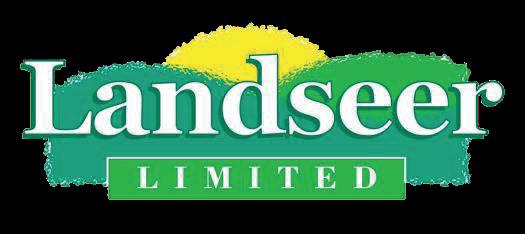
Class 11A
Braeburn or any Sport of Braeburn 65-70mm
The WASP Bin Trophy
Class 11B
Braeburn or any Sport of Braeburn 70-75mm or 75-80mm diameter
The Horticultural Containers Wine Goblets
Class 12A
Any Other Variety of Dessert Apple introduced before 2013
Small fruited varieties 65-70mm or 70-75mm diameter
Large fruited varieties 70-75mm or 75-80mm diameter
George Harlow Cup
Class 12B
New Variety of Dessert introduced after 2013
Small fruited varieties 65-70mm or 70-75mm diameter
Large fruited varieties 70-75mm or 75-80mm diameter
Invicta Petroleum Shield
Class 13
Comice 70-75mm, 75-80mm or 80-85mm diameter
Ernest White Cup
Class 14
Conference 60-65mm or 65-70mm diameter
AMG Trophy
Class 15
Concorde Fruit must be 60-65mm, 65-70mm or 70-75mm diameter
East Kent Packers Cup
Class 16
Any Other Variety of Pear 60-65mm, 65-70mm, 70-75mm, 75-80mm or 80-85mm diameter
Segro Salver
Under 40s culinary class has been removed. Please enter your pears and culinary apples in classes 1-3, 13-16 as appropriate. Dessert apples may be entered in class 17 or any other dessert apple class. To encourage U40s’ entries the entrant does not have to grow the fruit, but must pick it and pack it themselves. U40s entrants are eligible for all the relevant championship trophies on page 3, as well as those specifically for U40s. The name and date of birth of the individual entrant must be completed on the entry form.
Class 17
Dessert Apples - Entrants under age 40. Western International Market Shield for Dessert Apples
The Sue Daly Novice Trophy
Canterbury and Sittingbourne

Landseer Ltd will also award a special prize of £50 to the Store Operator of the Best Winning Entry. The Ron Tassell Trophy is awarded for the Store Operator of the Best All-Round Exhibit in the LTFS classes.
Class and Perpetual Trophy (held for 1 year)
Class 22 Gala or any Sport of Gala
The Bloomfields Award
Class 23 Bramley
The John Wills Award
Class 24 Any Variety of Dessert Apple except Gala, Braeburn or Jazz
Class 25 Jazz
The Marks & Spencer Trophy
Class 26 Pears
Prize Money for Class sponsored by
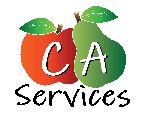

Class and Perpetual Trophy (held for 1 year)
Class 22 Gala
The Bloomfield Award
The John Wills
Sponsored by
(2005 World Record 1.849kg Chrisato Iwasaki – Hirosaki City, Japan)
Sponsored by
Sponsored by
Organised in conjunction with the Kentish Cobnuts Association and The Walnut Club.
Class and Perpetual Trophy (held for 1 year)
Class 50 Kentish Cobnuts
Class 51 Cobnuts – any other variety
The John Bardsley Tankard for the Most Meritorious Entry of Cobnuts
Class 55 Walnuts - Eight nuts in their shells unbleached in each punnet. Open to commercial and amateur growers.
Prize Money for Class sponsored by
Score Card: Cobnuts
Score Card: Walnuts
2025 is shaping up to be one of the strongest years in recent memory for British apple and pear growers. Following excellent growing conditions, our crop forecast points to fruit with superb skin finish, sweeter taste and consistently good volumes.
This harvest is set to be a welcome reminder of what our orchards can deliver – quality fruit that consumers love and that supermarkets can confidently promote.
Just as important as the crop itself is ensuring that our growers have the right consumer, retailer and political support to drive sustainable and profitable production of British apples and pears year after year.
British Apples & Pears Limited (BAPL) continues to have that goal front of mind as we give growers a strong and credible voice, underpinned by data.
BAPL’s most important role remains to speak up on behalf of growers.
We continue to engage directly with decision-makers in Westminster, ensuring that policy reflects the needs of our growers. Evidence matters – which is why our investment in robust data has become central to our advocacy.
In 2025 we published the largest-ever UK apple and pear orchard census, giving a definitive picture of the industry. The results underline the scale, investment and confidence within the sector:
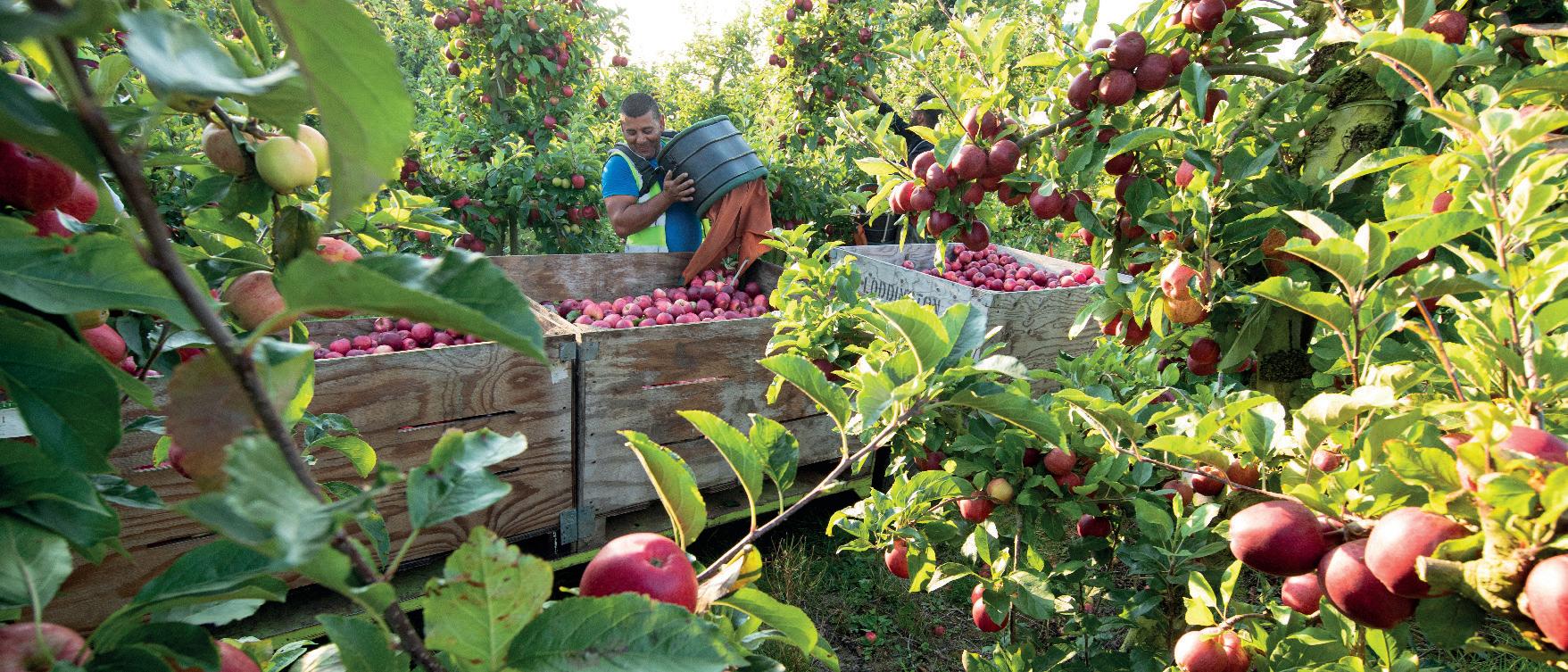
www.britishapplesandpears.co.uk/apple-and-pear-news

The full 2025 BAPL Orchard and Storage Census Report is available on our website: www.britishapplesandpears.co.uk/largest-ever-uk-apple-and-pear-orchard-census/
www.britishapplesandpears.co.uk/supermarket-sales-data/
www.britishapplesandpears.co.uk/supermarket-sales-data-pears/
• 5,361 hectares of British apple and pear orchards, with an estimated 10 million trees
• More than 70 apple varieties are being grown in British commercial orchards, with 36 different varieties planted in the last five years alone.
• However, Gala (grown in 30% of all apple orchards) and Braeburn (grown in 11%) are declining. This is a symptom of the declining profitability of these varieties.
• Recent planting (within the last five years) has seen big investment in Jazz™, Pink Lady®, Magic Star and Cameo®.
• More than half (55%) of all Conference pear orchards are over 21 years old, and no growers surveyed are planning on planting any new pear trees in the UK in 2026 or 2027. Pears are simply not profitable for UK growers due to low returns.
• In the next three years, only 145 hectares are planned to be planted with new trees – a 32% drop versus the five-year historic average. This is half the area UK growers would need to plant just to maintain what we have today. At that rate, we would have half the orchards we have today in just 12 years (2037).
This evidence gives us powerful tools to make the case for British growers. It demonstrates an industry that is investing,
innovating and committed to long-term supply – supporting domestic food security, rural jobs and the national economy.
Now in their third year, our supermarket league tables are driving real change. By publishing monthly apple and pear sales data, we shine a spotlight on which supermarkets are truly backing British.
Retailers know that everyone can see their performance – and that transparency has created healthy competition to be at the top.
Despite the cost pressures of recent years, this is a moment of optimism. A high-quality 2025 crop, supported by the strongest data we have ever had on orchards and retail sales, puts British apples and pears in a position of real strength.
We remain committed to our ambition of achieving 60% market share for British apples by 2030. It is an ambitious but achievable goal – and one that matters not just for growers, but for the environment, the economy and the health of the nation.
The message for 2025 is clear: with a great crop, strong evidence and growing recognition from supermarkets and consumers, the future for British apples and pears is full of opportunity. ■
Data is intrinsic to everyday decision making within the horticultural sector, from influencing strategic planning among buyers and retailers, to helping growers decide on the most effective product applications.
Our ability to capture and record accurate data at every stage of the supply chain has advanced dramatically in recent years, and crucially, so too have the systems needed to help growers and agronomists turn this wealth of information into meaningful, and ultimately profitable, management decisions on-farm, says Hutchinsons digital specialist, Tom Johnson.
“Tools such as Omnia, and class-leading TerraMap high-definition soil scanning, for example, are increasingly being used within the fruit and vine sectors. And, with new forms of spatial measurement being developed for the fruit sector, such as flower or canopy density measurements, there will be even more scope for growers to accurately map and manage variations in crop performance to maximise output in the future.”
Recording and documenting accurate data helps with other important aspects of business management too, such as compliance audits, which are an annual feature of growers’ calendars, with the associated workload, he adds.
“Talking to the Hutchinsons team at the National Fruit Show about easy data capture and retrieval for supporting a protocol audit, or for analysis, would be time well spent.”
Data analysis is also crucial for helping us evaluate new tools, technologies and production methods; knowledge that can ultimately assist growers in tackling the many challenges faced, whether from rising labour costs, changes to the portfolio of products available, unpredictable weather patterns, or new pest and disease threats.
Indeed, our horticultural team is involved with an extensive programme of cuttingedge research, including the ongoing HELIOS (Hutchinsons Enhanced Light Interception Orchard System) planting system trials in Kent and West Midlands; a new three-year project looking at codling moth control; a project looking at Canker Reduction in Apple Fruit Trees (CRAFT); and another project (IRIS) that aims to improve the resilience of scab fungicide programmes in the face of a diminishing fungicide armoury.
Additionally, we are working with partners to develop a novel system for detecting scab spores in orchards to assess the correlation
with RIMpro predictions. The aim is to create an automated system to provide growers with real-time disease warnings. Two scab detection devices have been trialled in orchards this season, and another in a vineyard to detect Downy mildew.
Last year, we also embarked on a four-year £4.5 million project that will see cuttingedge technologies used to analyse fruit trees in fine detail, to ultimately develop a commercially viable system for precisely targeting orchard inputs.
The Precision Orchard Management for the Environment (POME) project will allow inputs to be targeted in a way never seen
before in UK orchards, according to NIAB, a partner in the project, along with a range of other commercial and academic partners.
Attendees to the Hutchinsons stand O27 at the National Fruit Show will be able to learn about these projects and how they will help shape future agronomy. There is also chance to find out about the latest approved products exclusive to Hutchinsons, tools such as Omnia and TerraMap, and the specialist environmental, soils, and digital services experts that are here to support growers.
Discover how Hutchinsons can help your business at stand O27. ■
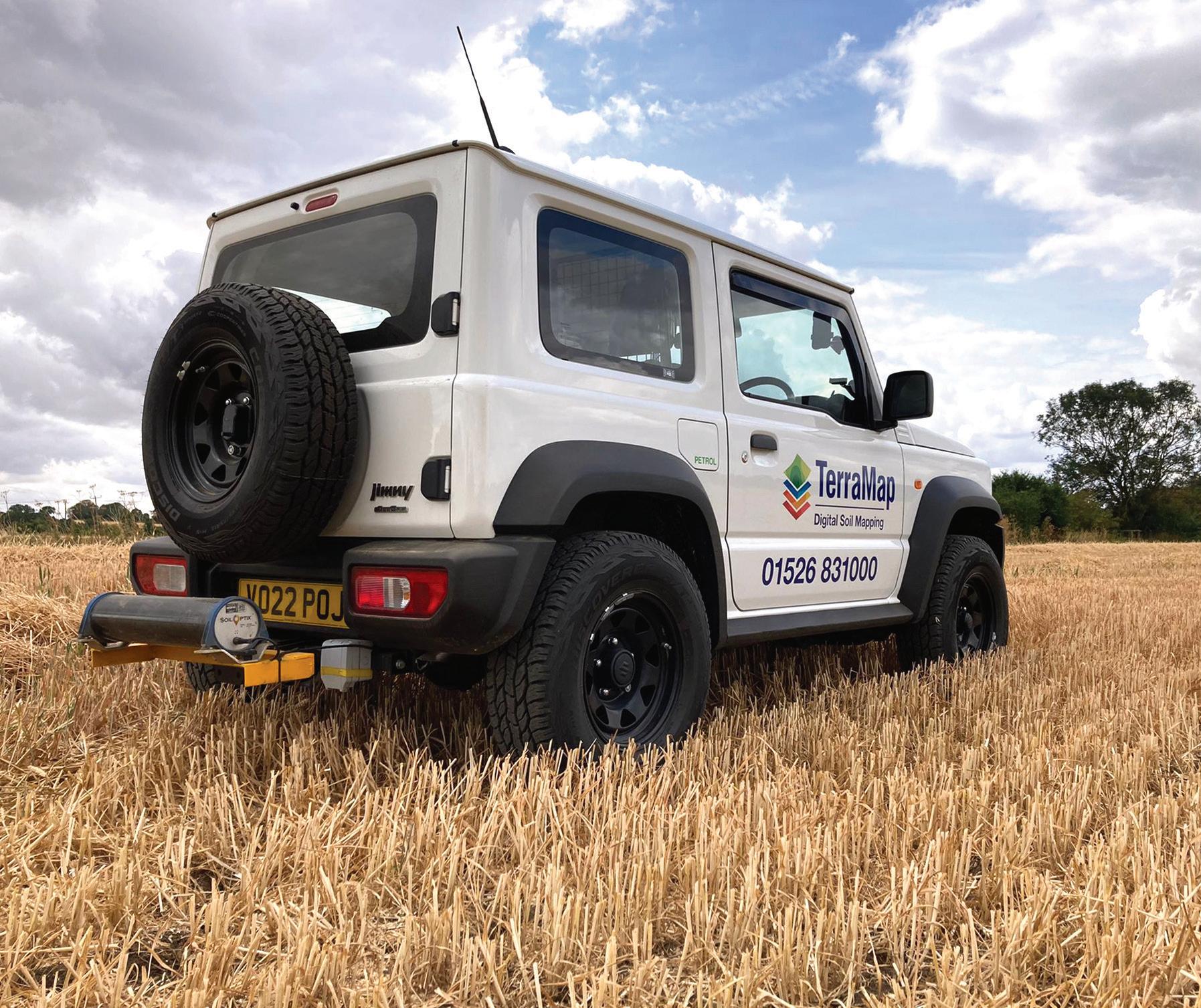
Having previously discussed the concept of a “futuristic” Fendt electric tractor in previous editions of the National Fruit Show Handbook, it really does feel monumental to announce that we will be showcasing the UK’s first fully-electric fruit and vine tractor, the Fendt e107 V Vario, on our stand.
For more than 40 years, we have supplied Fendt’s narrow tractors to British fruit and vine growers, and we’re very proud to have been selected as the trusted dealership to introduce this milestone innovation to growers.
We’ve been eager to bring a viable electric tractor to the UK for years and, through small in-house trials and the multiple demos with growers we’ve carried out over the summer, it is clear that the e107 V Vario is more than capable of carrying out fundamental tasks without having to sacrifice on spec, comfort or performance.
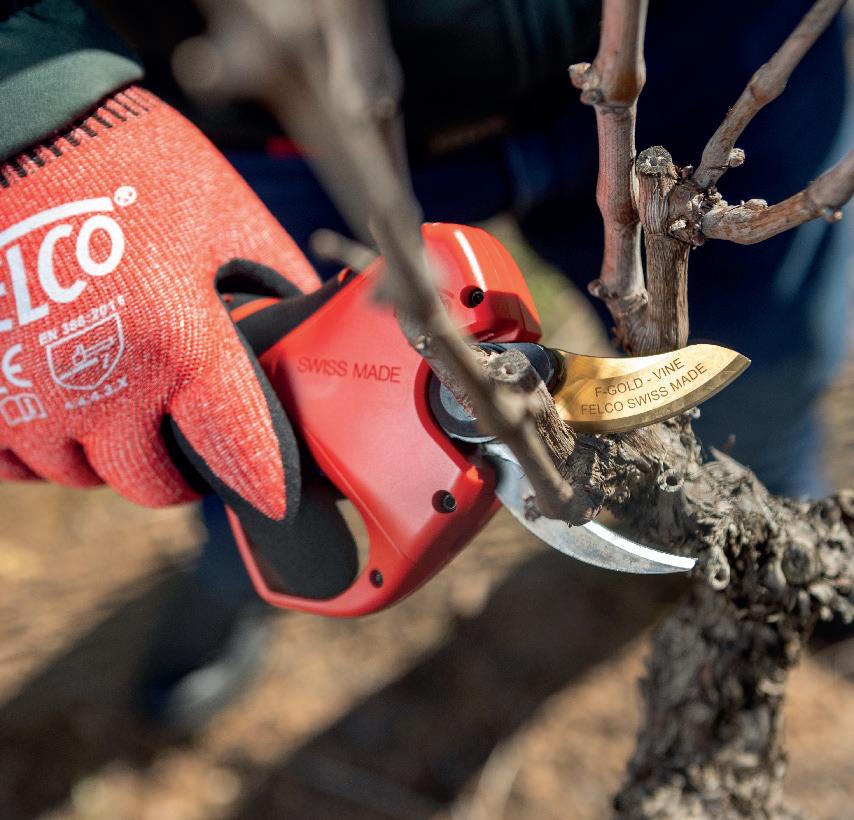
Felco 834

The e107 V Vario really is an electric version of the existing Fendt 200-series that growers already know and love. All attachments and implements are fully compatible, the familiar Vario transmission ensures a smooth driving experience, and operators are sitting in the same comfortable cab.
The 100kWh battery operates for around 4 to 7 hours, needing only a few hours to recharge fully. For those with polytunnels and glasshouses, or environmentally conscious growers, this is a tangible opportunity to cut emissions and pollution, keep indoor spaces free from fumes, and meet sustainability targets, while demonstrating eco-friendly commitments to customers.
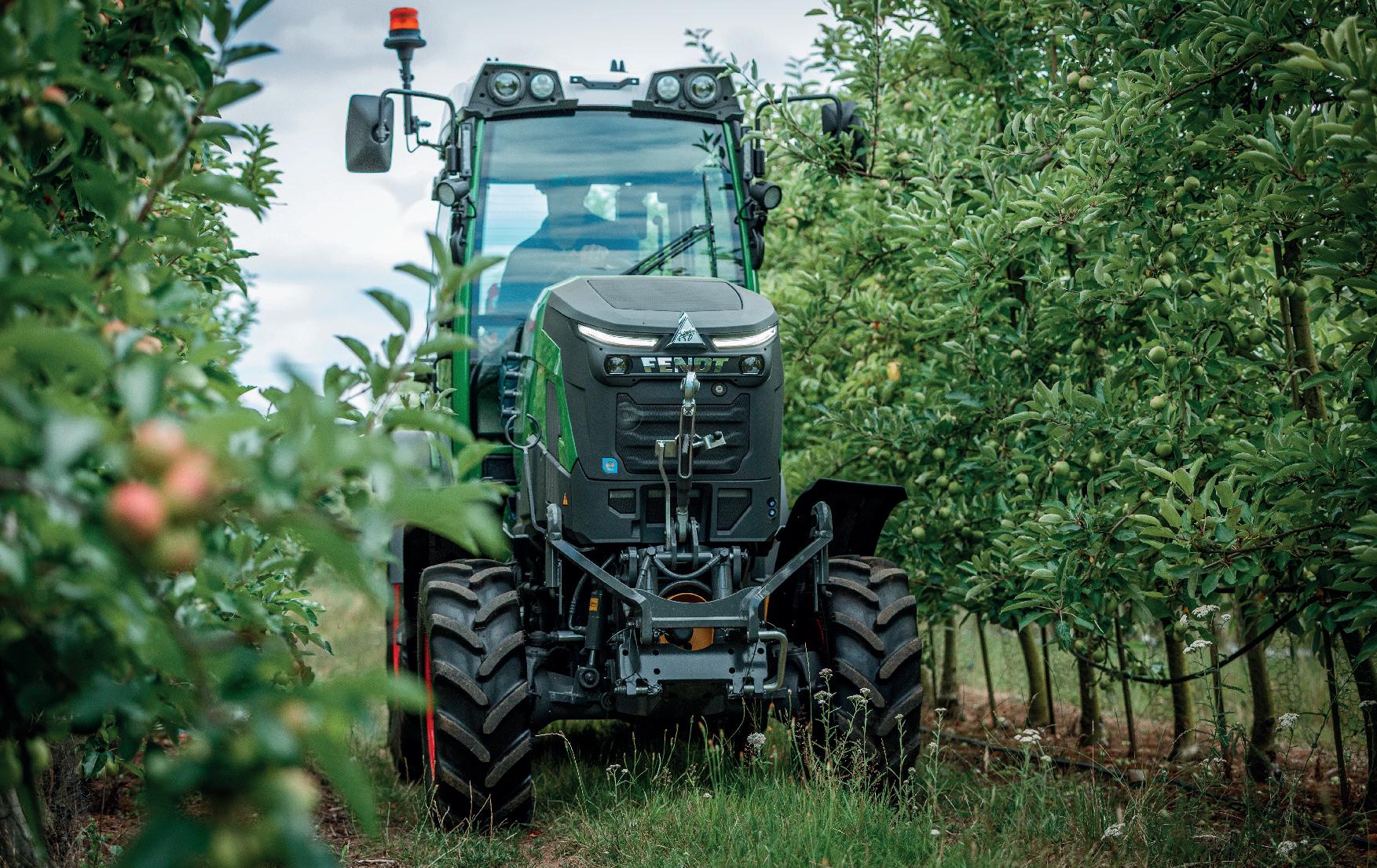
Keeping on the theme of new batterypowered tools, we are also looking forward to launching Felco’s new 834 handset at this year’s National Fruit Show.
Weighing in at just 980 grams, the lightweight Felco 834 has been designed for the professional pruning of trees (34mm), vines (30mm), or trimming hooves (40mm). Each handset comes with two 14.4V, 3.0Ah batteries, providing extended operational time for intensive pruning tasks. While primarily designed as a wireless unit, users can opt to attach the 1.5m extension cable and carry the battery in a pouch or pocket, making the handset even lighter.
The F-GOLD coated blades, which feature on the Felco 834s, are made from an alloy of gold and cobalt that is twice as durable as standard titanium coatings, meaning blades stay sharper and more efficient for longer. The surface reduces sap and residue buildup for easy cleaning and lowers friction for easier, faster pruning, which in turn is said to extend the battery life.
The new 843s also feature Felco’s breakthrough, Cut Shield technology. This patent-pending material is designed to prevent accidental injuries and serves as an added layer of safety while maintaining the superior cutting performance for which Felco is known.
We will also display a range of essential fruit and vine machinery, including the new TRex mower from Perfect van Wamel, cultivation equipment, a Munckhof sprayer, and a BMV orchard pruner. Refreshments will be served by Biddenden Vineyards, who will be bringing their bar.
We very much look forward to seeing you on our stand, in the usual place, on Wednesday 5th November 2025. In the meantime, or after the event, for all your fruit and vine machinery needs, please phone us on 01580 712200 or send an email to sales@npseymour.co.uk
See N P Seymour on stand O33. ■

The Awards Council reports on projects supported by The Worshipful Company of Fruiterers which has been in existence since before 1300 AD.
Through its charitable foundation, the Worshipful Company of Fruiterers looks to support a number of industry projects which are intended to inform and assist growers with the day to day challenges of producing fruit in an ever increasingly uncertain environment. We also support Nuffield scholars, student essay prizes and reward excellence in company awards and medals at the National Fruit Show. We support the Next Gen Fruit Group as well as a number of educational projects aimed at Key Stages 1-4.
Each year the Company provides seed corn funding for scientific research projects. This initial funding is then used to lever in significant funding from the main R&D funding bodies and plays an important part in ensuring the industry has access to relevant R&D activity.
In the last couple of years, the Company has supported a the following research projects which are relevant to the top fruit industry.
Too hot to pollinate? Pilot data on temperature regulation in commercial bumblebee hives.
In 2015, Natural England banned imports of non-native bumblebees Bombus terrestris terrestris and Bombus terrestris dalmatinus. These continental European subspecies were previously widely used in commercial pollination in the UK. Since then, commercial pollination by bumblebees in the UK has been provided by Bombus terrestris audax. There have been reports of poor performance of some hives, for example, in tomato glasshouses and mortality in some protected cropping environments (e.g. in soft fruit).
The Wo 1300 A In its ear maintai Desp haven't r fruit indu the i
Through The C contribu is the D
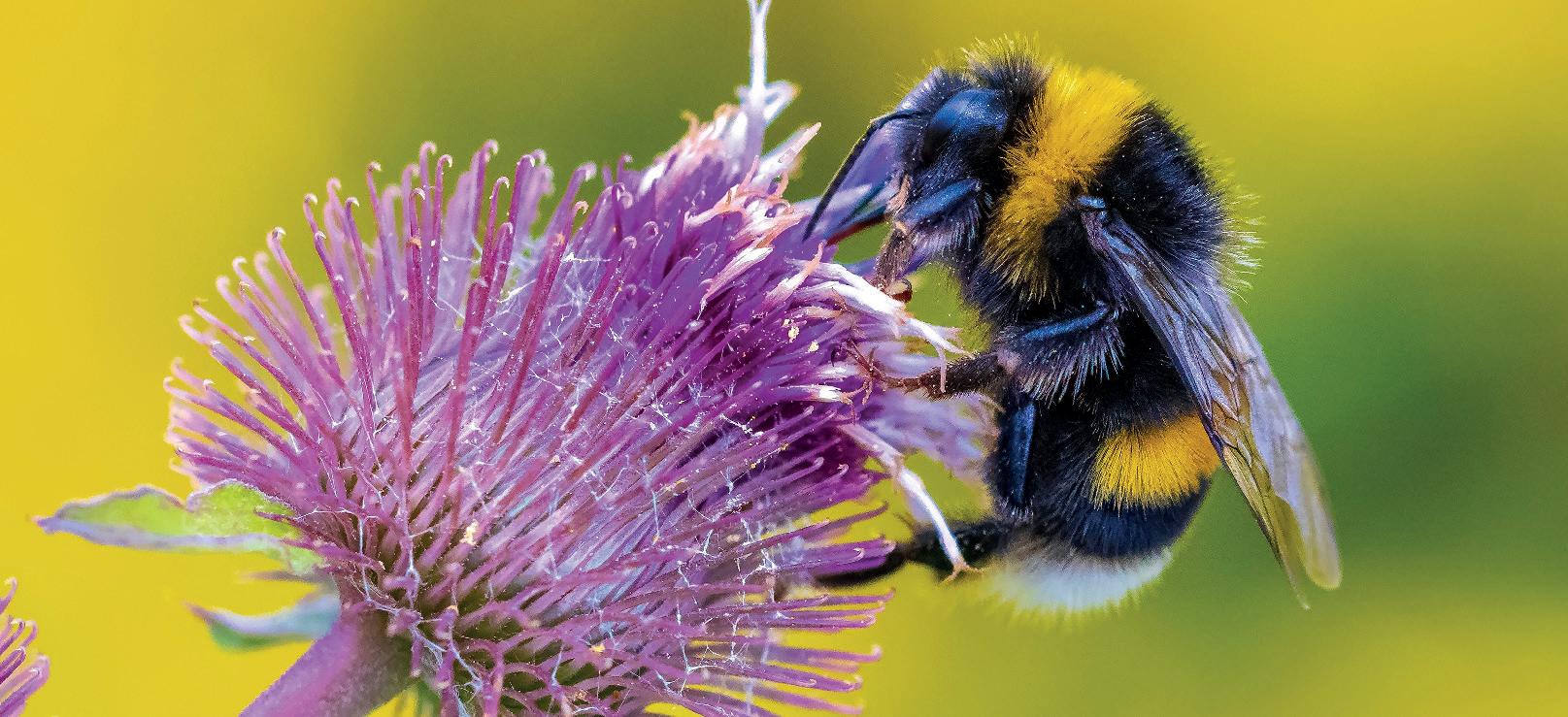
It is likely that B. t. audax (as a more northerly subspecies) is less tolerant of high temperatures compared to continental subspecies native to parts of Europe where the summer temperatures have historically been higher. This poses a problem to fruit growers, as polytunnels, poly-houses and other protected environments are typically warmer than the surrounding environment.
Bumblebee nests (“hives” when supplied commercially) normally have a queen, workers which forage and maintain the nest, and brood (eggs and bee larvae developing). Most bumblebee species maintain the colony temperature at around 28°C-34°C, with some variation between species and studies. In extremely cold or hot conditions these interventions are no longer as effective, so in heatwave conditions, the nest temperature will climb higher than the bees’ ability to regulate it and can eventually damage the brood. The impacts of this on the nest have been examined in tomato crops to some extent.
In countries with frequent heatwaves and high summer temperatures (e.g. Mediterranean countries), where pollinator-dependent crops are widely grown, different innovations have been introduced to reduce heat stress on bees. These include siting hives below the ground surface (including surrounded by insulation and/or in irrigated, damp soil), shading hives, or choosing placements that expose them to less intense heat.
A better understanding of the temperature at which commercial Bombus terrestris audax bees reduce foraging noticeably; the temperature at which commercial bees struggle to cool the brood and how to measure this will inform growers on when “at risk” periods are likely. In the short term, this will enable growers to order replacement hives promptly, and in future, it will enable design of management interventions.
• Keeping bumblebees in bee pits or locations less exposed to high temperatures increases performance
• Anticipate a drop in performance of bumblebee hives after approximately 30 days of deployment
• Consider replacing older hives if large temperature changes are forecast
The interaction with Arbuscular Mycorrhizal Fungi (AMF) and wildflowers for orchard Integrated Pest Management (IPM) strategies.
The aim of this work was to identify the most suitable wildflower species for increasing AMF abundance in orchards. This could direct growers to better select wildflowers which will help to futureproof their orchards against the effects of climate change, pest and disease pressures. The management of soil health, and orchard diversity fits well into the current push towards the Sustainable Farming Incentive and net-zero. This project also generates preliminary data for future IUK/BBSRC funding to accelerate development of orchard microbiome management for sustainable and resilient cropping.
In addition to the applied science projects funded by the Company, support is also given for fruit related Nuffield Farming Scholarship applications and in 2024 the Company agreed to fund Polly Hilton to look at opportunities to improve the quality of cider and at the same time increase public understanding of the environmental benefits of cider orchards and fruit grown for cider production.
writes…
Vast swathes of both large commercial and small traditional orchards are being grubbed up because it is not affordable to keep them. However, a growing number of fine cider makers are proving it is possible to add considerable value to the fruit growing in these orchards through the production of fine cider – an industry that has been experiencing significant but relatively slow growth over the last ten years. I will be looking at both how we can improve the overall quality of fine cider produced in the UK as well as how we can better communicate the quality and green credentials of what we are producing to inspire more consumers to value the fruit growing in our orchards and buy and support the fine cider industry.
Each year the Awards Council invites entries for the David Hohnen and Student Essay prize. The prizes are aimed at students undertaking research in an area of interest and relevance to the fruit industry. The winner of the David Hohnen prize receives a cheque for £2,500 and there is a cheque for £1,500 for the winner of the Student Essay prize.
The standout essay and winner of the David Hohnen prize for 2025 went to Katherine Stewart for her essay detailing her work on ‘Understanding the dynamics of ascospore production to optimise apple scab management’ focusses on the sexual reproductive behaviour of the apple scab fungus Venturia inaequalis.’
Katherine is a fourth year PhD student based at Niab (East Malling site). She is a registered student at Cranfield university and her research project is funded by the BBSRC and the collaborative training partnership.
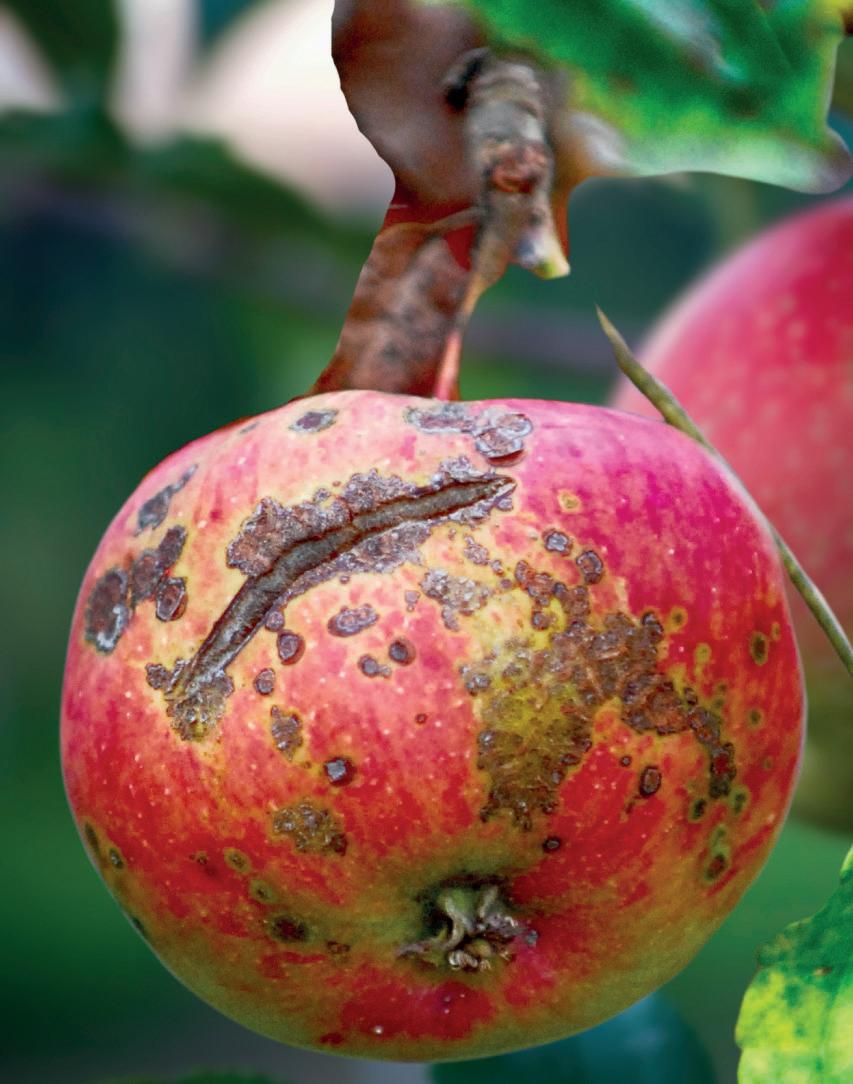
Katherine explained that during her PhD she enjoyed the strong links to the fruit industry, through partnerships with Worldwide Fruit and the National Association of Cider Makers. She also attended industry led events and several conferences where she presented her findings to scientists and industry representatives. On completing her PhD, Katerine is passionate about pursuing a research career in plant microbe interactions, with a special focus on food crops and sustainable agriculture.
The support the Company can provide across a range of scientific and educational activities is a very visible sign of its commitment to and support for the fruit industry. The Awards Council is always interested in hearing about projects and ideas where it may be able to lend its support to further the cause of the industry. ■

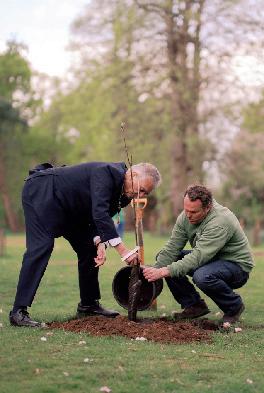
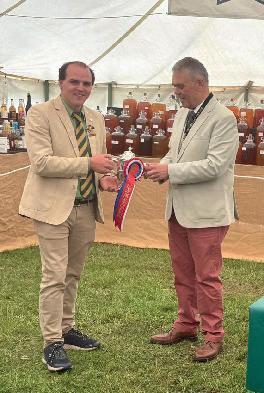
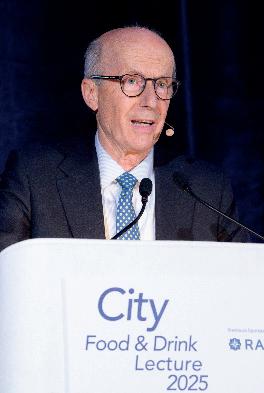
The Worshipful Company of Fruiterers is dedicated to driving excellence across the fruit and fresh produce industry. Today, just as for centuries past, the Company champions education and research, raises funds for charity, and fosters fellowship among its members and partners across the industry. With a history dating back before 1300 AD, the Fruiterers are one of the City of London’s oldest Livery Companies, standing 45th in order of precedence. In medieval times, the Company played a central role in the fruit trade, setting standards, training apprentices, caring for members, and giving back to the community.
Fast-forward more than 700 years, and those same principles continue to guide its purpose. By supporting the City of London and welcoming new members, the Fruiterers remain a vibrant, and forward-looking organisation. At the heart of its mission is a commitment to promoting excellence in every part of the fruit and fresh produce industry. Education, research, and innovation remain priorities, supported through the Company’s Awards Council. Each year, a series of awards and grants recognise
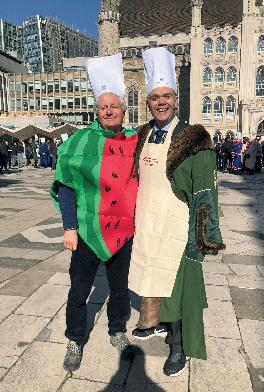
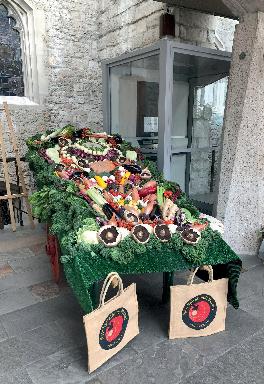
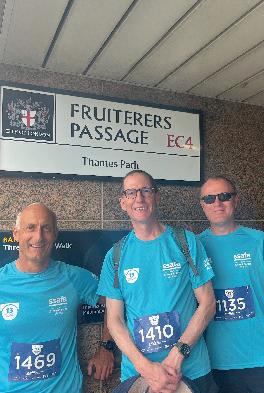
outstanding contributions to the industry and help encourage the next generation of talent. More details can be found at www.fruiterers.org.uk/awards and the Awards Council article on page 24 highlights some of the most recent project and achievements.
Philanthropy is equally important. This year alone, the Fruiterers have raised more than £12,000 for causes including the Next Gen Fruit Group, SSAFA (the Soldiers’, Sailors’ & Airmen’s Families Association), and the Lord Mayor’s Appeal.
The Company’s activities reflect both tradition and modernity. From formal City dinners and the prestigious City Food & Drink Lecture, to technical conferences, charity walks, international visits, and even planting fruit trees at historic landmarks, the Fruiterers demonstrate how an ancient Livery Company can play an active role in today’s world.
Rooted in history yet focused on the future, the Worshipful Company of Fruiterers continues to bring people together, champion excellence, and make a lasting difference across the industry and beyond.
For more information about the Worshipful Company of Fruiterers, our work and industry awards, please visit www.fruiterers.org.uk or use the QR code.
Agrii is delighted to be returning to the National Fruit Show 2025 and is looking forward to meeting customers old and new on stand S28.
This year in support of the National Fruit Show we are sponsoring the Bonanza Prize and the winner will receive a Agrii voucher.
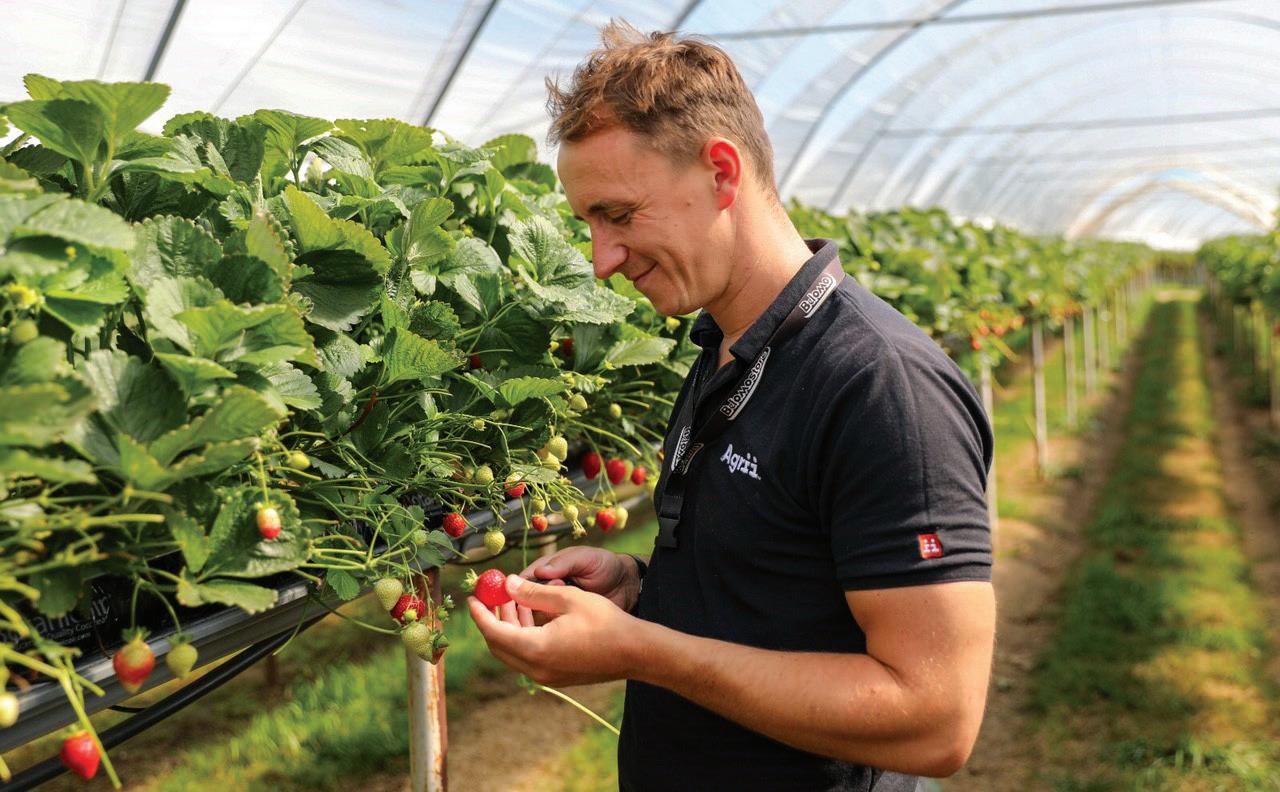
As the UK’s leading provider of agronomy and farm support services, Agrii works closely with farmers and growers across England, Wales, Scotland and Northern Ireland. With more than 300 arable, BASIS-qualified consultants and a team of 14 fruit agronomists, Agrii is here to share practical, independent advice backed by years of research and on-farm experience.
Agrii is also looking ahead to the future of UK fruit production. Our focus is on sustainability, innovation and technology, supporting growers in meeting both environmental goals and market expectations.
Matt Greep, Fruit Manager and Agronomist
Through our dedicated research and development programme, we’re exploring new crop protection options, precision farming tools and advanced Integrated Pest Management (IPM) approaches. These efforts help improve productivity while reducing environmental impact, ensuring farms remain resilient in the face of change.
Agrii’s horticultural agronomists bring generations of expertise, offering personalised guidance alongside a coordination team committed to excellent customer service. With depots located across the UK, the team is able to provide fast, reliable distribution wherever it’s needed. ■
At Agrii, our fruit agronomists do far more than advise on crop protection. They bring specialist expertise across top fruit, soft fruit and viticulture, while also helping growers access the products and services they need to succeed. From agronomy and compliance to environmental planning, budgeting and ancillary product supply, our team provides tailored support designed to meet the real-world challenges of modern fruit production.
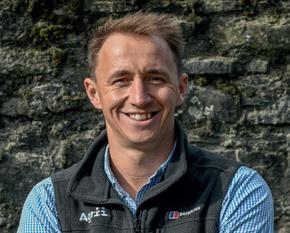
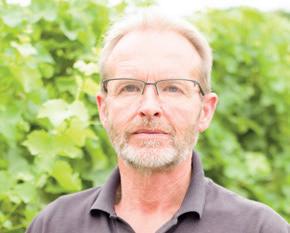
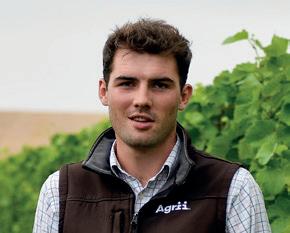
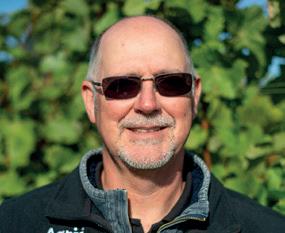

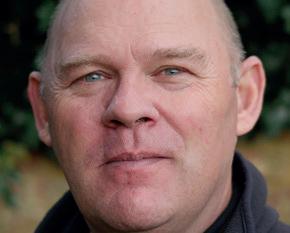

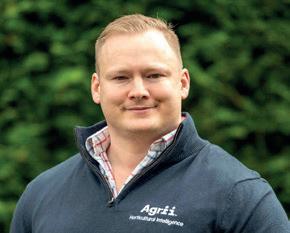
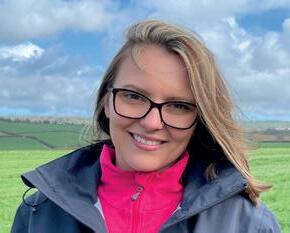

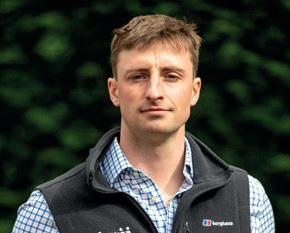
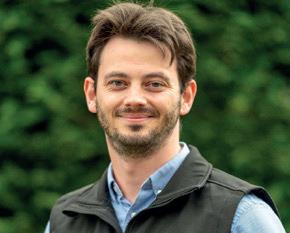
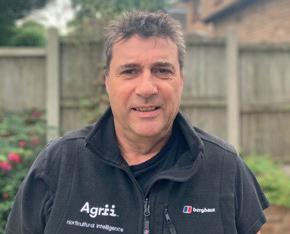
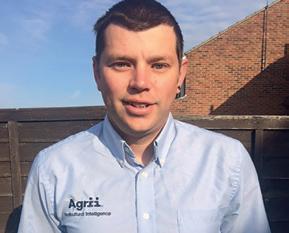
The Kentish Cobnuts Association was established in 1990 to revive Kent’s cobnut tradition. The KCA unites growers and enthusiasts nationwide.
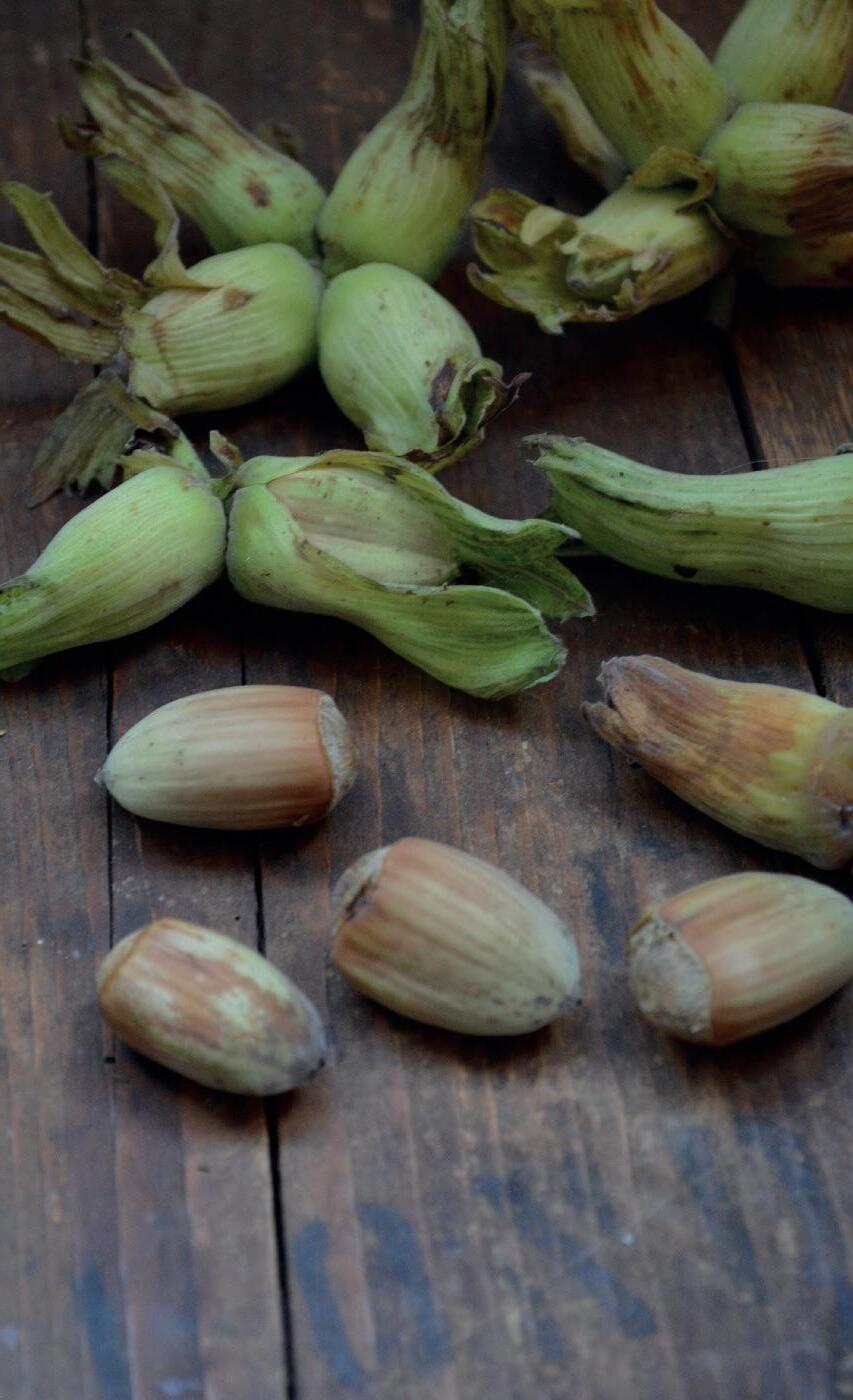
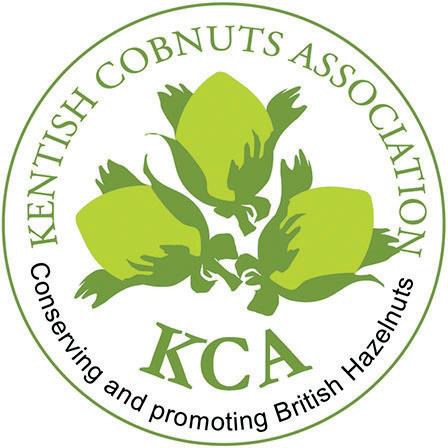
The Kentish Cobnuts Association support British growers and promote delicious, traditional cobnuts across the UK and beyond.
A cobnut is a cultivated hazelnut. There are many varieties of cultivated hazelnut, just as there are many kinds of apple. Cobnuts are delicious when eaten raw, and can be used in cooking and cobnut oil; biscuits and other products are also made from them. Cobnuts are excellent roasted, which brings out their flavour.
Cobnuts are sold fresh, not dried like most other nuts, and are usually available from about the middle of August through to October. Stored and roasted nuts are available throughout the year. At the beginning of the season the husks are green and the kernels particularly juicy. Nuts harvested later have brown shells and husks, and the full flavour of the kernel has developed; at this stage they store well.
Cobnuts are very rich in protein, vitamin E and in calcium, as well as vitamin B6 and B1.
Cultivated varieties of hazel have been grown in gardens and orchards since at least the 16th century. The name ‘Cobnut’ probably comes from a game children played, which was an early version of ‘conkers’ where the winning nut was called the ‘cob’. By the 19th century large areas
of Kent were devoted to growing hazelnuts commercially, and so the name came to be Kentish Cobnuts. Today the majority are still grown in Kent but there are also nut orchards in other counties too.
Cobnut trees are hardy and grow well on a wide range of soils, except those that are waterlogged; like all plants they grow best in soil conditions that suit them. They prefer a good friable topsoil overlying a free draining substrate. A soil that is too fertile will tend to produce trees with excessive vigour, which will not crop well. However, it is still possible to grow reasonably sized and cropping trees on stony ground if there is sufficient soil and good drainage. A neutral to alkaline soil is ideal, but cobnuts also grow well in more acid soils.
Cobnut trees can be grown as far north as Scotland, but crop more regularly further south. They can readily be grown in gardens, but grey squirrels may eat the nuts before they are ripe.
Cobnut trees produce separate male and female flowers. Only the female flowers can develop into nuts if they are fertilised with pollen from the male flower.
The male flowers are yellow catkins, also familiar on hazel bushes in hedges and woods. Each catkin produces millions of grains of pollen which are distributed on the wind. Varieties differ widely in the time they shed pollen, from the New Year until March in the south of England. The female flower is a tiny red tuft. Again, the time these are produced depends on variety; the catkins and female flowers may not be out at the same time.
Cobnuts are largely self-sterile – the pollen from a given variety cannot pollinate the same variety. If you live in the countryside where there are plenty of wild hazels nearby, then these will probably pollinate your trees. Otherwise, you will need to purchase two compatible varieties. The KCA’s website section on varieties provides information on which varieties to plant together.
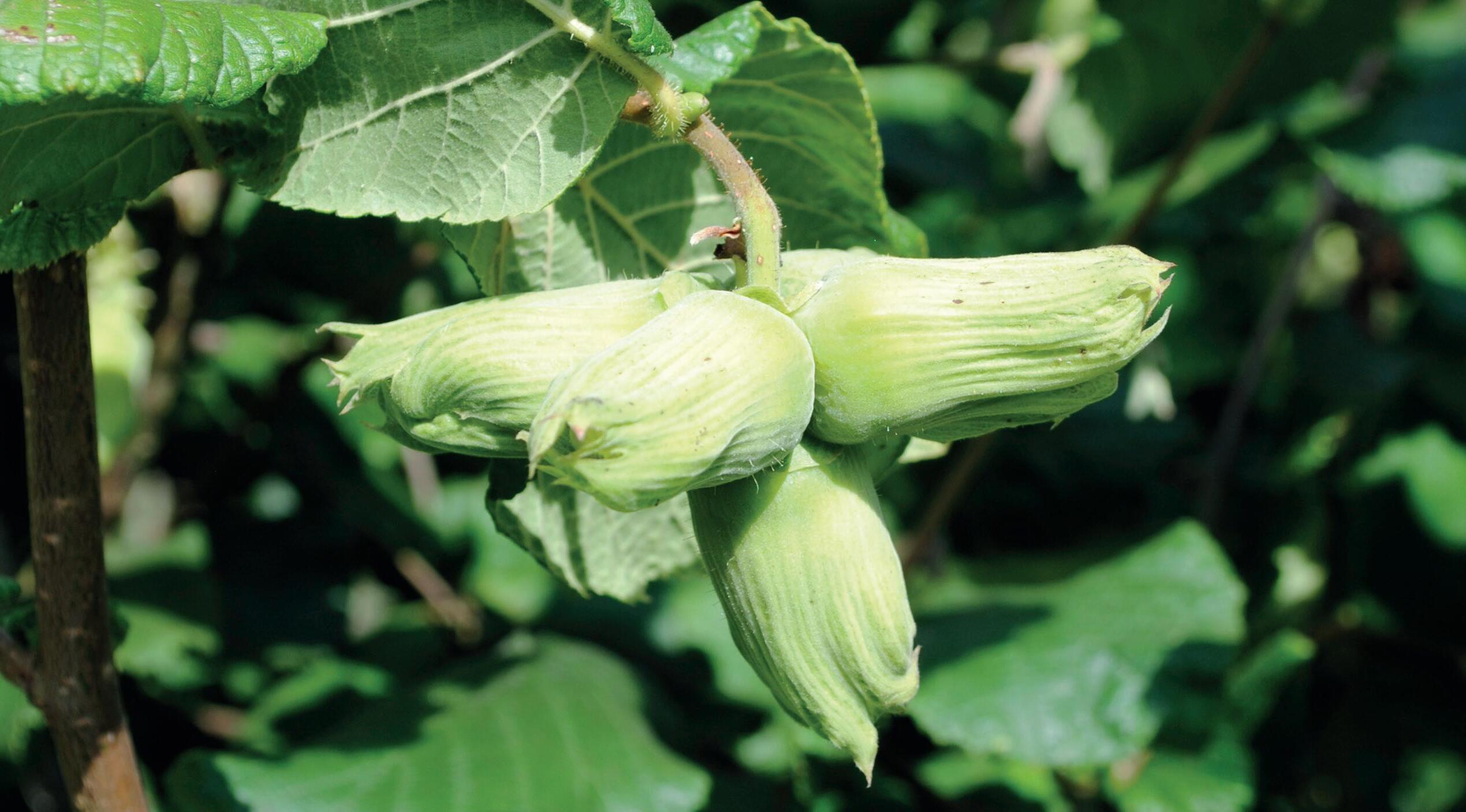
Do not plant a cobnut to generate your cobnut tree. Cobnuts do not come true from seed any more than a pip from a Bramley apple will grow into a tree producing true Bramley apples. You will get hazel nuts, but they may be small, thick-shelled and taste bitter. Purchase your tree varieties from a reliable nursery.
Kentish Cob is a reliable cropper, relatively hardy, with excellent flavour. It is recommended for domestic use. It is pollinated by Gunslebert, Cosford and Merveille de Bollwiller, and probably also by wild hazels.
Merveille de Bollwiller (also called Hall’s Giant) is a hardy, vigorous and productive variety with large nuts. It is pollinated by Kentish Cob, Cosford, Butler and Ennis.
Butler is a large mid- to late-season nut. It is hardy, vigorous and a heavy cropper, and a short-husked variety which de-husks freely when ripe. It is popular for modern commercial production, and is pollinated by Ennis and Merveille de Bollwiller.
Ennis is a very attractive, large round nut with a superb flavour, but a tendency to produce a significant proportion of blank nuts. It is pollinated by Butler and Merveille de Bollwiller.
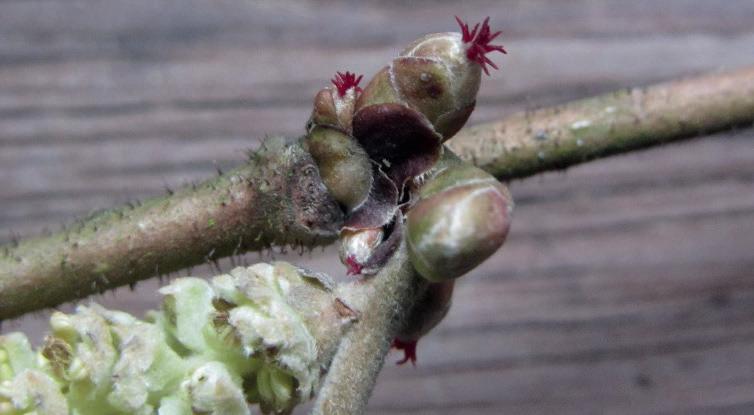
Purple Filbert (also misnamed Red Filbert) is an ornamental variety with red or purple leaves. It produces a small crop of thinshelled nuts of excellent flavour but which are particularly susceptible to nut weevil. It is not recommended for nut production.
Apart from grey squirrels, pests and diseases are not usually a serious problem except in commercial cobnut plats.
Grey squirrels are voracious feeders on nuts. A few trees can be denuded of cobnuts in a few days, or even hours, especially at the start of the season. Squirrels cannot usually take the entire crop from several acres, but can still cause considerable damage.
Nut weevil is a significant pest which both reduces yield considerably and adds to sorting costs. Adult insects deposit eggs in young nuts. The larvae which hatch from the eggs devour the developing kernel. They then gnaw a neat round hole in the shell to emerge a week or two after the start of the season. However, not all nuts will be affected, and those affected by weevil can be detected by the hole in the shell.
Bigbud is caused by a tiny mite that lives in the buds, and is most evident in early spring, when the enlarged buds which give the pest its name are conspicuous. Most infected buds fail to develop and drop off. Almost all nut plantations suffer from bigbud to some extent, but it is normally only a serious pest in commercial plantations.
You do not need to prune a cobnut tree to make it produce nuts. However, unpruned trees will probably grow to more than 7m
(20ft) tall. You will not be able to reach the nuts while they are in their ‘green’ succulent stage and will need to wait until they are ripe and ready to fall from the tree. The traditional method of pruning cobnut trees involves checking the height of the tree to within the reach of a picker, about 2m (7ft). The branches are thinned out and trained outwards to make a bowl-shaped tree on a short trunk.
The KCA’s pruning booklet provides detailed information and is available to purchase from the publications section of the website, price £5.00. It includes information on establishing new cobnut trees and restoring trees which have become overgrown.
Help us keep the cobnut tradition alive. KCA membership (from just £15 per year)
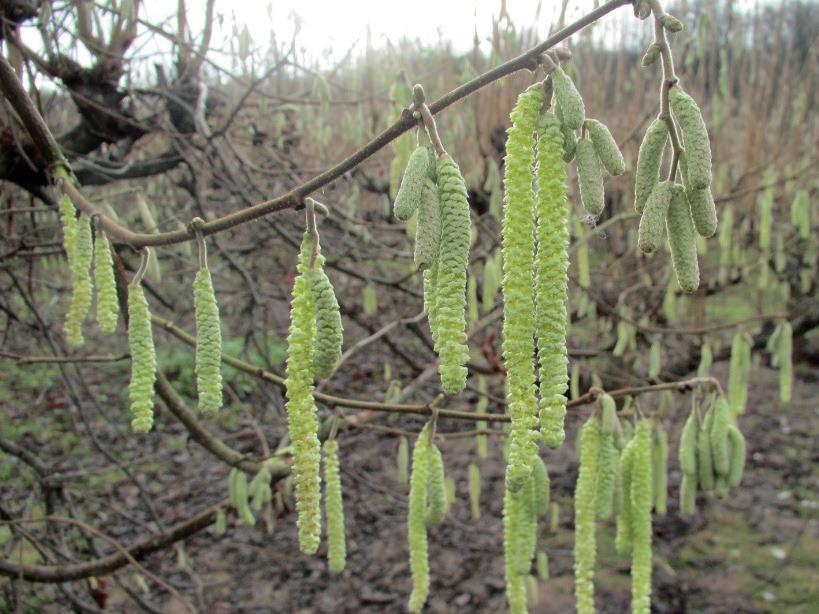
gives you access to expert advice, exclusive events and downloadable grower guides, as well as a quarterly newsletter and access to our direct-from-the-grower online shop.
More information and contact details are available from the Kentish Cobnut Association website: www.kentishcobnutsassociation.org.uk ■

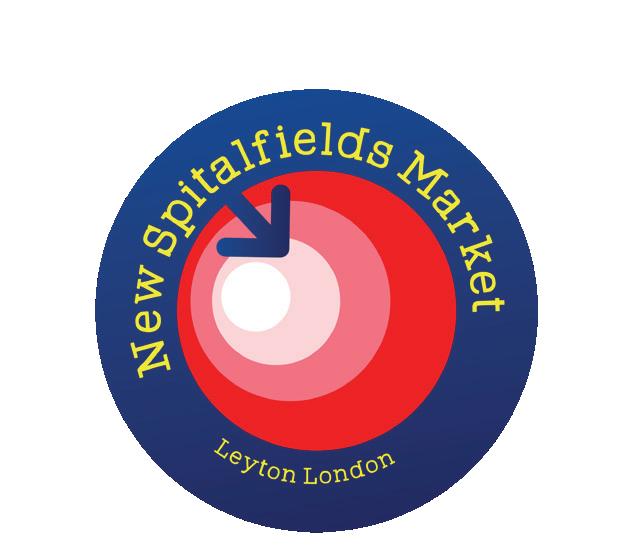
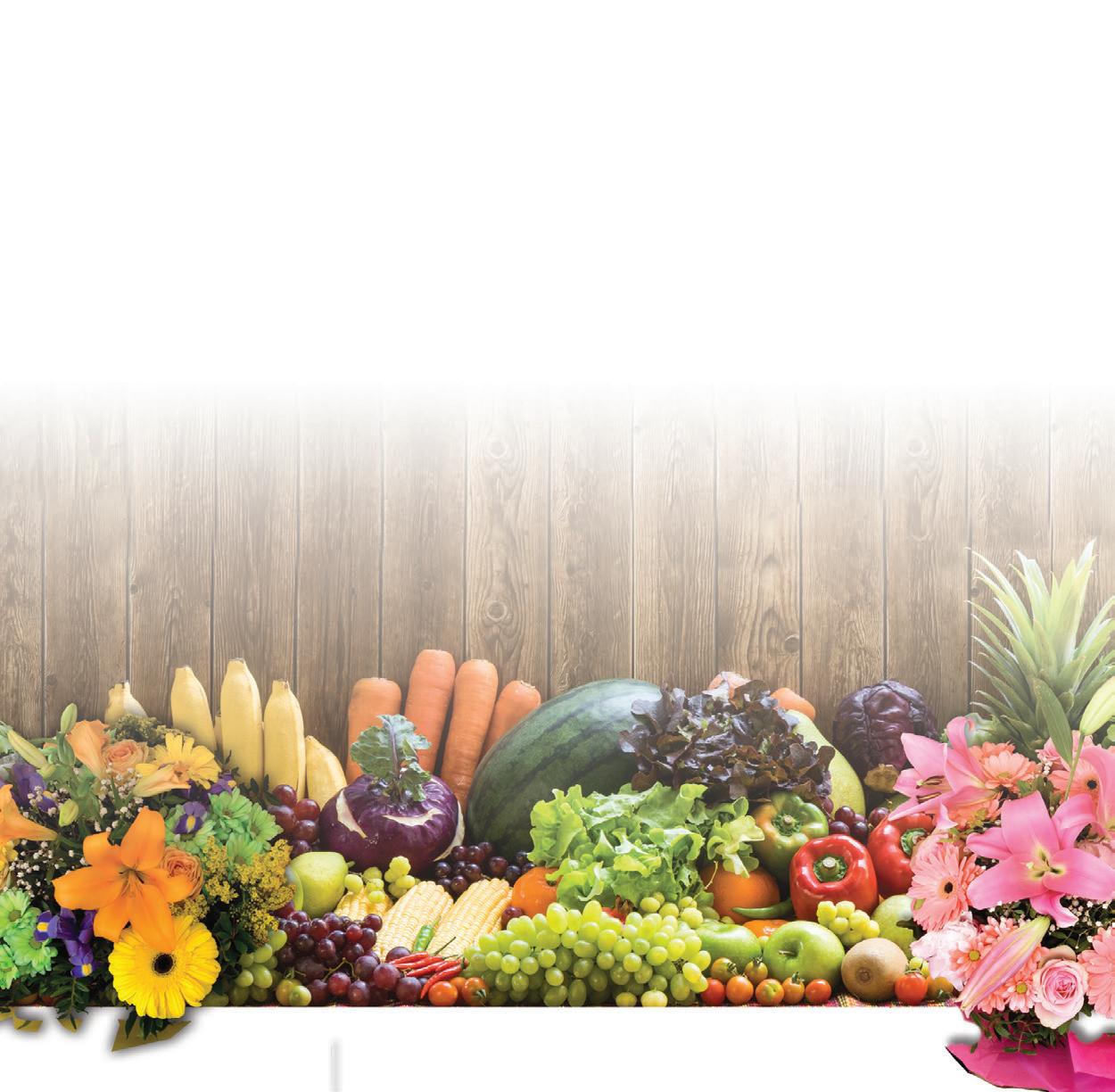
Joanna Wood has worked in a variety of roles within the fruit industry for more than fifty years. This is her story woven with the many changes we’ve seen both good and bad.
In 1953, a year after my birth, Sir Winston Churchill wrote the following as Chancellor of the University of Bristol: “I congratulate the Long Ashton Research Station on its distinguished services on the attainment of its Jubilee. More food is needed everywhere in the world, and we in these islands must remain leaders in scientific research into problems of food production.” This statement remains true today and is the backdrop to much of my career. Sadly, I’ve witnessed the closure of many of the research facilities, like Long Ashton, established by prescient growers before I was born.
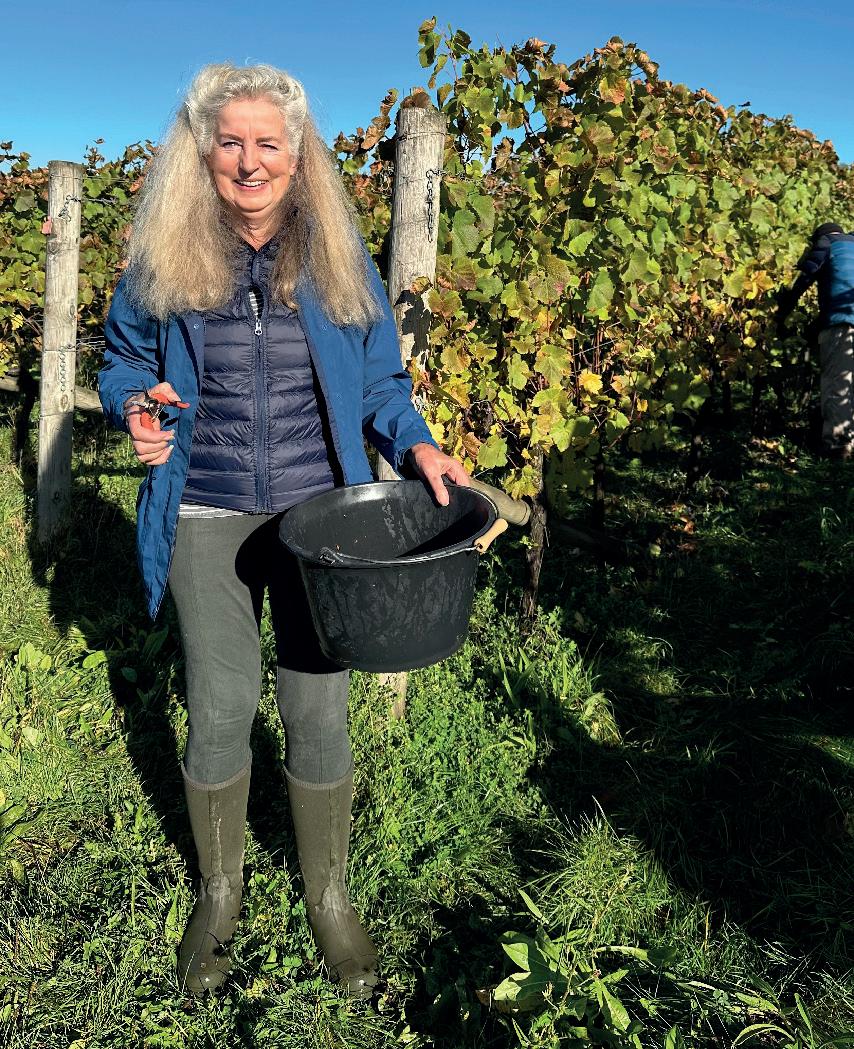
Maybe my lifelong interest in fruit growing started in childhood in our garden when I built a treehouse in an old Bramley! My Botany degree at the University of Reading included working one summer at the Glasshouse Crops Research Station and my first visit to East Malling in 1973 to learn about apple and cherry breeding. Getting my first job with the agrochemical division of Fisons didn’t impress my professor who told me he was disappointed to hear I’d left academia for “the commercial world”. This divide is I think still present in our education system.
My father was an ADAS mechanisation adviser so he alerted me that the Ministry of Agriculture were now recruiting graduates for jobs as horticultural advisers and I joined in 1975 together with a number of others. Some bosses treated us with suspicion and we were sent on endless training courses. Sadly, today the opposite is true and young people are often thrown in the deep-end without sufficient training. I was posted (Civil Service speak) to Efford Experimental Horticulture Station back home in Hampshire carrying out trials with fruit crops.
Extending the season for strawberries was a major interest. Walk-in polytunnels, using everbearers as well as June bearers and manipulating plants via cold storage were strategies all in their infancy. These were the days when yields were pitiful by today’s standards and pickers spent all
day on their knees. Unthinkable today. A memorable fungicide trial to have impact on local growers at an open day required letting powdery mildew rip in a tunnel on a highly susceptible variety (much to the horror of the station director). “What had we used on the randomised blocks with no sign of disease?” they demanded. Growers were delighted to find it was a new mildewcide, bupiramate (Nimrod).
An experimental vineyard was planted at Efford in the early 70’s to investigate this very new crop for the UK. This gave me the chance to become involved at the start of grape growing in England. To process the grapes at harvest we packed a van with the crates and I drove them to Long Ashton (well known for cider making trials). I don’t remember anyone being impressed with the contents of the resulting bottles but these were early days.
Another reason to visit Long Ashton was to attend the then biennial Under Forties fruit conference which they organised until the station closed. This two-day event to bring together the sons (daughters were very rare) of fruit growers in a forum without
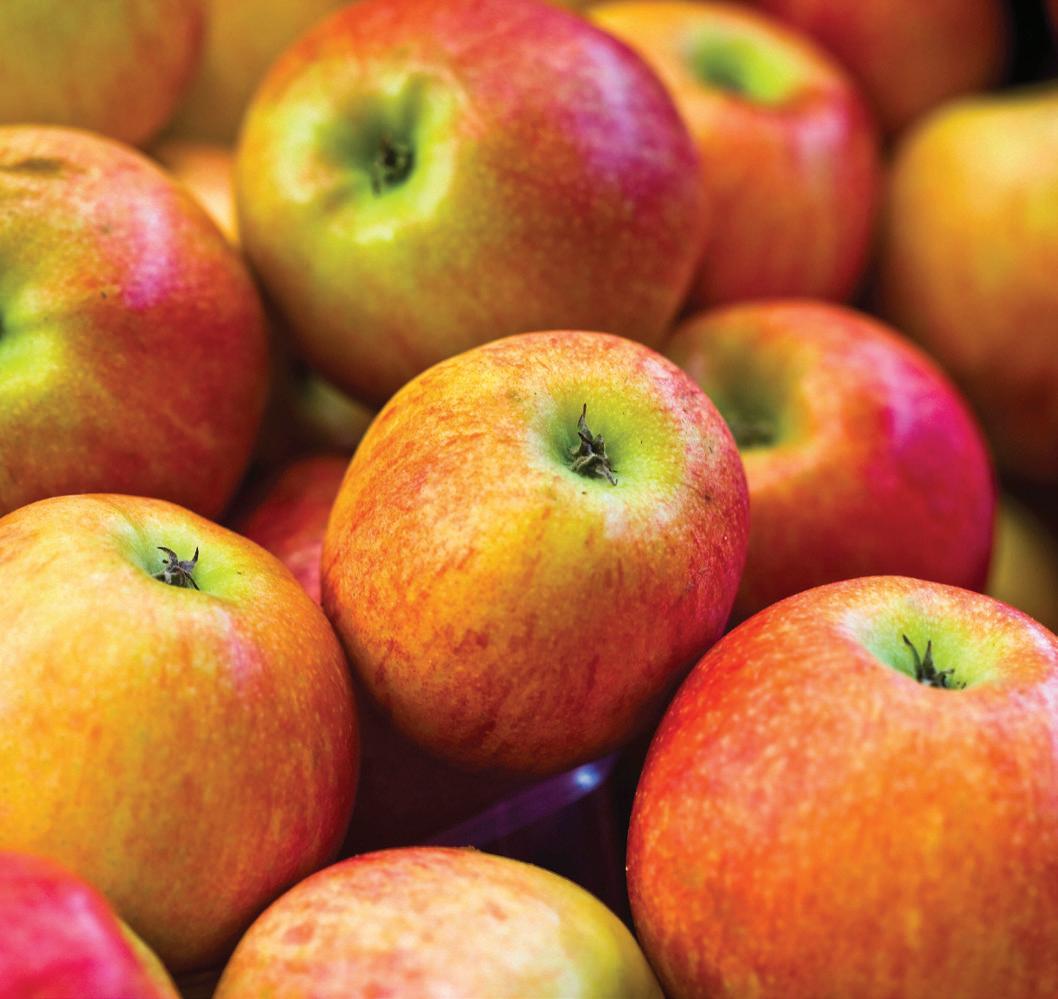
Do you want to increase the yield and quality of your crop?
Do you want to increase the yield and quality of your crop?
Do you want to increase the yield and quality of your crop?
Do you want to increase the yield and quality of your crop?
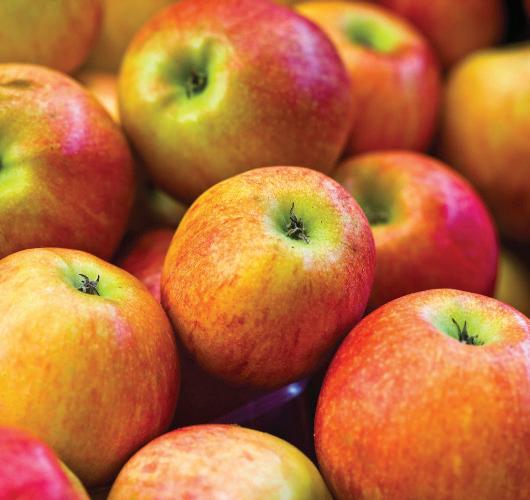
Are you looking for help to combat nutrient deficiencies?
Do you want to increase the yield and quality of your crop?
Do you want to increase the yield and quality of your crop?





Are you looking for help to combat nutrient deficiencies?


Do you want to increase the yield and quality of your crop?

Do you want to increase the yield and quality of your crop?
Are you looking for help to combat nutrient deficiencies?
Are you looking for help to combat nutrient deficiencies?
Are you looking for help to combat nutrient de ciencies?
Do you want to increase the yield and quality of your crop?

Do you want to increase the yield and quality of your crop?
Are you looking for help to combat nutrient deficiencies?
Do you want to increase the yield and quality of your crop?
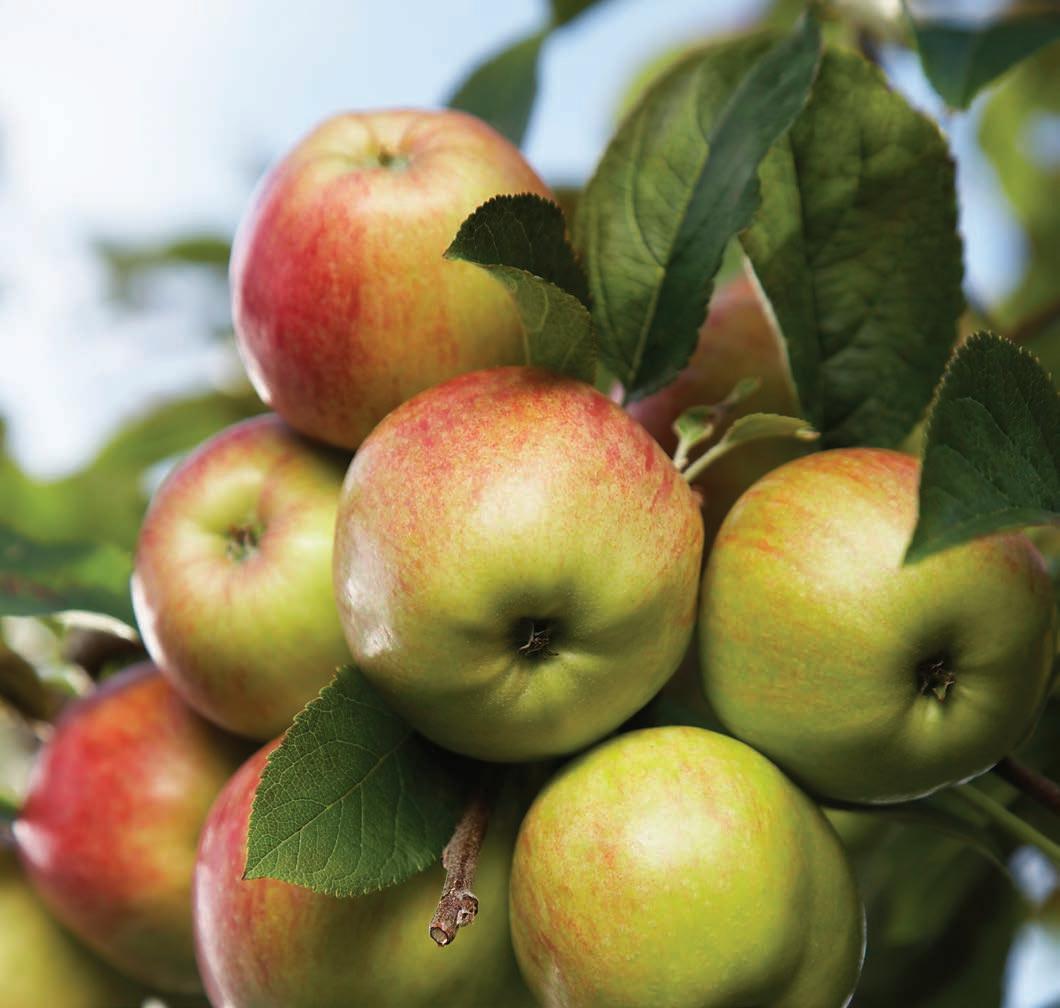


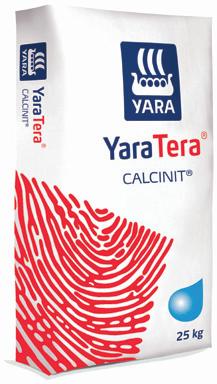

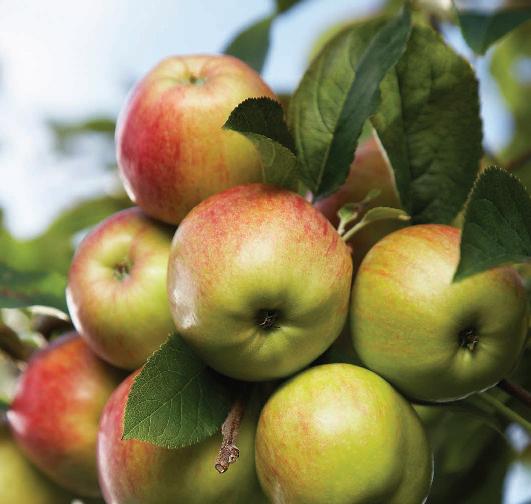
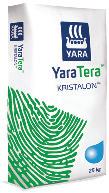
Do you want to increase the yield and quality of your crop? Are you looking for help to combat nutrient deficiencies?
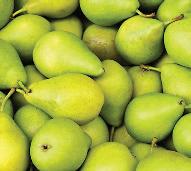
We believe that targeting the fruit crop with readily available nutrients exactly when needed is fundamental. Come and talk to us and see how Yara’s high quality fertiliser and fertigation products can help you grow bigger and better next season.
bigger and better next season.
Do you want to increase the yield and quality of your crop?
We believe that targeting the fruit crop with readily available nutrients exactly when needed is fundamental. Come and talk to us and see how Yara’s high quality fertiliser and fertigation products can help you grow bigger and better next season.
Are you looking for help to combat nutrient deficiencies?
Are you looking for help to combat nutrient deficiencies?

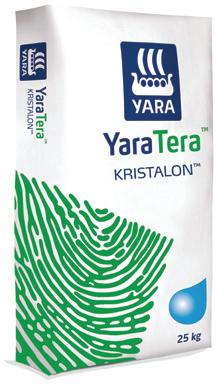
We believe that targeting the fruit crop with readily available nutrients exactly when needed is fundamental. Come and talk to our Fruit Specialists and see how Yara’s high quality fertiliser, fertigation and bio stimulant products can help you grow bigger and better next season.
Are you looking for help to combat nutrient deficiencies?
Are you looking for help to combat nutrient deficiencies?


We believe that targeting the fruit crop with readily available nutrients exactly when needed is fundamental. Come and talk to us and see how Yara’s high quality fertiliser and fertigation products can help you grow bigger and better next season.
We believe that targeting the fruit crop with readily available nutrients exactly when needed is fundamental. Come and talk to us and see how Yara’s high quality fertiliser and fertigation products can help you grow bigger and better next season.

Are you looking for help to combat nutrient deficiencies?


Do you want to increase the yield and quality of your crop?
We believe that targeting the fruit crop with readily available nutrients exactly when needed is fundamental. Come and talk to us and see how Yara’s high quality fertiliser and fertigation products can help you grow bigger and better next season.


Are you looking for help to combat nutrient deficiencies?
Are you looking for help to combat nutrient deficiencies?
Do you want to increase the yield and quality of your crop?
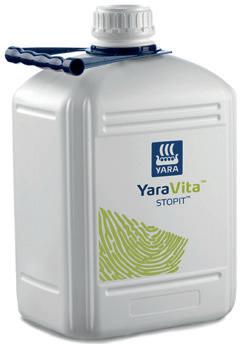

Do you want to increase the yield and quality of your crop?
We believe that targeting the fruit crop with readily available nutrients exactly when needed is fundamental. Come and talk to our Fruit Specialists and see how Yara’s high quality fertiliser, fertigation and bio stimulant products can help you grow bigger and better next season.
We believe that targeting the fruit crop with readily available nutrients exactly when needed is fundamental. Come and talk to us and see how Yara’s high quality fertiliser and fertigation products can help you grow bigger and better next season.
Are you looking for help to combat nutrient deficiencies?

We believe that targeting the fruit crop with readily available nutrients exactly when needed is fundamental. Come and talk to our Fruit Specialists and see how Yara’s high quality fertiliser, fertigation and bio stimulant products can help you grow bigger and better next season.

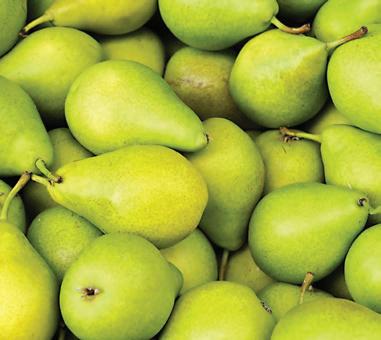
We believe that targeting the fruit crop with readily available nutrients exactly when needed is fundamental. Come and talk to our Fruit Specialists and see how Yara’s high quality fertiliser, fertigation and bio stimulant products can help you grow bigger and better next season.
We believe that targeting the fruit crop with readily available nutrients exactly when needed is fundamental. Come and talk to us and see how Yara’s high quality fertiliser and fertigation products can help you grow bigger and better next season.
Are you looking for help to combat nutrient deficiencies?
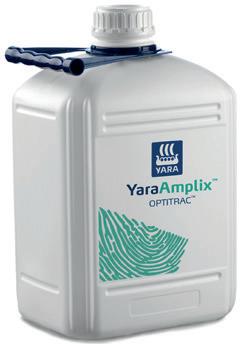

We believe that targeting the fruit crop with readily available nutrients exactly when needed is fundamental. Come and talk to our Fruit Specialists and see how Yara’s high quality fertiliser, fertigation and bio stimulant products can help you grow bigger and better next season.



We believe that targeting the fruit crop with readily available nutrients exactly when needed is fundamental. Come and talk to us and see how Yara’s high quality fertiliser and fertigation products can help you grow bigger and better next season.





Are you looking for help to combat nutrient deficiencies?




We believe that targeting the fruit crop with readily available nutrients exactly when needed is fundamental. Come and talk to us and see how Yara’s high quality fertiliser and fertigation products can help you grow bigger and better next season.




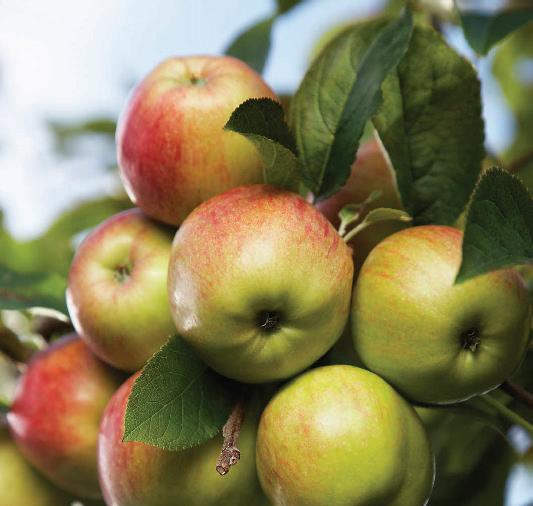



Are you looking for help to combat nutrient deficiencies?

We believe that targeting the fruit crop with readily available nutrients exactly when needed is fundamental. Come and talk to us and see how Yara’s high quality fertiliser and fertigation products can help you grow bigger and better next season.
We believe that targeting the fruit crop with readily available nutrients exactly when needed is fundamental. Come and talk to us and see how Yara’s high quality fertiliser and fertigation products can help you grow bigger and better next season.



Are you looking for help to combat nutrient deficiencies? tracy.beilby@yara.com


We believe that targeting the fruit crop with readily available nutrients exactly when needed is fundamental. Come and talk to our Fruit Specialists and see how Yara’s high quality fertiliser, fertigation and bio stimulant products can help you grow bigger and better next season.





Do you want to increase the yield and quality of your crop? Are you looking for help to combat nutrient deficiencies?
Do you want to increase the yield and quality of your crop?

We believe that targeting the fruit crop with readily available nutrients exactly when needed is fundamental. Come and talk to our Fruit Specialists and see how Yara’s high quality fertiliser, fertigation and bio stimulant products can help you grow bigger and better next season.
We believe that targeting the fruit crop with readily available nutrients exactly when needed is fundamental. Come and talk to our Fruit Specialists and see how Yara’s high quality fertiliser, fertigation and bio stimulant products can help you grow bigger and better next season.








We believe that targeting the fruit crop with readily available nutrients exactly when needed is fundamental. Come and talk to our Fruit Specialists and see how Yara’s high quality fertiliser, fertigation and bio stimulant products can help you grow bigger and better next season.








Are you looking for help to combat nutrient deficiencies?
We believe that targeting the fruit crop with readily available nutrients exactly when needed is fundamental. Come and talk to our Fruit Specialists and see how Yara’s high quality fertiliser, fertigation and bio stimulant products can help you grow bigger and better next season.


We believe that targeting the fruit crop with readily available nutrients exactly when needed is fundamental. Come and talk to our Fruit Specialists and see how Yara’s high quality fertiliser, fertigation and bio stimulant products can help you grow bigger and better next season. crop?



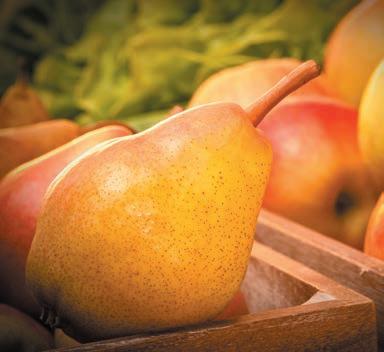

Joanna Wood
Sharing ideas and problems with other growers is a great strength in an industry that can be isolating and is also a major role that advisers, consultants and agronomists still offer. Many vineyards were being planted in the 1980’s and I identified some excellent and some disastrous sites during my role as ADAS National Vine Consultant. The time of free advice to farmers, paid for by tax payers, was numbered in the 1980’s and I left ADAS as privatisation loomed. The rise of the multiple retailers and the need for technologists and auditors was also a feature of this decade. My next roles were working for suppliers to the multiples before an opportunity arose which I heard about at an orchard walk.
English Apples and Pears Ltd (EAP) were recruiting for a new role as PR Executive in 1991 as in those days the industry could fund both the Cox Campaign with TV advertising and the Bramley campaign with some additional funds from the EU. The EAP office was at Brogdale (still the home of the National Fruit Collection) so I moved to Faversham.
As Kent is the centre of the fruit industry (and now has the biggest area under vines) this has proved a smart move. Highlights

Getting press attention for the start of the English apple season
‘Planting’ a Discovery orchard overnight outside St Paul’s Cathedral
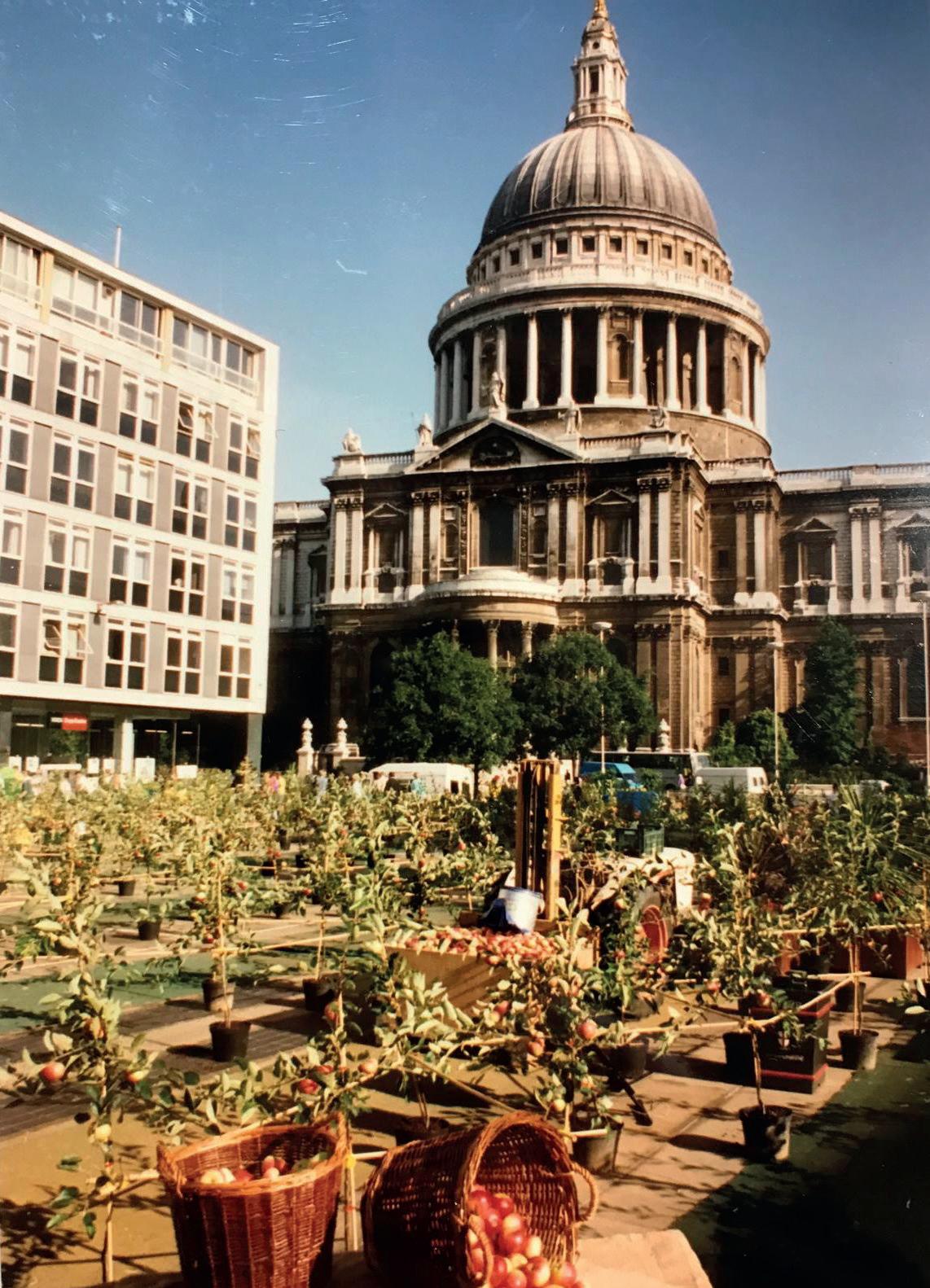
from this time are organising the launches of the English apple season in early August with the DASH events to alert consumers and the market that our apples were back in the shops. ‘Planting’ a Discovery orchard overnight outside St Paul’s Cathedral to then have teams from fruit farms across the country ‘hauling’ apples from New Covent Garden to meet the Lord Mayor of London in the pop-up orchard was the first Discovery Apple Super Haul. Utterly impossible for a variety of reasons nowadays!
Bramley apples created another unrepeatable experience when we were allowed to take a gift of Bramleys (and a cake) to Prime Minister John Major at Number 10 Downing Street on his fiftieth birthday. After a photo-call on the doorstep, he kindly invited us all inside and showed us around the Cabinet Room. Having
several generations of the Nottinghamshire Merryweather family with us, whose ancestor first recognised this special variety, probably helped.
In 1998 the relatively new compulsory levy raising Horticultural Development Company (HDC) was in danger of a negative vote at its next review. As communications manager it was my job to rocket boost the publicity of the R&D across all sectors that was already showing useful results to help growers “Profit from Research”. Giving presentations at local meetings, staging stands at all the trade shows and conferences plus beefing up the publications led to a positive vote.
After I left HDC, I was part of a team from Reading University that recommended to DEFRA the path to adding the Apple and Pear Research Council to the HDC. Years later it was a pity to see the vote go negative for the AHDB. The funding for R&D must be consistent and equitably shared in order to give confidence to the next generation of researchers to work on food production topics.
After a stint in teaching biology and marketing in further education and to undergraduates at Canterbury Christ Church University Business School, I’ve carried on my attachment to fruit growing by writing regular articles for the Fruit Grower magazine and enjoy editing the Vine Growers Yearbook, now in its 13th edition.
The pace of R&D is, if anything accelerating, as drones, AI, robots and every aspect of sustainable fruit production are improving, together with the amazing advances in fruit breeding during my lifetime. The future is exciting but everyone has had to raise their game and work even harder to stay in business. ■


Reflections on another year.
Education Programme
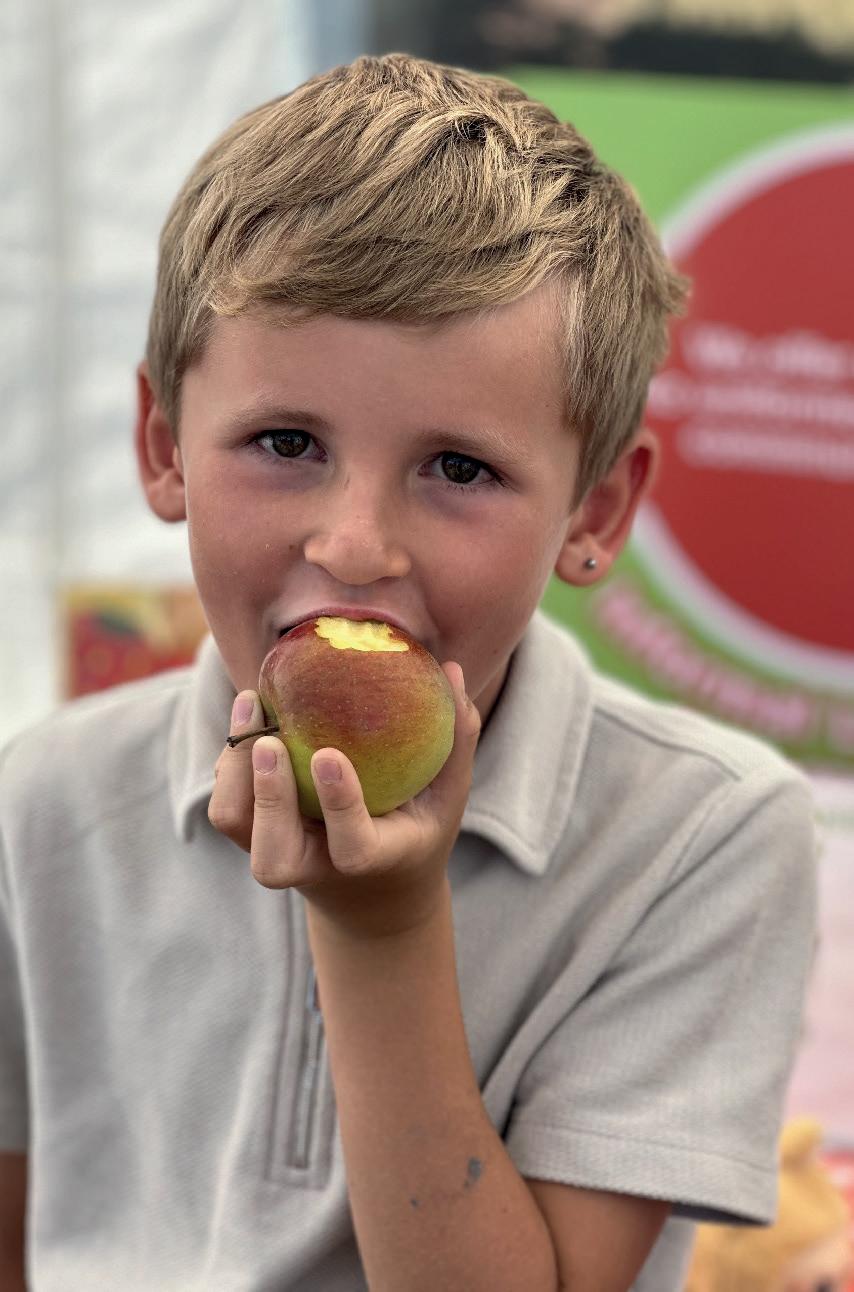
As another year draws to a close, it is remarkable to consider how quickly time has passed and that it is once again time to prepare our article for the handbook. This annual tradition offers our team a moment to look back on the past year, reflecting on our activities, the places we have visited, and the achievements we have accomplished together.
Our aims and objectives are to promote our industry and provide educational opportunities for a wide audience. The Primary school programme does not seem to lose its appeal, and workshops are regularly updated to align with the National Curriculum.
In the past year, efforts have focused on expanding the secondary careers programme and highlighting the variety of careers available in the industry. This has included the introduction of practical workshops, supported by a grant from The Worshipful Company of Fruiterers. Input from industry professionals is invited to support the ongoing development of this programme. Please visit our stand at the show to discuss how your input could help.
The area is developing rapidly, with future collaborations in the pipeline, and updates will be shared regularly via our social media platforms.
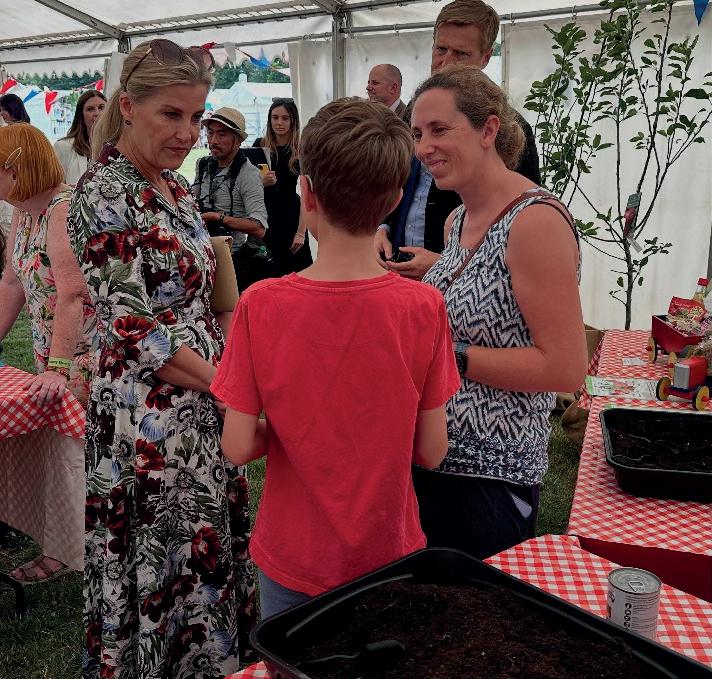
Our efforts in tracking meaningful engagements have shown a total of just over 11,000 this year, a figure we find truly remarkable and are proud to share with our sponsors as evidence of our proactive approach toward achieving our objectives. These engagements encompass school visits, uniformed group sessions, home education groups, career fairs, and agricultural shows. As a team, we consistently demonstrate initiative and can often been seen on the floor interacting directly with young children, offering guidance to young adults interested in joining our industry, and facilitating educational opportunities across various settings.
Throughout this year, we have showcased the vital connection between farming and the environment during major events. The Scouting movement hold a large event for over 800 Beavers and Cubs across two days at Lower Grange Farm. This year we introduced an engaging “Powerful Pollinators” activity. Children learnt about the critical role pollinators play in orchard ecosystems and fruit production through interactive sessions and by creating their own Pollinator Power Pockets (seed bombs) to take home.
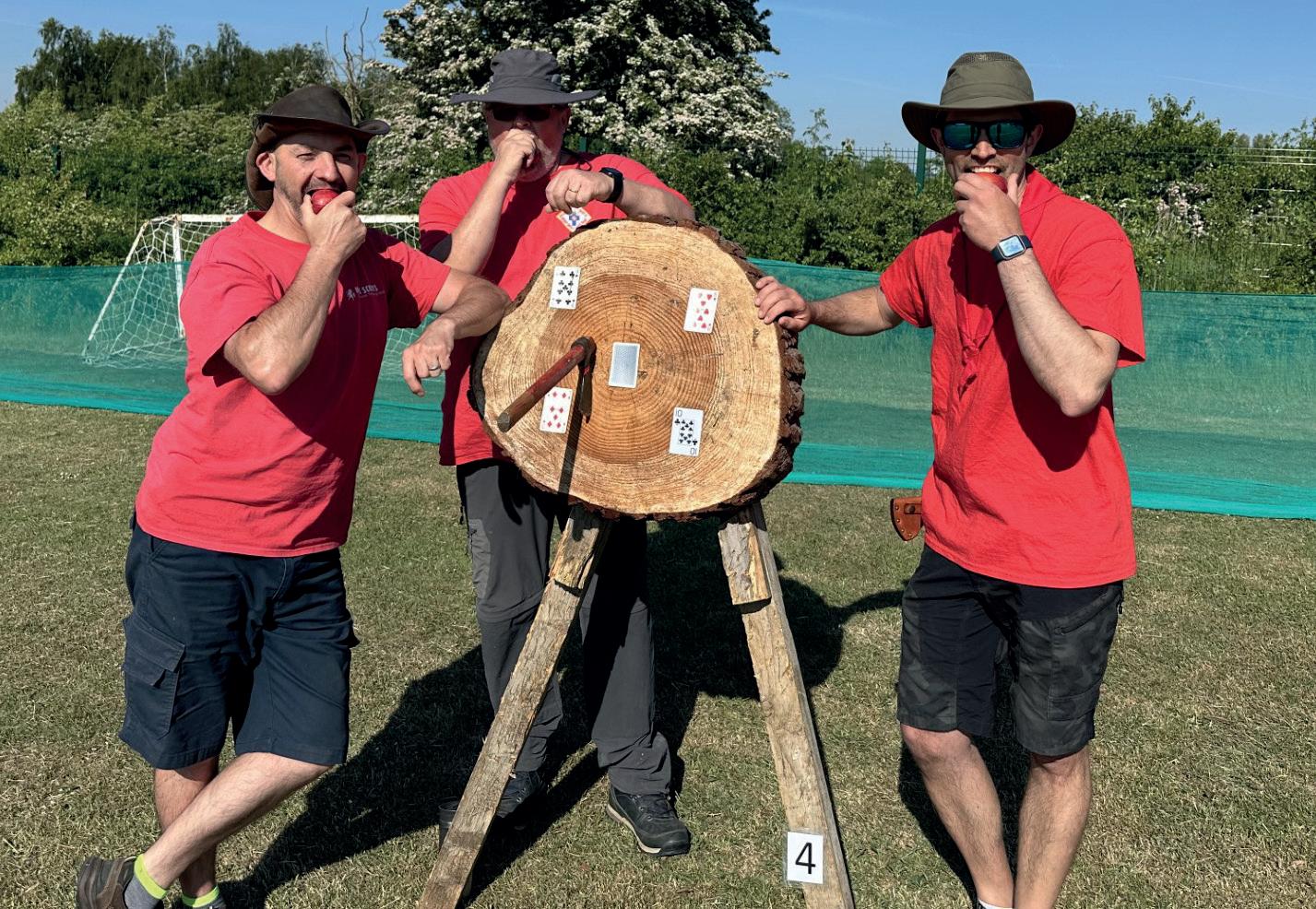
Leaders at Lower Grange Farm taking a break from axe throwing at the Beavers and Cubs adventure day out
Building on the success of this initiative, we replicated the activity at the Kent County Agricultural Show (KCAS). At KCAS, we were privileged to participate in The Living Land area, which provides a variety of complimentary educational activities and serves as an excellent platform for collaboration with other educators.
This area consistently attracts high attendance, and this year we had the honour of a visit from the Duchess of Edinburgh. We were astounded that Her Royal Highness remembered our team from her previous visit to the National Fruit Show and inquired about the progress of a programme we discussed at that time. She engaged meaningfully with both staff and children and spent a considerable amount of time learning about their activities, which delighted the children.
At school science weeks, our plant science workshop covers the apple tree life cycle, grafting, and agronomy, ending with students planting an apple tree donated by Frank P. Matthews on school grounds. The process helps children learn where their food comes from and teaches them responsibility as they care for their own trees to produce fruit.
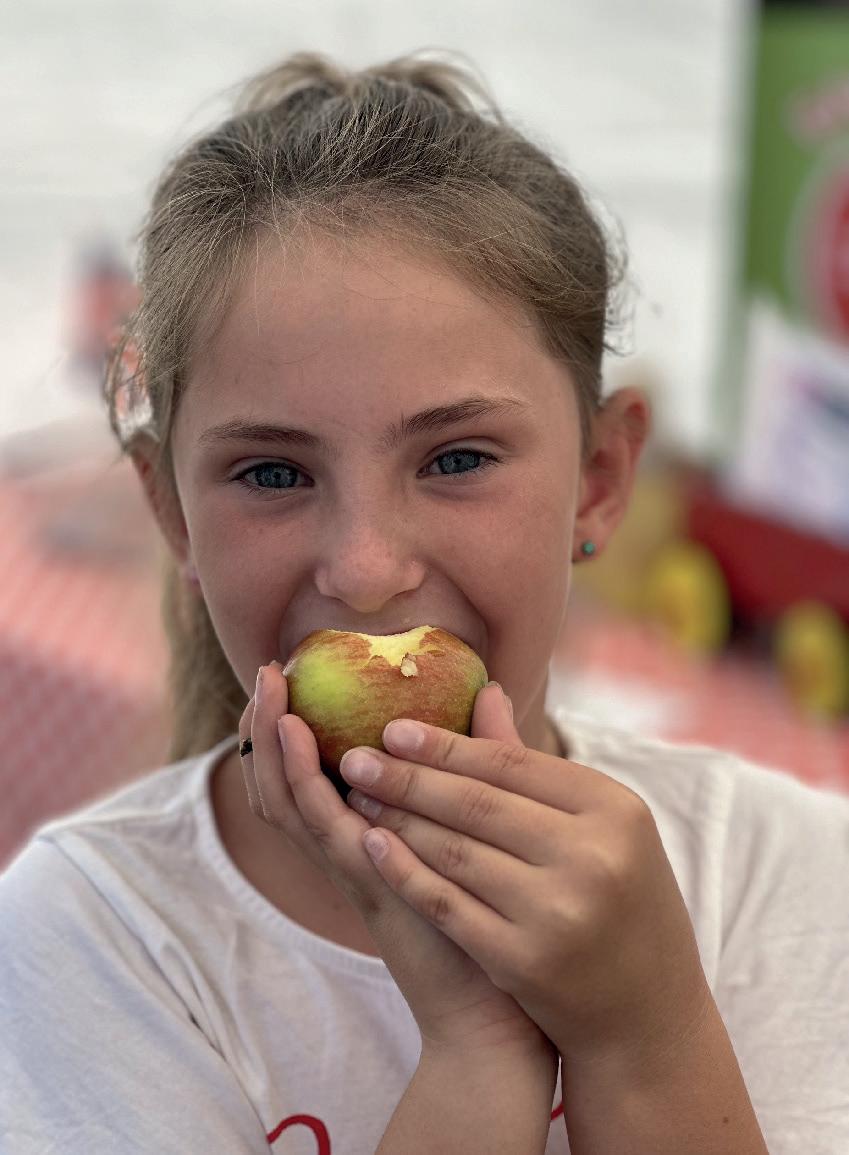
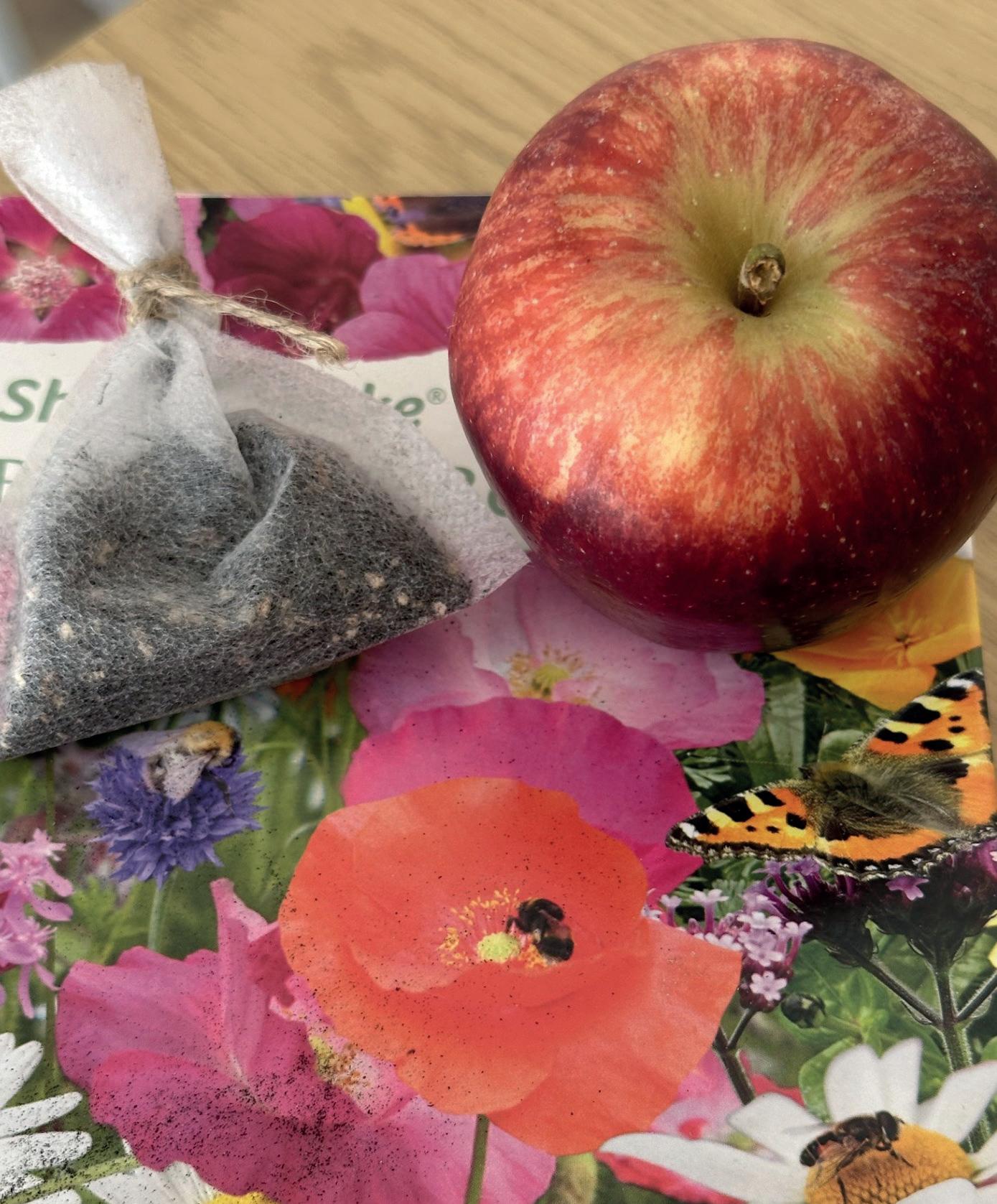
Pollinator Power Pockets
Over this year we have covered Kent, Essex, Sussex, Worcestershire, Gloucestershire, Yorkshire and the West Midlands, which is made possible because of our faithful little van Blossom.
Our hope is to further develop the careers programme into a one stop online portal, where young people can explore careers in our industry and pathways in. We would also like this to become an area for us to promote recruitment opportunities too.
Our achievements are made possible through the invaluable support of our sponsors, and expressing gratitude alone does not fully convey our appreciation for their contributions. Sponsorship is essential to our operation, encompassing not only financial backing but also generous donations of time and fruit.
We would also like to formally acknowledge A C Goatham & Son, our longest-standing sponsor, for their enduring commitment since the programme’s inception has been instrumental, and we are profoundly grateful for their continued commitment.
We extend our sincere thanks to the National Fruit Show Committee and Trustees, whose efforts ensure the ongoing success of our programme.
We are fortunate to receive support from volunteers, including family members, friends, trustees, committee members, and industry professionals. It’s amazing that these people give their time to support us. We welcome additional assistance from anyone able to contribute their time.
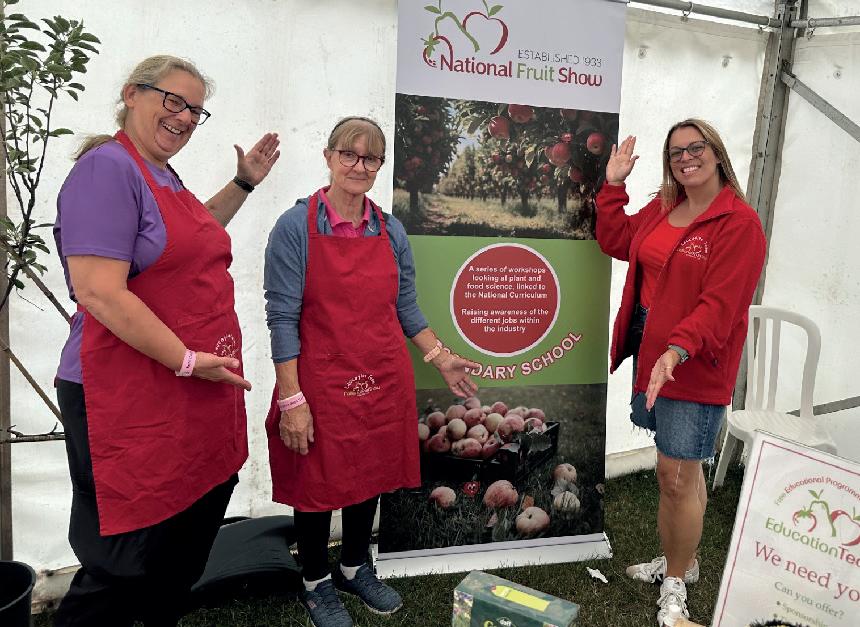
Thank you for your sponsorship this year:
• A C Goatham & Son
• AM Fresh
• The Worshipful Company of Fruiterers
• OnePay
• Orchard Cooling
• Frank. P. Matthews
• Certis Belchim
• Berry Gardens
• Nims Crisps
• Collingwood Fruit Farm
• Allied Growers
• Steve James Photography ■
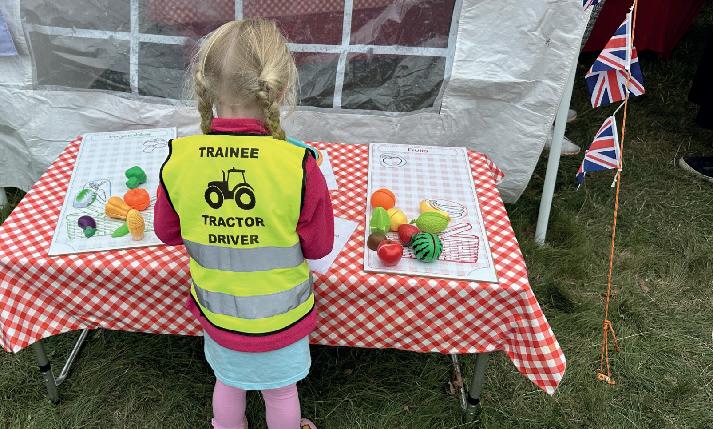
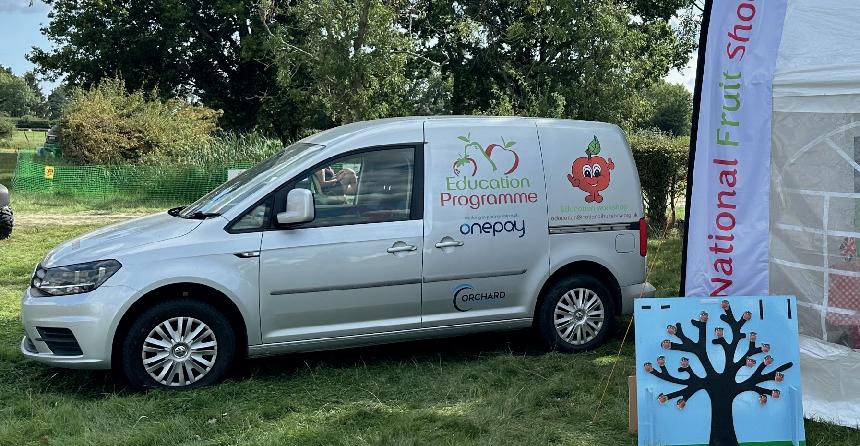
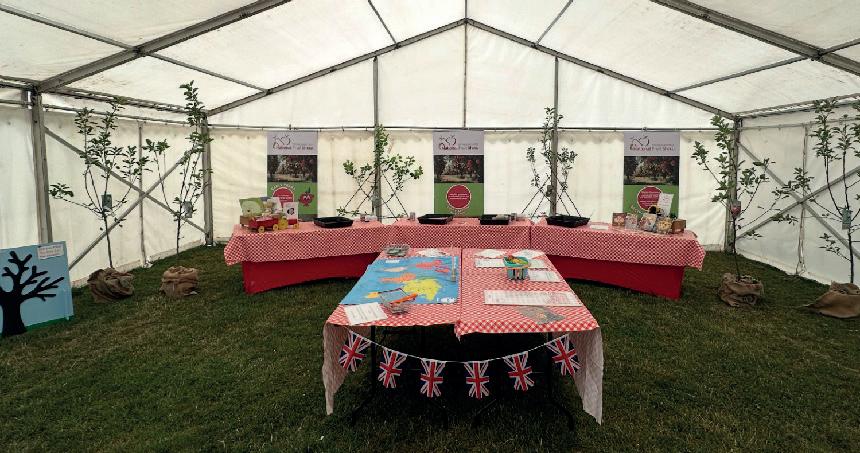
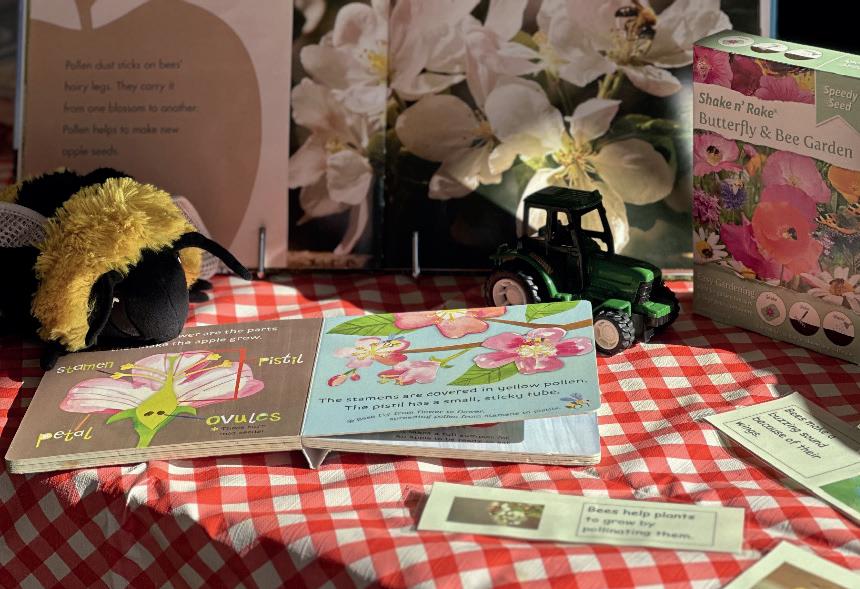
British Apples and Pears Limited (BAPL) is now in its third year of directly commissioning research to help top fruit growers tackle their most pressing technical challenges.
Since launching this programme, our focus has been on addressing the priority issues identified by the BAPL Technical Committee, supported by some of the leading agronomists in the sector.
Two major projects have been launched this year:
1. Niab is leading a multi-target integrated pest and disease management (IPM) project.
2. ADAS is carrying out a specialist study into rosy apple aphid control.
Both projects have been designed to deliver practical solutions that can make a real difference in the orchard.
By concentrating resources on these high-priority challenges, BAPL aims to provide growers with reliable strategies that improve productivity while reducing reliance on chemistry which is becoming increasing limited.
While grower subscriptions provide the core funding for research, BAPL has significantly stepped-up efforts to secure additional grant
income. This coincides with the launch of new opportunities under DEFRA’s Farming Innovation Programme, managed by Innovate UK.
So far in 2025 we have:
• Applied for three projects through the Accelerating Development of Practices and Technologies Fund (ADOPT),
• Submitted one proposal under the Farming Futures R&D – Low Emissions Farming stream, and
• Begun preparing three further applications for DEFRA Farming Innovation Small R&D Partnerships (Round 4) and DEFRA Farming Innovation Feasibility Studies (Round 4) calls which have recently launched.
This approach allows us to stretch the resources provided by growers, build a coherent research programme, and deliver a larger volume of innovation to the sector.
Projects that are less suited to external funding continue to be supported directly by BAPL, with priorities set by the BAPL
Technical Committee, with support from the BAPL agronomy group and our research programme manager, Rachel McGauley.
Alongside commissioned research, BAPL continues to work closely with Horticultural Crop Protection Ltd (HCP) to identify and evaluate potential solutions.
• In 2025, efficacy trials were completed on candidate products against European apple canker. Product selection was guided by regulatory advice from Carlos Duarte at HCP and efficacy insights from agronomist adviser Alex Radu of Agrovista. Promising candidates are now being taken forward for regulatory approval.
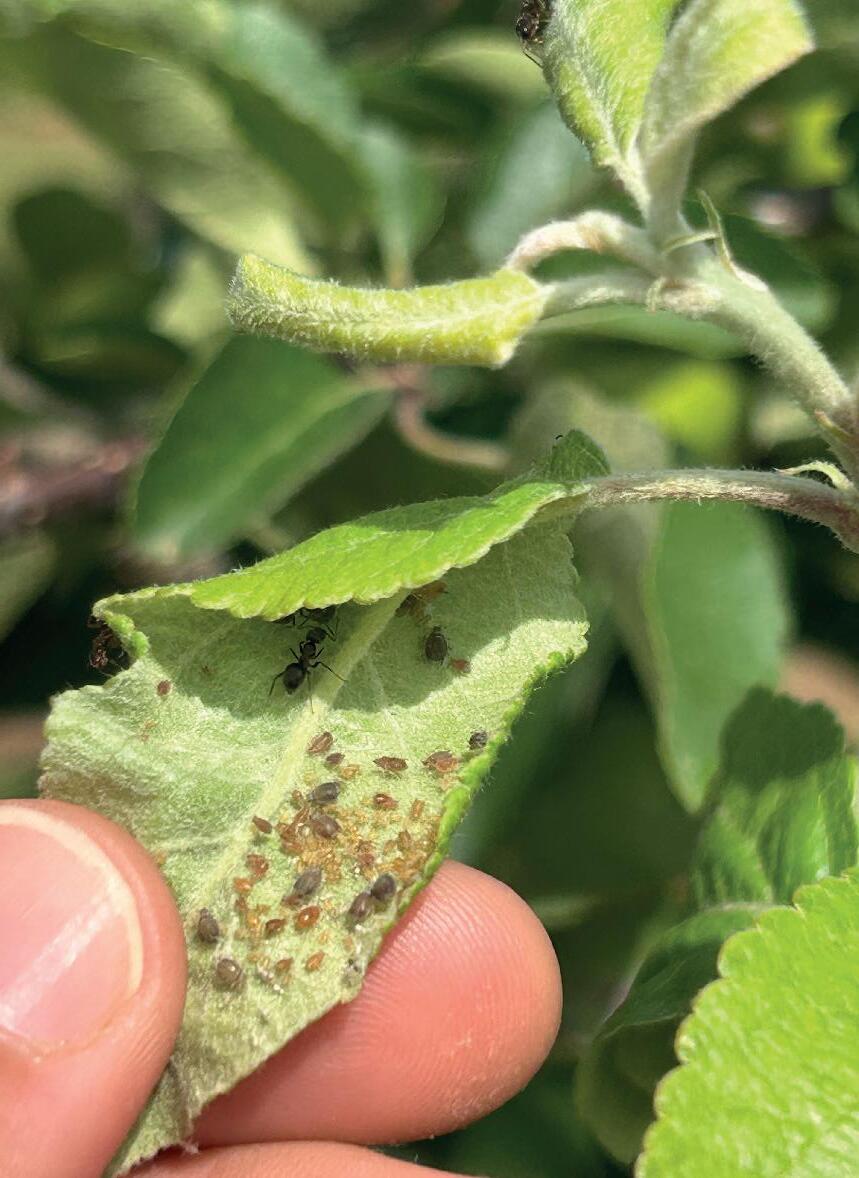
• Also this year, following earlier efficacy trials on scab funded by BAPL and managed by HCP, the most promising products were tested in a ‘scab control programme’ project at NIAB. This work was co-funded using a Growing Kent & Medway Business Innovation Voucher. The project has now concluded, with the final report available on the BAPL website. Visit the R&D pages for details.
Whenever possible, BAPL co-funds projects with external partners, ensuring maximum impact while keeping costs efficient for members.
A cornerstone of our approach is ensuring that the knowledge generated in our research projects reaches growers quickly.
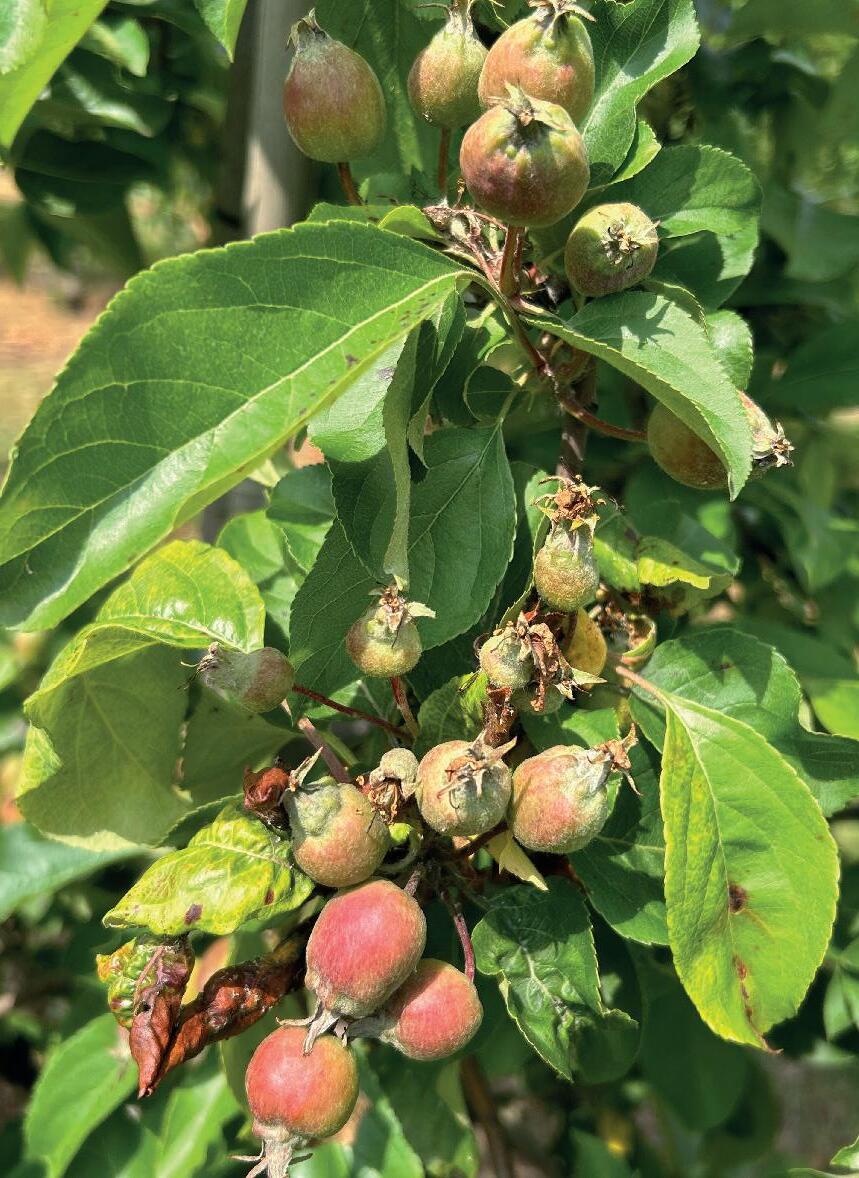
• At the February 2025 BAPL Technical Day, the findings from the 2024 projects were shared. Presentations and reports are available on the BAPL website for those who were unable to attend.
• Looking ahead, the results from the 2025 research programme will be presented at Tree Fruit Day in February 2026, a joint event hosted by Niab and BAPL. This promises to be a key date in the calendar, and we hope as many as possible across the industry will join us.
• New in 2025, BAPL has started to publish dedicated R&D newsletters. These are sent directly to members and provide regular updates on current research activity.
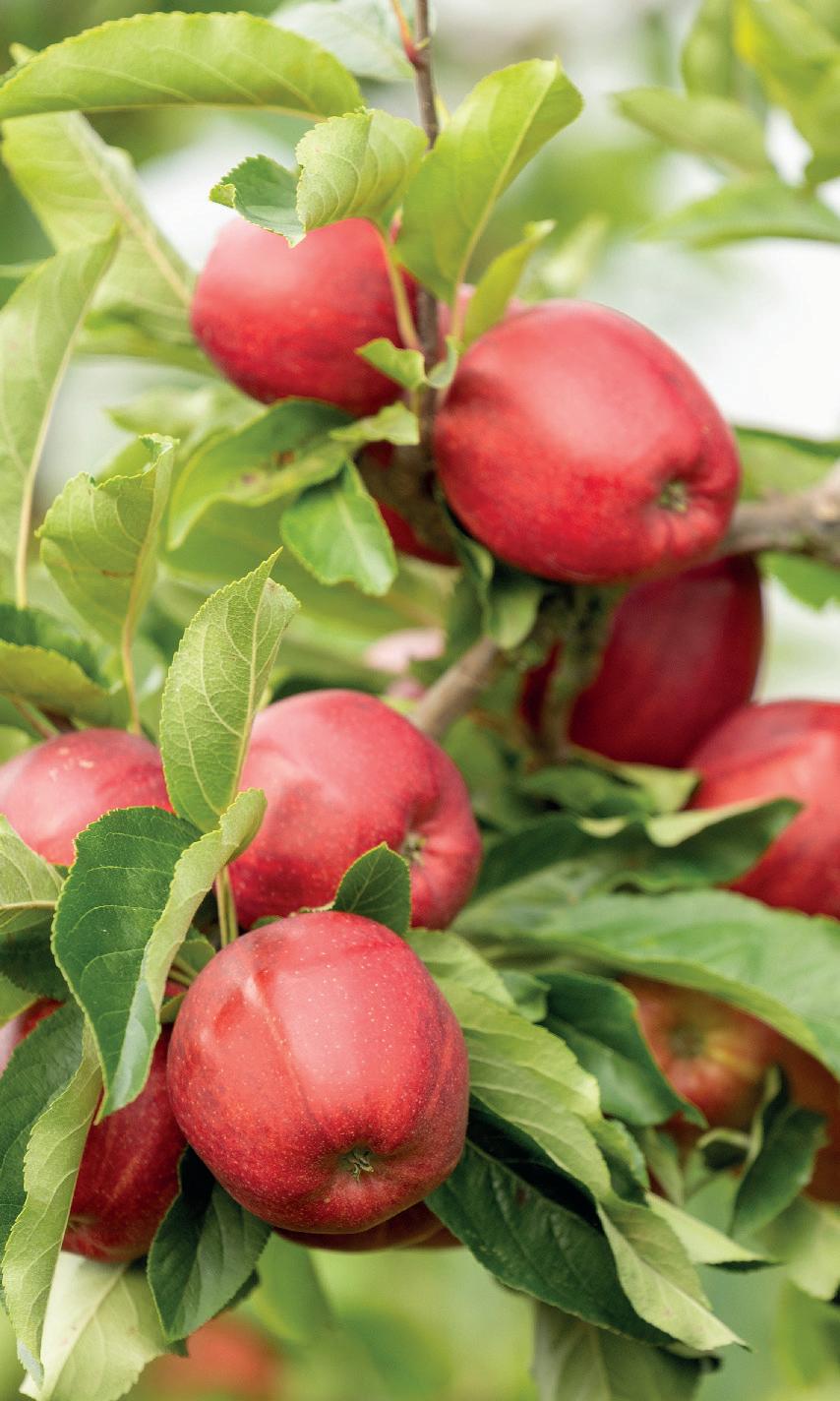
• We are also developing grower factsheets for every project in our research portfolio. These concise documents highlight the most important findings and practical recommendations, complementing the longer, detailed project reports hosted on the BAPL website.
Grower engagement is critical to the success of BAPL’s research programme. There are several ways members can contribute, including suggesting ideas for new projects or volunteering orchards as trial sites.
Together, through collaborative research and knowledge sharing, we can continue to strengthen the resilience, sustainability and productivity of Britain’s apple and pear sector.
• More research delivered – BAPL is securing external grants to stretch grower subscriptions further.
• Faster access to results – R&D newsletters and factsheets keep members up to date throughout the year.
• Practical tools for the orchard –projects focus on real-world pest, disease and technical challenges.
• Strong grower voice – members can shape the programme by suggesting ideas or hosting trials. ■ If you would like to get involved, please contact us at research@britishapplesandpears.co.uk
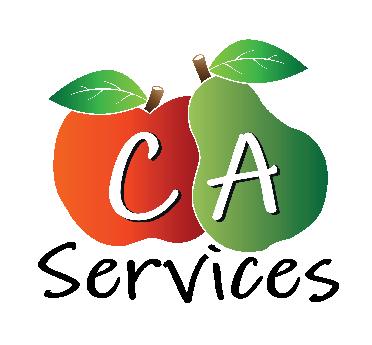


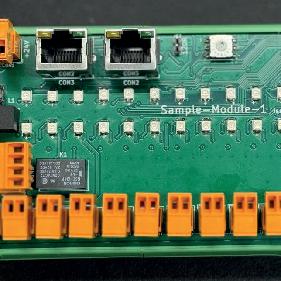
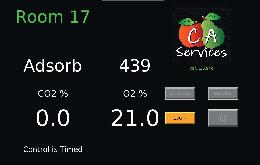
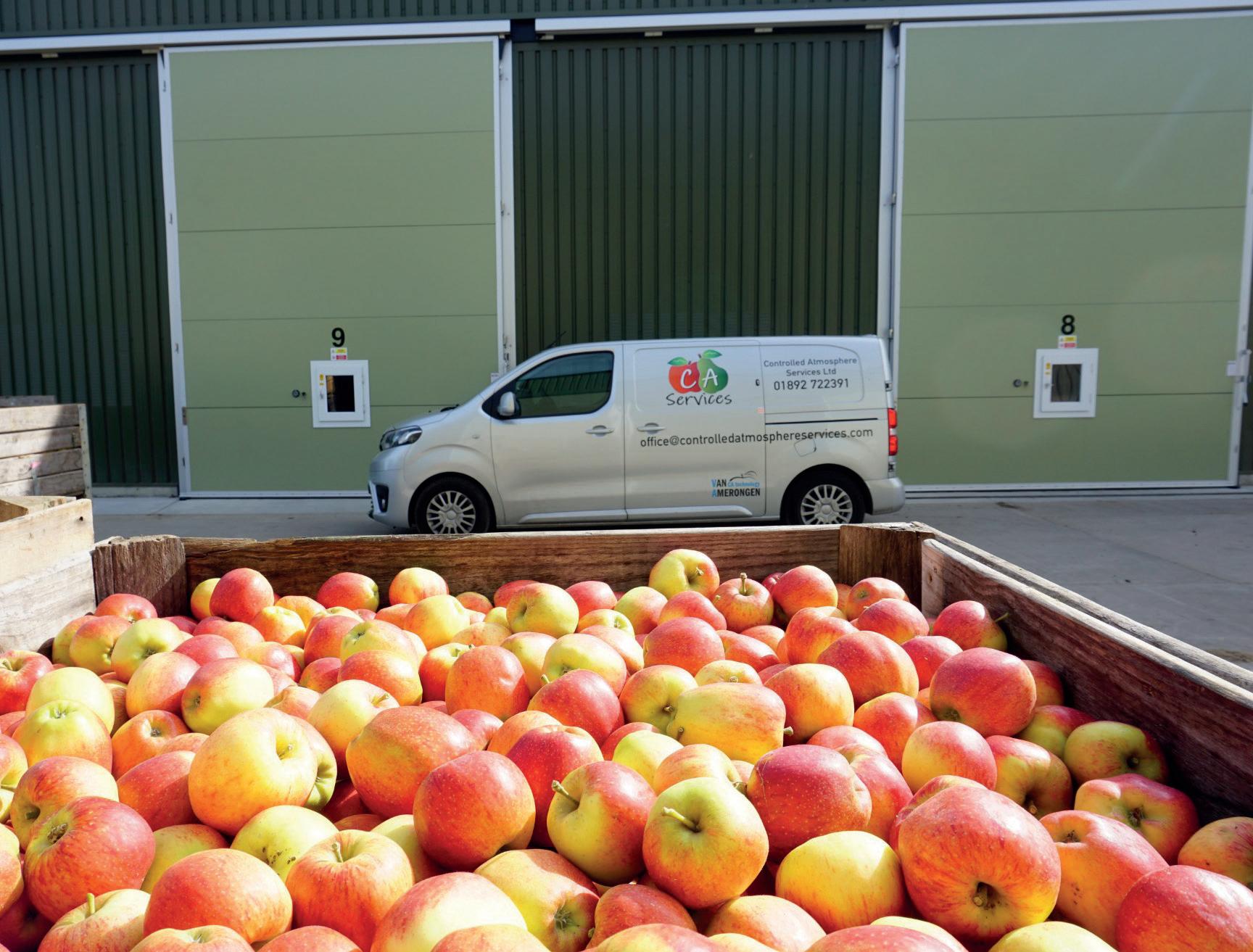
Niab’s Michelle Fountain and Scott Raffle outline how research into the use of bait sprays has offered novel approaches to controlling spotted wing drosophila and harvesting earwigs for use as a predator in apple and pear crops.
Research at Niab’s East Malling site has been synonymous with rootstock development since the site was first established in 1913.
Previous research by Niab has highlighted the potential of using insect baits for controlling insect pests through an ‘attract and kill’ approach. The most recently completed Innovate UK project has revealed some new methods that can be adopted by commercial fruit growers in their quest to improve pest control whilst reducing their reliance on conventional spray products.
Niab has already collaborated with Microbiotech to demonstrate the use of bait sprays to successfully control spotted wing drosophila (SWD) in soft and stone fruit crops. One of the successful baits was further developed by Niab, Microbiotech and Russell IPM to create the new bait spray adjuvant ProBandz, now commercially available from Russell IPM. The research demonstrated that by applying 40 litres/ha of a narrow band spray of large droplets to the foliage of the crop (Figure 1) combining ProBandz (5%) with 50% or less of the recommended rate
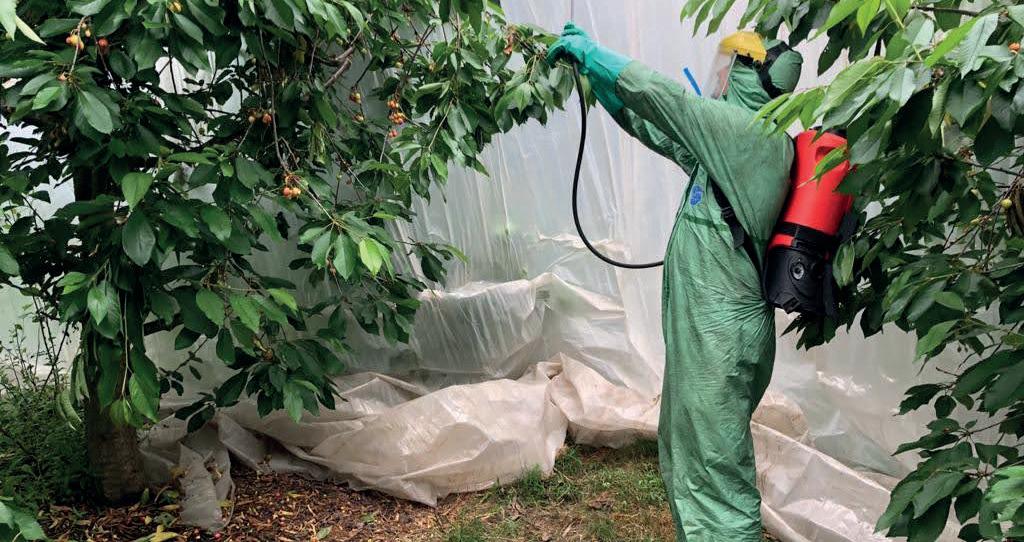
of a plant protection product such as Tracer or Exirel, was as effective at controlling SWD as a full rate overall crop spray of Tracer or Exirel. In trials, reducing the rate as low as 4% was equally effective.
Adult flies are attracted to the bait ingredient (ProBandz) and feed on the narrow band of sprayed foliage, ingesting the plant protection product which kills them. This system avoids the control product being applied to the fruit, reducing the risk of residues whilst also reducing exposure to naturally occurring beneficial insects, introduced predators and pollinators, minimising disruption to IPM and expensive biocontrol programmes. Avoiding the use of an overall crop spray also avoids contact with the adult SWD and reduces the risk of pest resistance developing. Time required for spray application is lowered by approximately 85% compared to full rate sprays and water use is also significantly reduced.
Previous research by Niab PhD student Csaba Nagy at East Malling has shown that sugar baits can distract ants from aphid colonies (Figure 2) in apple trees, exposing the aphids to predation from other insects. It was not clear if ProBandz would be effective at deterring ants from visiting aphids.
Although, earwigs are useful predators in apple and pear orchards, feeding on pests such as codling moth, aphids and psyllids, on strawberry tabletop systems they hide under the grow bags in the daytime, emerging at night, and sometimes feed on strawberries. Harvesting live earwigs from strawberry crops would provide a free supply of predators for introduction to apple and pear crops providing pest control. It would be useful to investigate if earwigs could be attracted to ProBandz for this use.
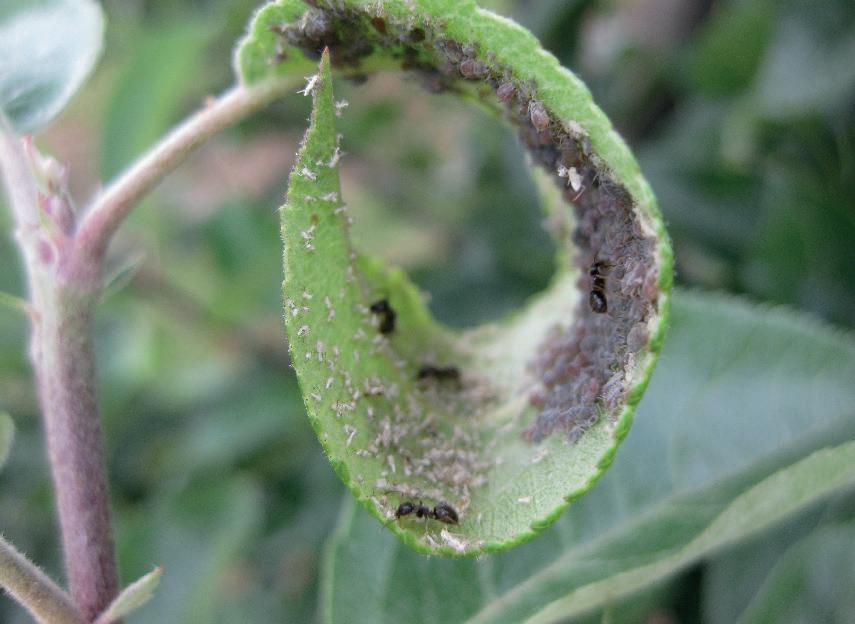
In this Innovate UK funded project entitled ‘Novel attract and kill strategies for control of UK fruit crop pests: ProBandz’, Niab worked with several research and industrial partners including Microbiotech Ltd (lead), Russell IPM Ltd, Driscolls Genetics Ltd, Plumford Farms Ltd, New Farm Produce Ltd, Littywood Farm Ltd and Chandler & Dunn Ltd. The project was split into three parts, each assessing the impact of baits as a means of managing pest control. The first part assessed the efficacy of ProBandz used as a bait spray with Hallmark for SWD control. The second trial assessed different formulations of ant bait to distract them from rosy apple aphid colonies on apple trees. The third tested an attractive bait developed by Russell IPM in a trap with the intention of attracting earwigs into the trap which is clipped to a tabletop in a strawberry crop.
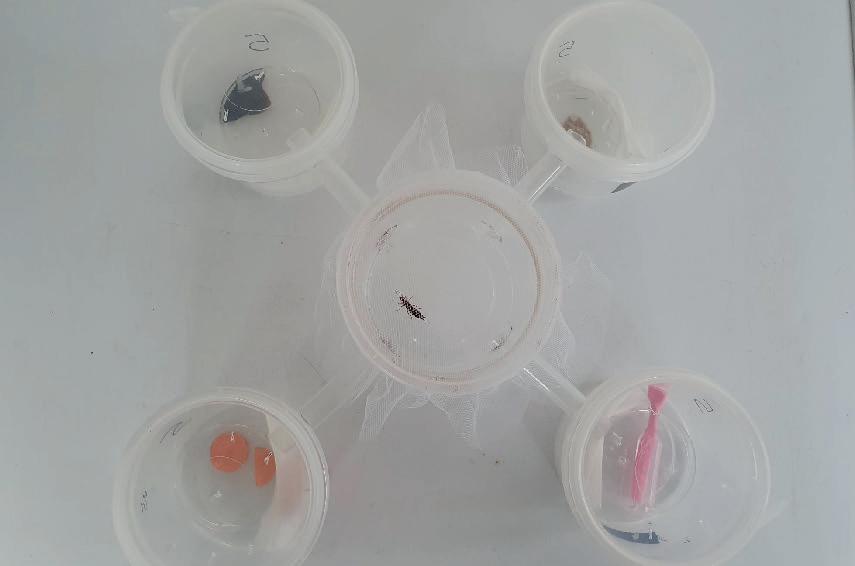
Hallmark use with ProBandz as a bait spray
In testing, 5% ProBandz was added to 8% of the standard Hallmark rate and applied as a band spray to strawberry and compared to full rate Hallmark applied as an overall spray for SWD control. The results demonstrated that Hallmark was as effective at controlling SWD when used as a band spay with ProBandz than a full rate spray without the bait. Hallmark is broad-spectrum and can damage introduced predators and natural enemies in crops so applying as a narrow band spray of large droplets and at a lower rate with the bait should minimise disruption to IPM programmes. Bait sprays are only permitted for use with products that have standard or EAMU authorisations, and not emergency authorisations. As Hallmark has an EAMU authorisation for use (either outdoor, protected or both depending on the crop) on most fruit crops that are susceptible to SWD, it could be used as a bait spray for eradicating SWD populations once a crop has ended.
Using Hallmark in this way after harvest would minimise disruption to IPM programmes and help to reduce SWD populations going into the winter. This type of use could be particularly helpful where different varieties or different fruit crops such as cherry or blueberry ripen and are harvested sequentially with SWD moving onto unpicked varieties as the previous ones are harvested. A similar situation can occur on mixed farms where SWD may move from cherry to raspberry as the season progresses. It should be noted that the bait or adjuvant label always requires operators to use only 50% or less of the maximum product rate recommended on the product label.
Microbiotech also screened a range of other insect targeted plant protection products in the laboratory, including Decis, in combination with ProBandz, but none of these were effective at controlling SWD.
Although previous sugar baits have deterred ants visiting aphids ProBandz was not attractive to ants and did not prevent rosy apple aphid damage. In addition, most ant baits are highly water soluble and not rain resistant or require a high level of labour to deploy. The Russell IPM team developed different formulations of ant baits which were subsequently tested for longevity in the British weather and attraction to ants. By the end of the project, with Niab, a formulation was developed which could be tested in the future for efficacy against rosy apple aphid damage.
Niab compared an attractant from the Russell IPM Wignest device with fish formulations commonly reported to be attractive to earwigs (Figure 3). The Russell IPM bait was more attractive and was further field tested in a range of different trap types attached to tabletop strawberries. Russell IPM further developed the trap which is now commercially available as an earwig trap and lure (Earwig Catcher & Forficula auricularia Lure). Further work is needed to test the density of traps needed in a crop and the regularity of topping up the earwig lure to reduce economic damage to the fruit. Thought should be given to providing a way to release them in apple and pear orchards to improve pest control in these crops whilst reducing damage to strawberry. ■
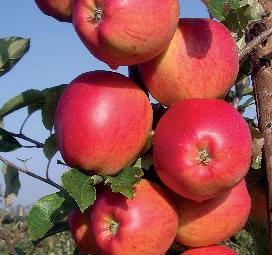
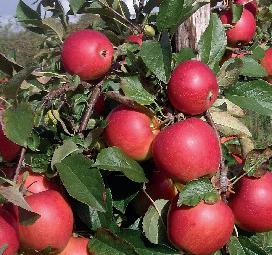
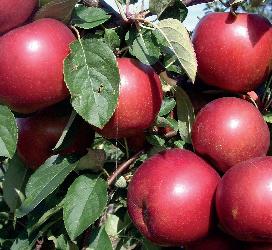
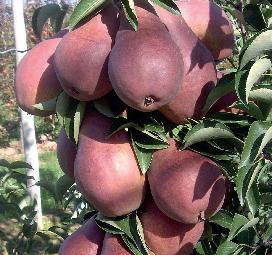
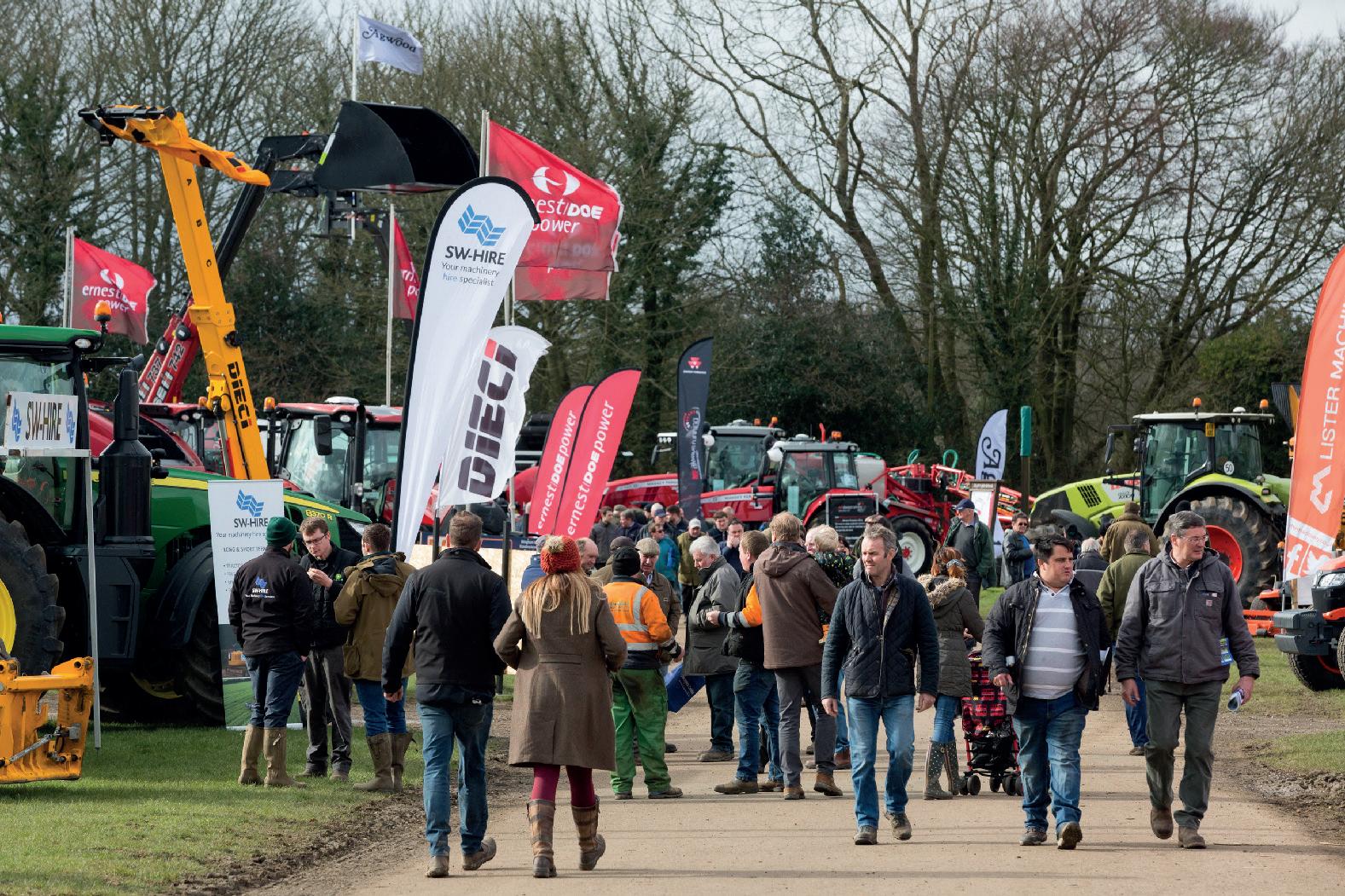
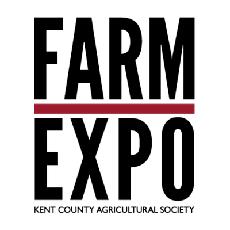

Niab’s Sarah Arnold and Scott Raffle report on the results of a project funded by The Worshipful Company of Fruiterers to understand if climate change is affecting the performance of our bumblebee pollinators.
For several decades, UK growers have been employing bumblebees (Figure 1) to pollinate protected crops of strawberry and raspberry to ensure that all flowers receive adequate pollination, leading to a high percentage of Class 1 fruit.
Before 2015, many employed the imported sub-species Bombus terrestris terrestris and Bombus terrestris dalmatinus, but since then the importing of foreign species has been banned, so UK growers now need to employ the native species Bombus terrestris audax. However, growers have reported poorer pollination with this native species along with increased mortality in some protected cropping environments.
It has been suggested that B. t. audax is less tolerant of the higher temperatures experienced by the continental subspecies native to southern European countries which creates a problem for UK growers of protected soft fruit, particularly given the higher temperatures that are becoming commonplace with climate change.
Most bumblebee species maintain their colony temperature between 28°C-34°C, achieving a warming effect by vibrating their bodies and incubating their brood, or cooling by fanning their wings, but such activities draw them away from the foraging and pollinating activities that they are employed for.
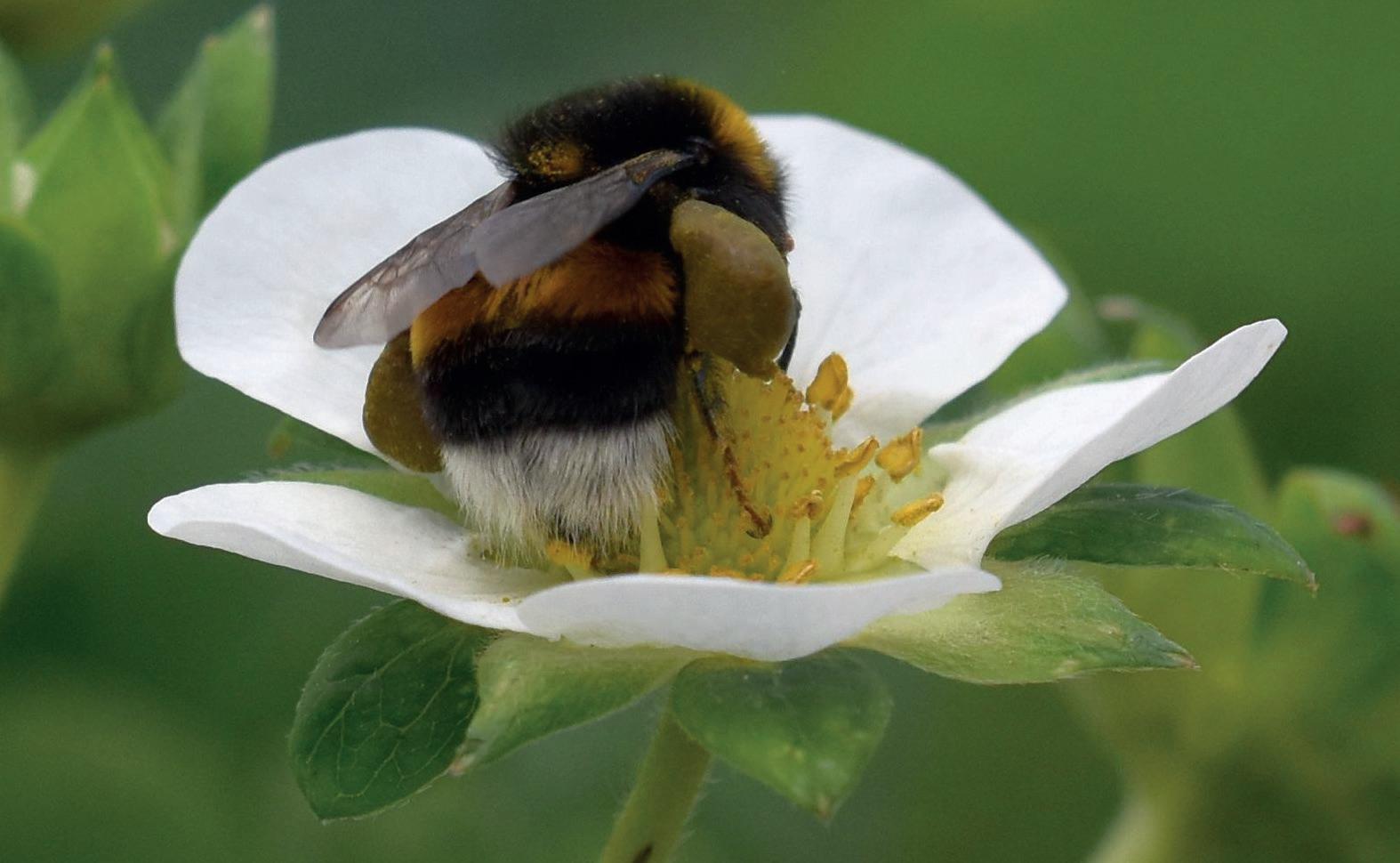

During extremely high or low temperatures, these interventions by the bees are far less effective and in heatwave conditions, the hive temperature will reach levels that the bees are unable to regulate and can eventually damage the brood. In countries where high summer temperatures are commonplace, various techniques have been deployed to reduce heat stress on bee hives. One is to position the hive below the ground surface, whilst shading the hive and finding sites with minimal exposure to the sun are also common approaches.
Our UK industry would benefit from identifying the temperatures at which B. t. audax noticeably starts to reduce foraging activity and also identify the temperature at which commercial bees struggle to cool their brood. Finding ways of measuring this will allow growers to identify periods when pollinators are unlikely to work effectively alerting them to order replacement hives promptly.
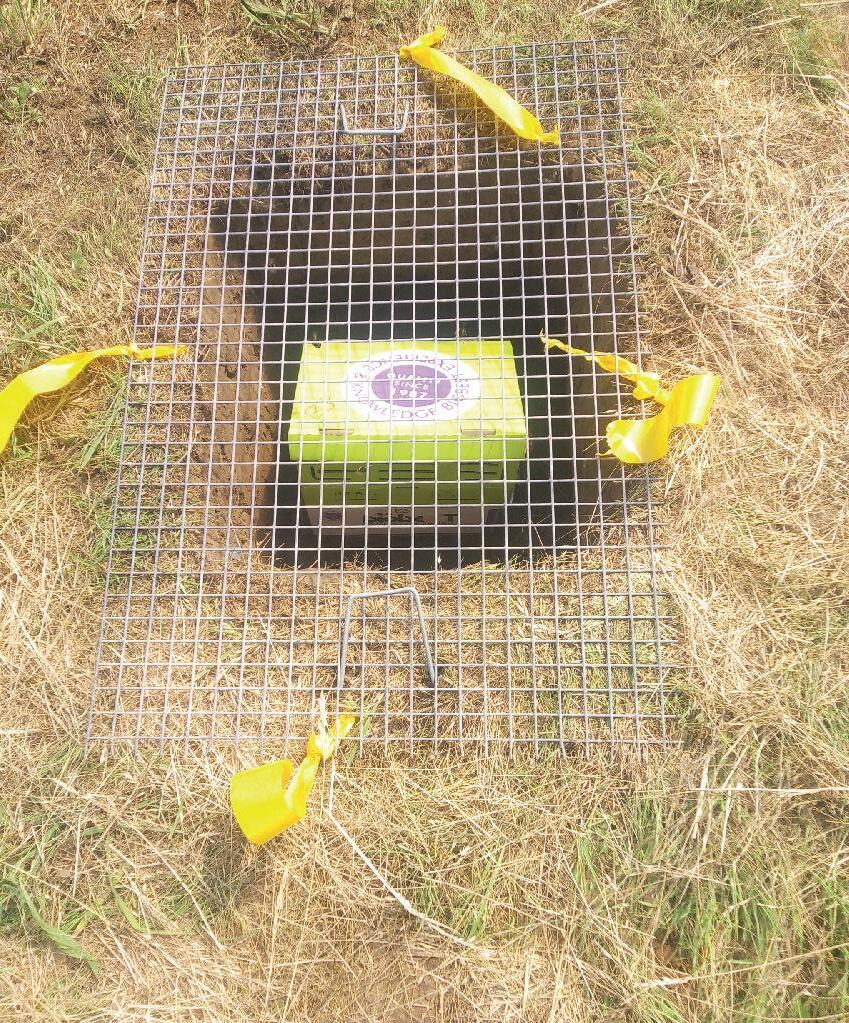
The Worshipful Company of Fruiterers therefore funded a project managed by Niab to understand the behaviour of colonies under heat stress, to predict the potential impact on pollination and to explore ways of mitigating heat stress.
The work was done at Niab’s East Malling site between the spring and autumn of 2024, when 12 colonies of B. t. audax were placed either in exposed (hot) locations or sheltered (cool) locations. For four of the colonies, the cool locations chosen were ‘bee-pits’ (Figure 2) cut into the ground surface, protecting them from extreme heat. Temperatures were recorded on the inside (Figure 3) and outside (Figure 4) of each colony box using thermocouples and the bee activity of each was recorded twice each week by counting the number of bees leaving the hive and the number of bees returning with pollen on their legs.
Throughout the trial, the temperatures recorded outside the colonies varied with weather conditions as expected but in the first 30 days of the trial the internal temperatures were less variable, averaging 33°C-35°C, suggesting that young hives may be able to maintain a relatively constant hive temperature, almost independently of the external temperature. However after 30 days the hives appeared to move into a ‘senescent’ phase when hives failed to thermoregulate as effectively. Whereas young hives maintained a relatively constant internal temperature, the older hives’ internal temperature was largely dependent on the external temperature.
In terms of location, hives positioned in exposed locations experienced more extreme high external temperatures (>35°C) and also had more spikes in the recorded internal temperature, indicating that hives in hot locations, such as exposed polytunnels, are likely to undergo heat stress.
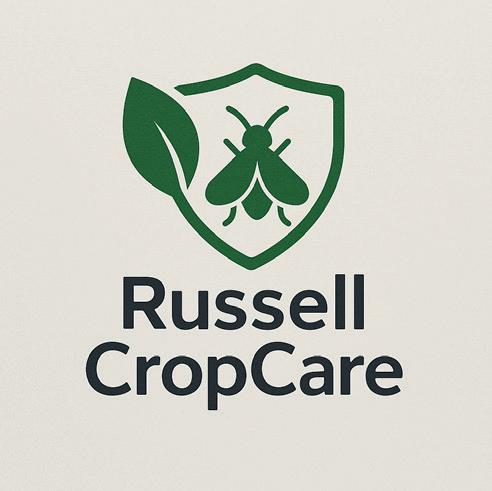
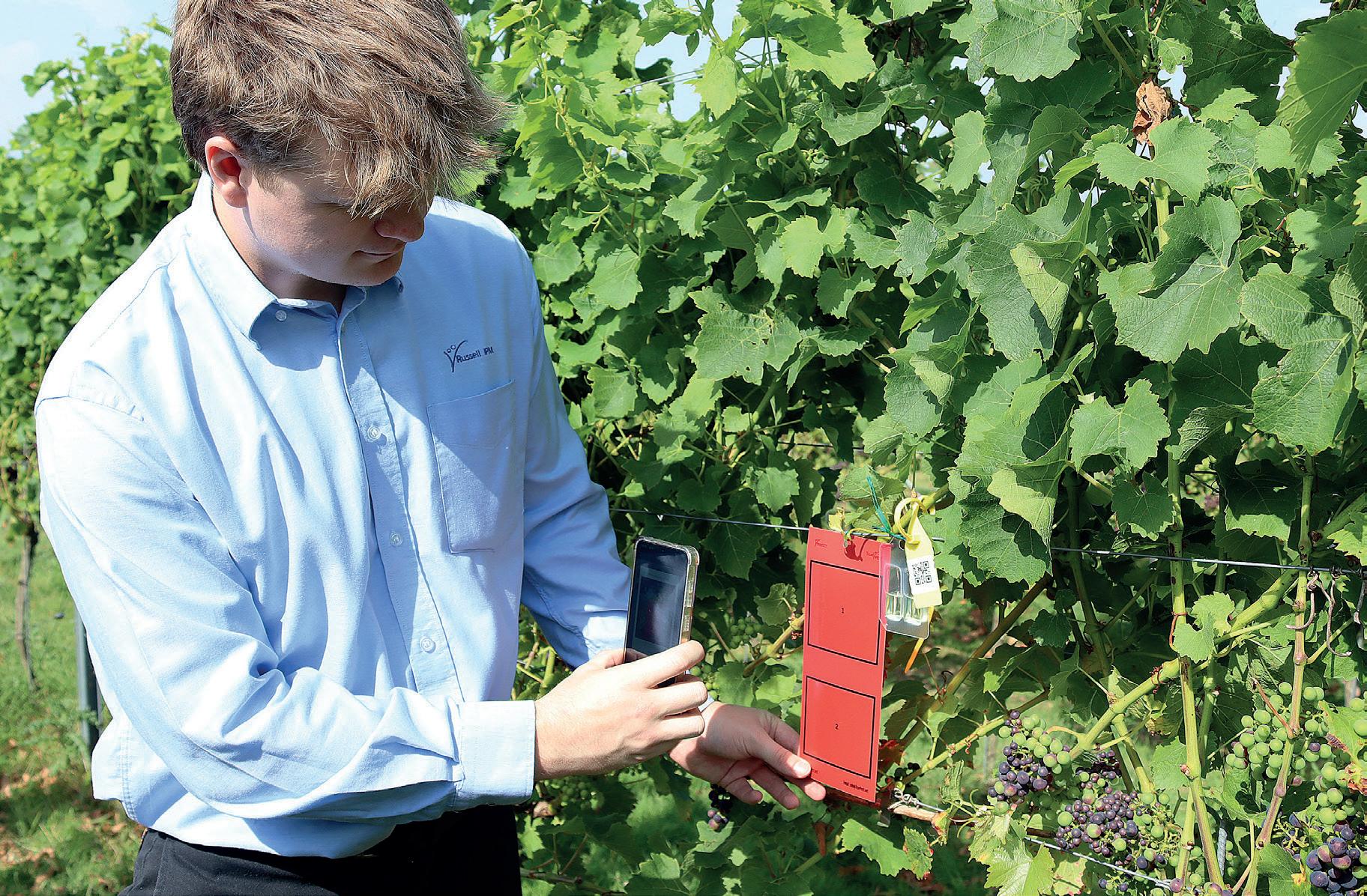

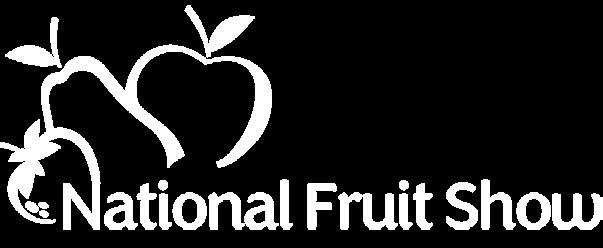

Executed by Russell IPM professionals
Building on years of expertise in pheromone trapping systems
CuttingCutting-edge AI image recognition for insect detection
Real-time insights into key pest population dynamics
Identifies critical hotspots
Affordable and bespoke packages
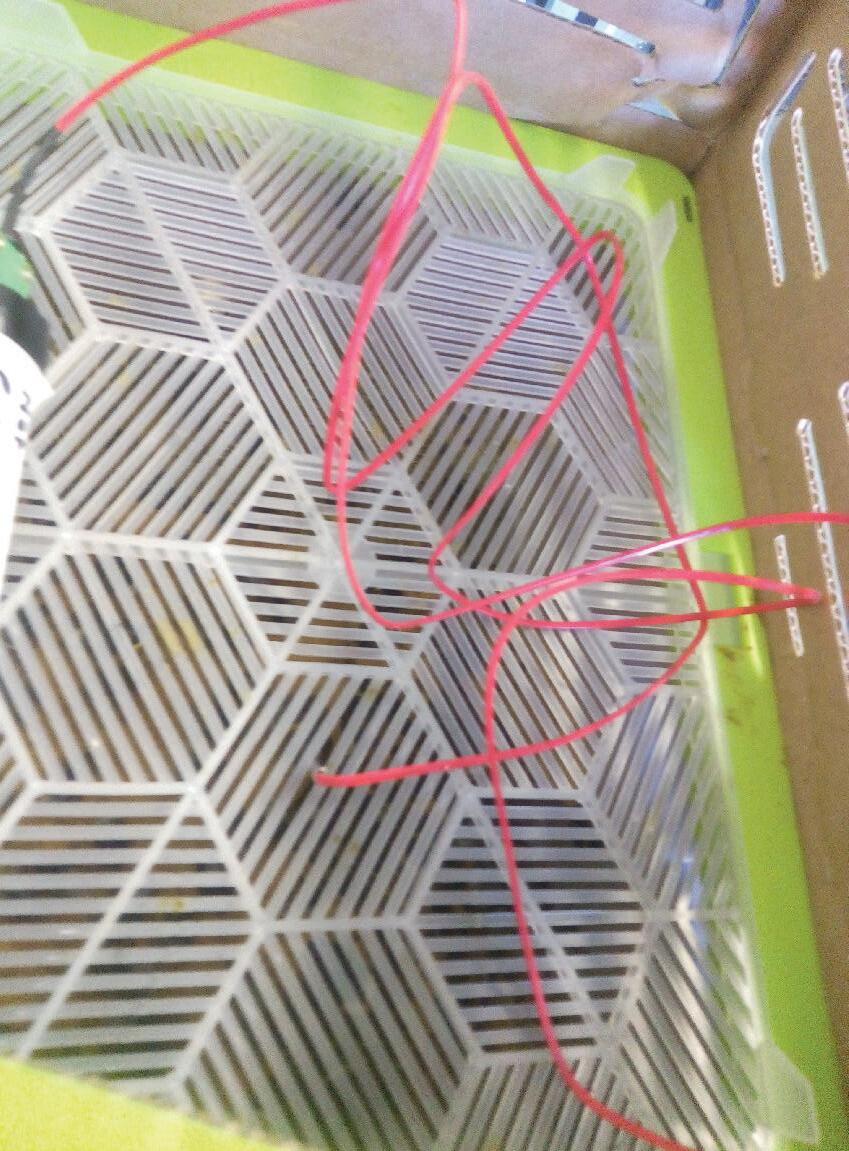
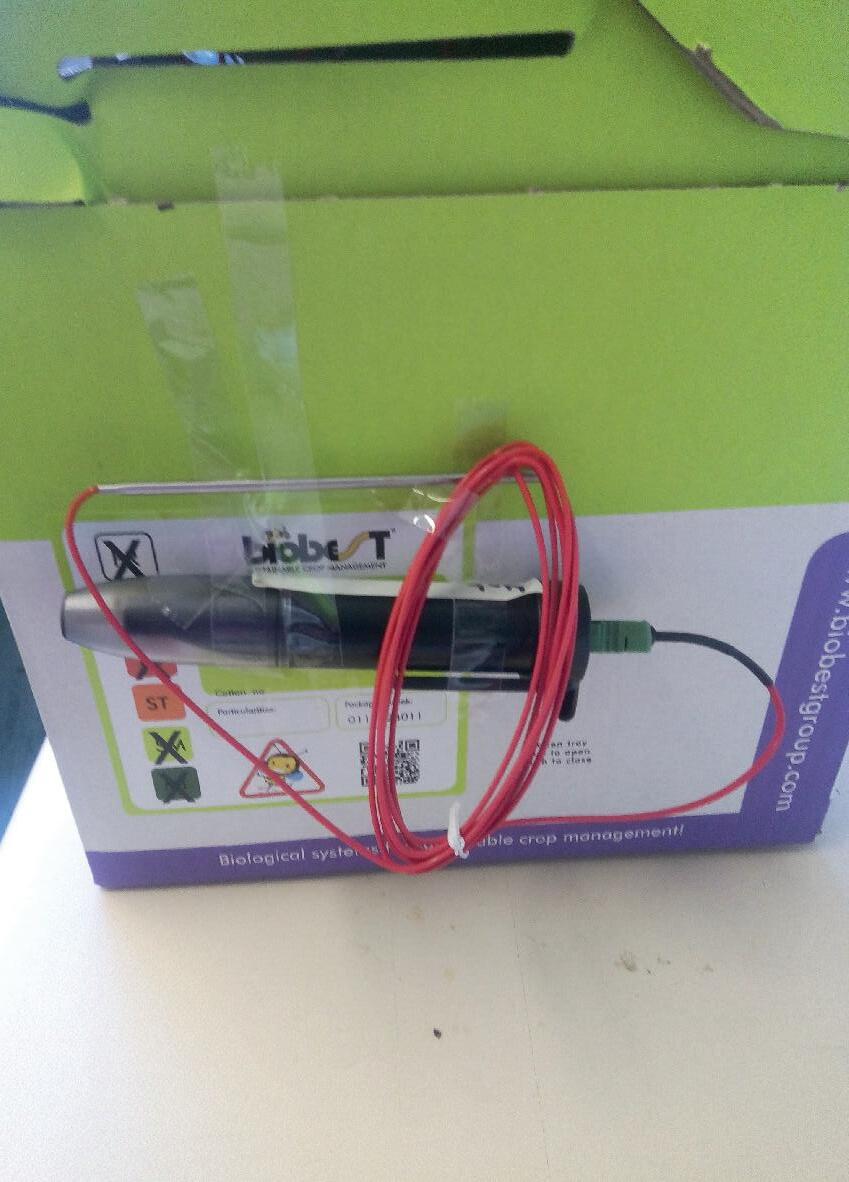
By comparison, the ‘cool’ hives did not normally experience such extremes and so their internal temperatures also spiked less.
When assessing the activity of bees at different temperatures and locations, in young colonies, there was little difference in the activity levels between cool and hot colonies at any given internal or external temperature. However, at the highest external air temperatures, older hives positioned in cool sheltered locations appeared to maintain higher activity levels than those in exposed, hot locations.
Within the spring-summer period of 2024, temperatures did not get high enough to cause all hives to reduce activity consistently, and the results showed that at temperatures up to around 30°C, B. t. audax is tolerant of summer heat. However, in most summers, temperatures in polytunnels during heatwaves can be considerably higher than this.
So in the short-term, what can soft fruit growers learn from this project? Firstly, where it is safe to do so, Niab recommends that growers implement bee pits in cropping situations which are prone to overheating in summer, especially where temperatures regularly exceed 34°C. For most UK conditions, a basic pit in the ground, with no irrigation or insulation, space around all sides of the hive for air movement, and the hive lid positioned a few centimetres below the soil surface, is likely to be sufficient. Further research is needed to explore different methods of cooling or shading the hives, to optimise the pit depth and size, and measure the impact on activity levels, especially during extreme heatwaves. Growers should also anticipate a drop in performance of bumblebee hives after approximately 30 days of deployment and consider replacing older hives if large temperature changes are forecast. ■
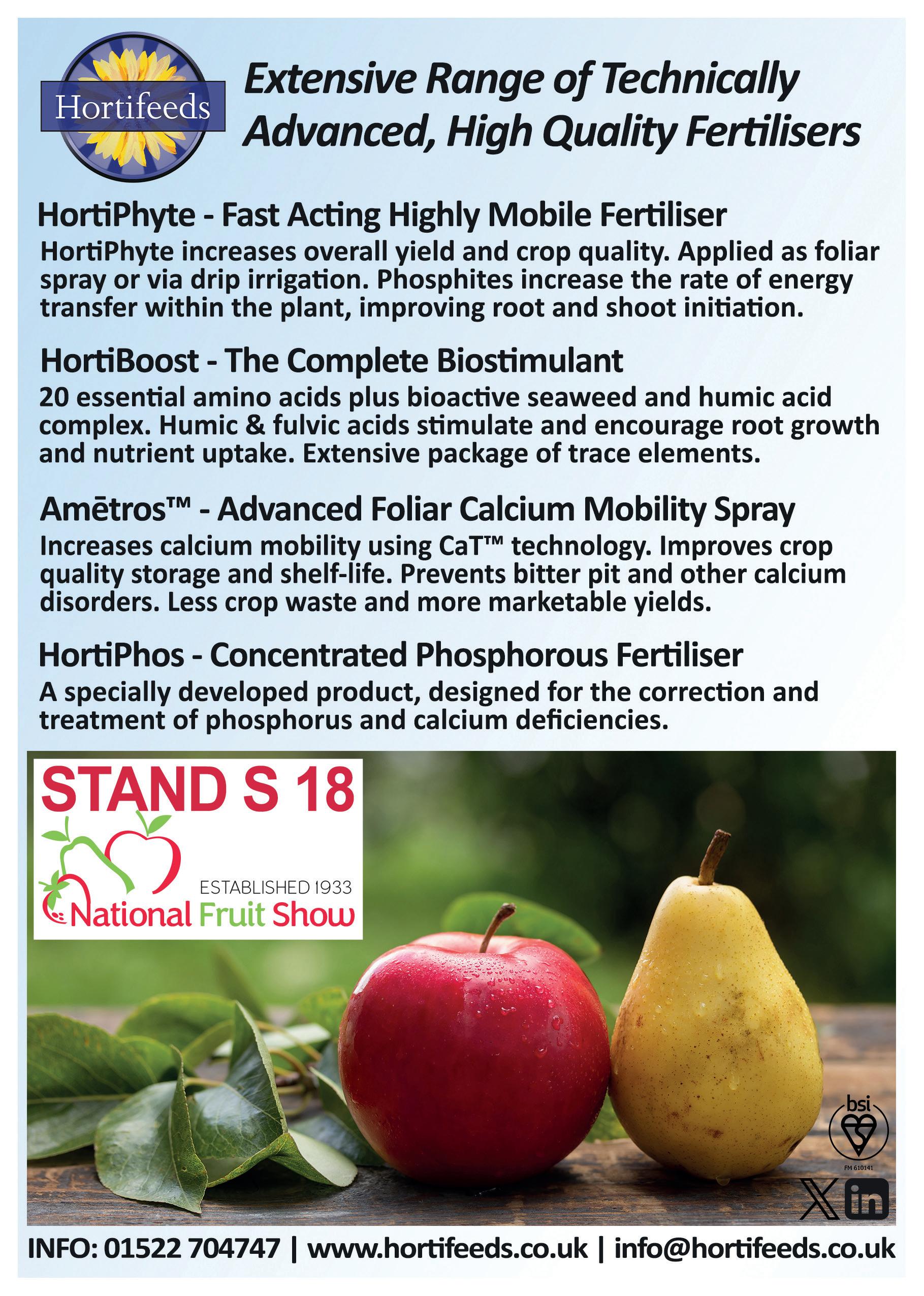
National Fruit Show ESTABLISHED 1933
Mark and Stephen Tully and Catrin Allen, Landseer Ltd report on how careful post-harvest handling will be critical for growers and consumers.
The 2025 UK growing season has been shaped by a relatively dry and warm growing season, intermittent rainfall with March-June being below 20 year average, and a warmer-than-average July.
Prolonged dry spells through key celldivision and cell-expansion stages had the potential to influence final fruit size and may concentrate soluble solids, while periodic rain events can trigger rapid size increases, raising the risk of internal disorders or skin splitting in some varieties. Lower disease pressure was observed in many regions due to reduced leaf wetness hours, although late-season showers could potentially drive secondary infections of storage rots.
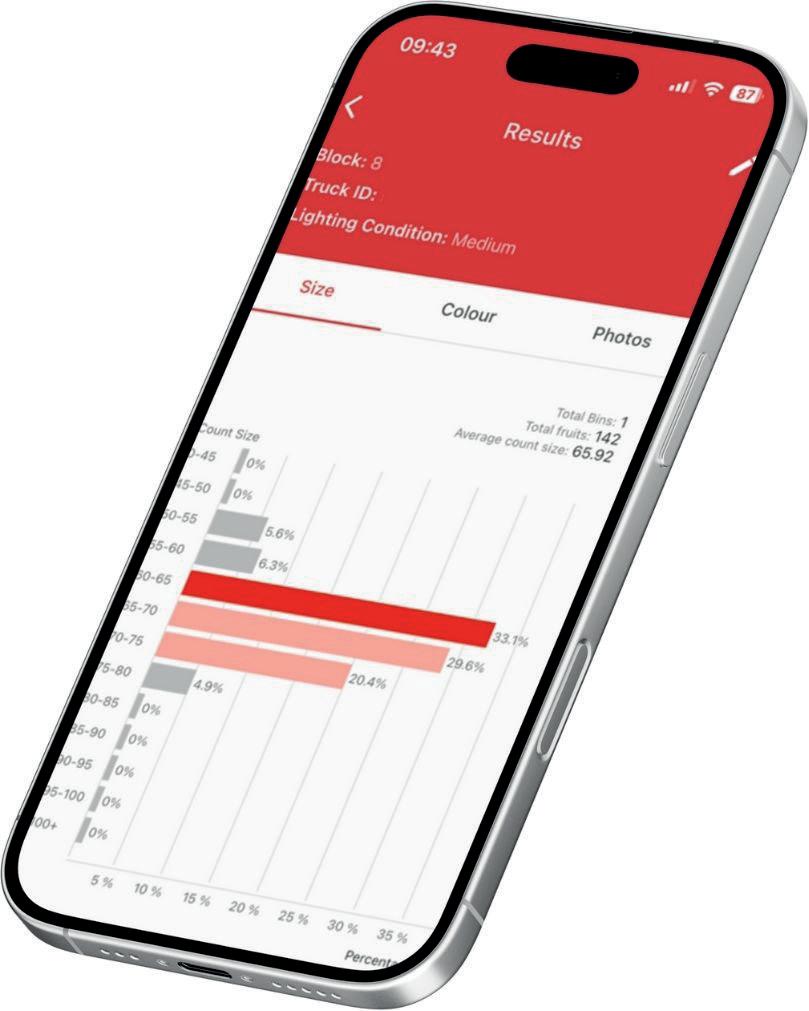
This season’s conditions, similar to 2022, may lead to a faster starch conversion rate which will directly influence flavour development and storage performance. Warmer nights towards harvest can accelerate maturity, reducing the safe storage window for certain varieties. Nutrient uptake patterns may also have been affected – particularly calcium –making pre-storage mineral analysis a useful tool to identify blocks at higher risk of disorders such as bitter pit.
Careful post-harvest handling will therefore be critical. Knowing the quality of the fruit going away for storage will be key, along with thought-out storage conditions, will help maximise the postharvest life and preserve marketable yield.
This year with varying timings and levels of thinning activities along with the lack of rain has led to a range of differing fruit sizes by variety and by location.
Hectre’s fruit sizing system allows rapid, accurate sizing (and colour) data straight from mobile devices. Users simply photograph bins of apples with a Phone or iPad; Hectre then analyses over a hundred fruits in seconds. This enables growers to monitor harvest progress in real time, decide if fruit should remain on the tree
longer, adjust picking standards, and streamline packing lines by minimising size-related stoppages. As the season’s weather may have created a broader size
distribution, tools like Hectre allow for more precise storage planning, increasing knowledge of what fruit is in what store for future planning and marketing.
Non-destructive testing is becoming transformative for evaluating internal fruit quality without damaging the product. The Sunforest H-100F is a portable near-infrared (NIR) device widely used to measure Dry Matter, Brix (sugar content), and even browning in apples. Liked for its rapid, orchard-ready readings via a Landseer smartphone app, it supports better harvest timing and quality tracking.
Dry matter – a composite measure of sugars, starch, cell walls, and proteins – correlates with both eating quality and storage potential. Higher dry matter often indicates better flavour and structure and serves as a key storage indicator for growers. This non-destructive capability allows sampling without waste, enhancing decision-making on the fly.
Agrofresh is developing “Rubens,” an upcoming system designed to nondestructively assess pressure (firmness), Brix, and starch content. It promises an “all in one” comprehensive quality snapshot, potentially revolutionising
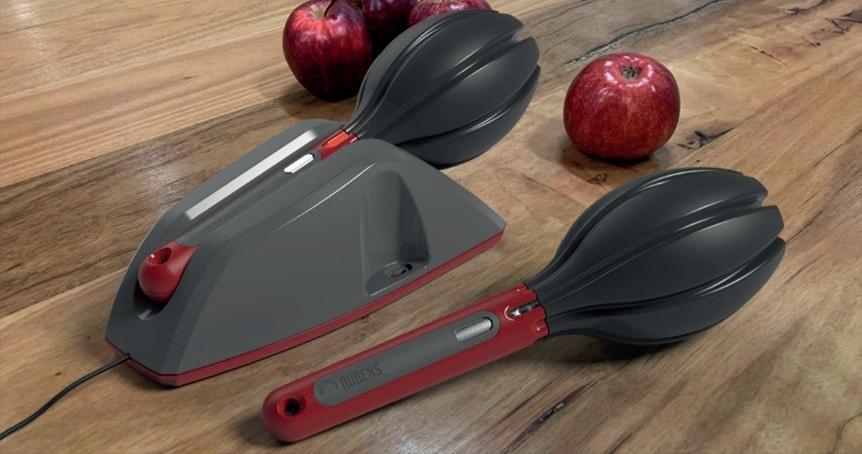
how maturity and storage readiness are assessed, though detailed technical validation is ongoing this season.
With the season’s weather influencing both maturity and potential storage performance, integrating accurate size assessment and non-destructive quality testing offers a major advantage for 2025. Systems like Hectre ensure fruit is graded and allocated efficiently from the outset, while tools such as the Sunforest and Rubens provide deeper insight into internal quality and storage potential. By combining these approaches with varietyspecific storage protocols and close monitoring of mineral status, growers can make more informed decisions – reducing losses, optimising market timing, and delivering consistently high-quality apples to customers throughout the storage season. ■
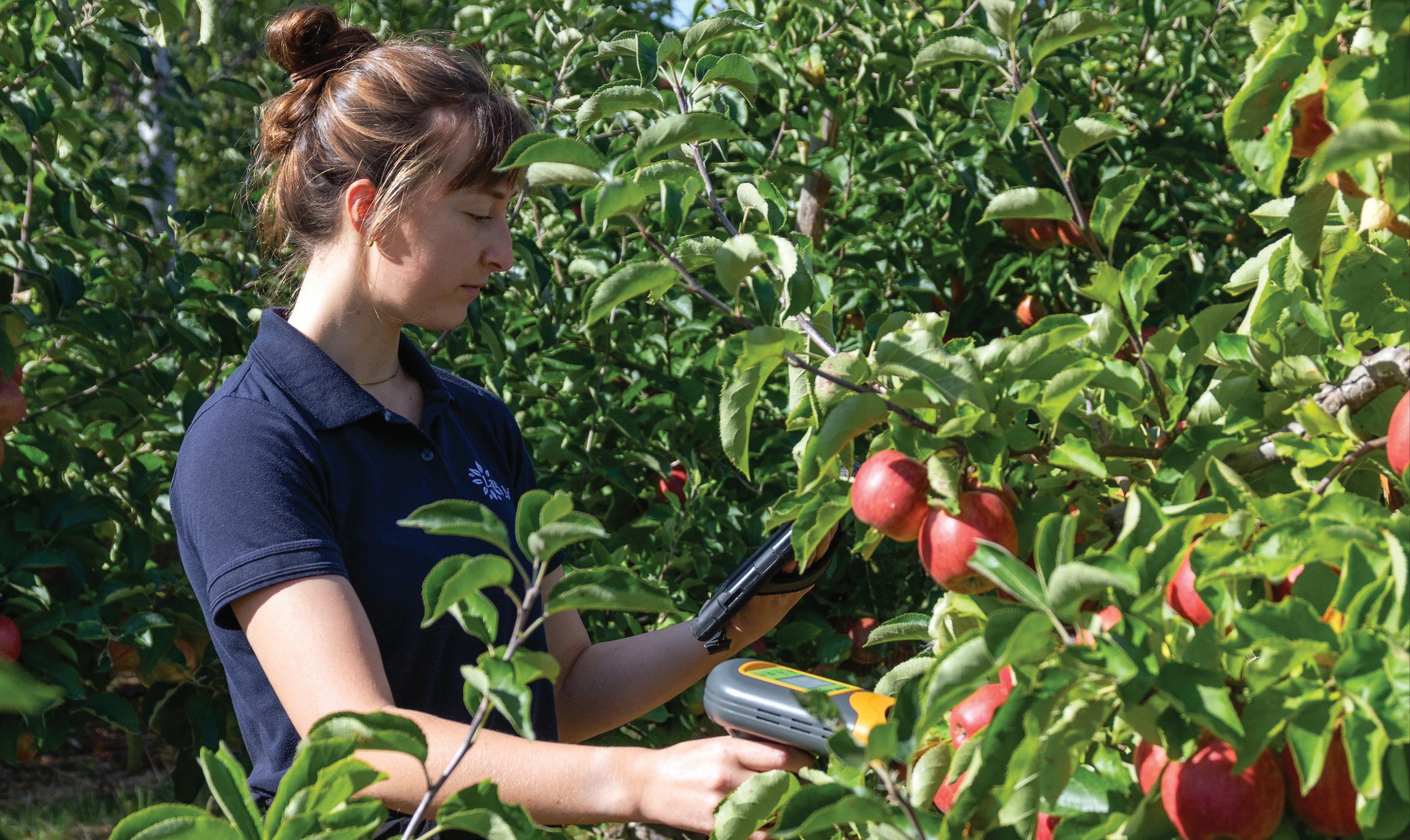
COME


SMARTFRESH (Storage Management Tool)
ADVICE
We provide advice regarding any postharvest disorders or storage management.
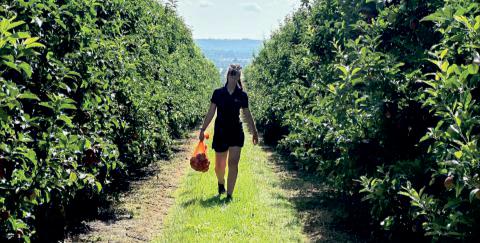
TECHNOLOGY
HECTRE (Fruit Sizing and Harvest Management)
NON-DESTRUCTIVE TESTING Rubens / Sunforest
TRAPVIEW (Remote Pest Management)
HYPERSPECTRAL IMAGERY (Innovate UK Trial)
By Dr Richard Colgan, Professor Debbie Rees and Karen Thurston.
The Natural Resources Institute at the University of Greenwich is helping to drive innovation in the Horticulture sector through its work at the Produce Quality Centre (PQC). This Centre, with its unique facilities is at the forefront of helping fruit and vegetable growers optimise storage and handling practices.
Good storage practices start with picking fruit at the optimum harvest maturity and there are a number of recent advances and tools currently being tested across the industry that will help better capture changes in fruit maturity in the orchard.
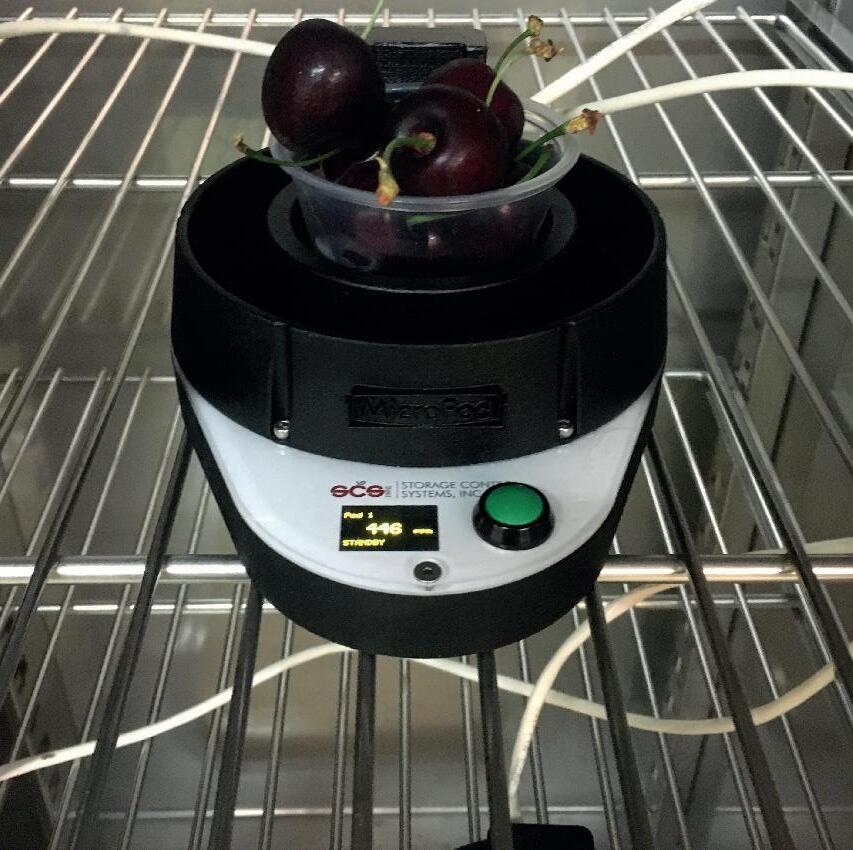
A recently funded Growing Kent and Medway project, in partnership with Norton Folgate and Amery Court farm near Canterbury, has been looking into ways to better capture changes in cherry maturity. At the PQC we have been using small respiration chambers (MicropodSCS Ltd) to follow changes in the fruit behaviour as they ripen on the tree. Fruit respiration starts high during early fruit development stages when cherries are hard green, but then rates decline rapidly as fruits transgress to fully ripe and ready to harvest. The respiration data has been used in conjunction with standard size, colour, firmness, and sweetness measurements to help predict optimum harvest maturity.
The amount of light penetrating the lower canopy of the tree decreases as the growing season progresses leading to striation in maturity across the tree. The deployment of reflective ground covers at the base of the trees during fruit development has the advantage of bouncing light back into the canopy, improving the uniformity of fruit maturation. Changes in light penetration and interception were monitored using Ladybird sensors (Forest Rock Ltd) deployed across the orchard.



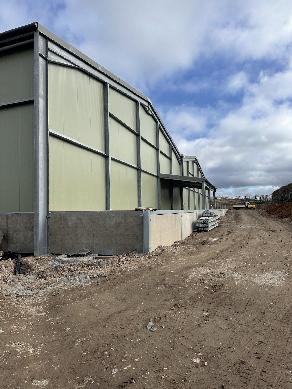

Soft-fruits and cherries have a high respiration rate, meaning that it’s essential to remove the field heat from the crop as soon after harvest as possible. Ensuring pre-cooling starts within an hour after harvest prevents fruits from experiencing excessive moisture loss, which leads to a loss of visual quality (shrivel) as well as an increased incidence of disease. “Coolberry,” a UKRI- funded project in collaboration with Berry Garden Growers, JD Cooling and Scorpion Vision, developed an innovative cooling solution capable of delivering uniform cooling of soft-fruit in the field within 40 minutes of harvest. Importantly, the choice of field tray and punnet design had a significant bearing on airflow and the rate of cooling achieved across the pallets of soft-fruit. Infra-red camera systems were developed to help chart changes in cooling across punnets and trays.
Storing cherry cultivars Regina, Kordia and Sweetheart under controlled atmosphere conditions helps to extend the storage life of fruit compared to the use of modified atmosphere liners. This provides the opportunity to extend the marketing window for UK cherries. Often, the storage life of cherries is limited by the high incidence of rots and the deterioration in
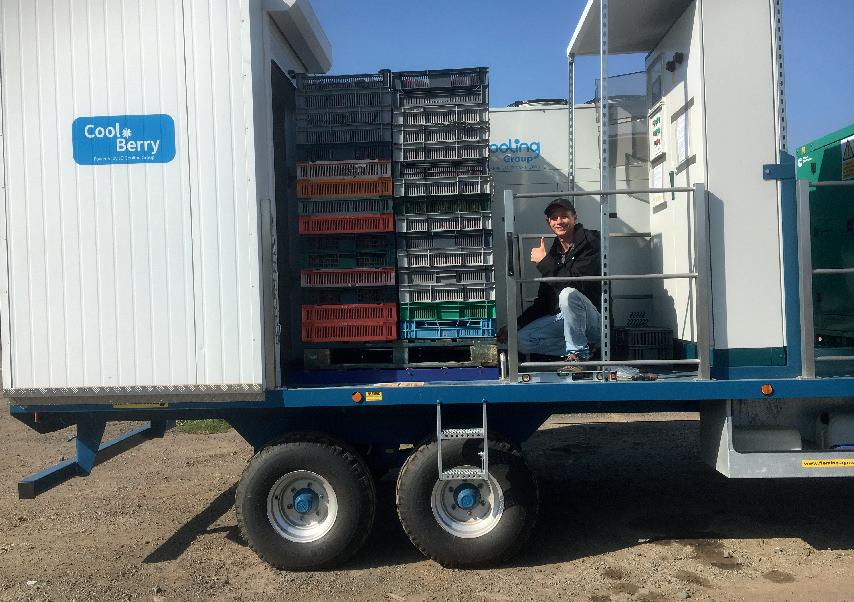
visual quality. The incidence of rots can be supressed by the application of pre-harvest surface sterilising agents (IWS Ltd).
Dynamic Controlled Atmosphere (DCA) storage technologies, with continual measurement of fruit response to low oxygen conditions, have demonstrated effective control of superficial scald on sensitive apple varieties such as Bramley’s Seedling. There is also evidence that lower O2 (<1%) can reduce internal browning in Braeburn. It is imperative that technologies monitoring the health of apples e.g. SafePod (SCS Ltd) and Harvest Watch (Isocell) are deployed to test the stress response of apples under low concentrations of O2. The sensitivity of the response is checked regularly throughout the season. These thresholds of oxygen sensitivity will vary between varieties and from season to season.
Changes in the respiration rate during long-term storage can indicate that fruits have reached a point where they would be ready for marketing. SafePod technology has proven a useful tool following changes in fruit behaviour on a whole store basis.
With increasing energy prices, it is important for growers and store managers to have a clear understanding of where electricity is being used across the farm. This issue was addressed by a Growing Kent and Medway Business Sustainability Award led by A.C.H Farming Ltd in collaboration with Gaskains Ltd, AM Fresh Ltd, GridDuck Ltd, Stemy Energy Ltd, BAPL and the PQC. The energy efficiency of individual pieces of equipment was compared across stores to understand where shifts in consumption patterns could be changed to take advantage of variable energy tariffs. ■

Knowledge

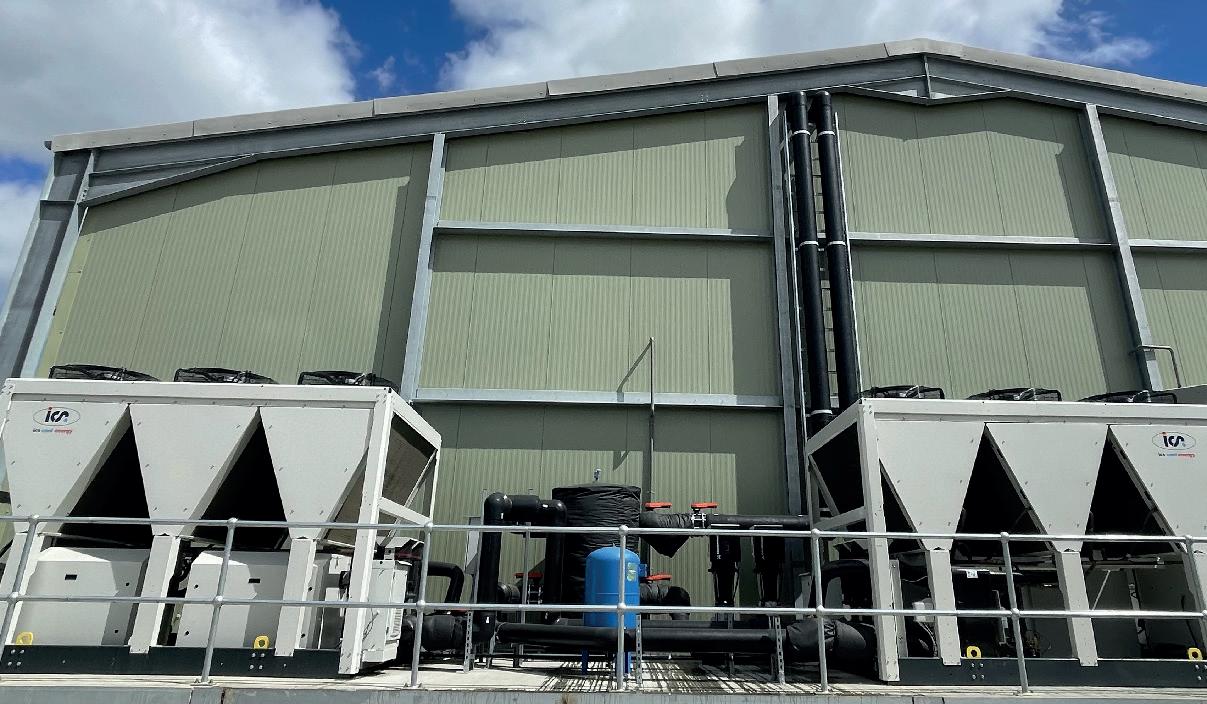
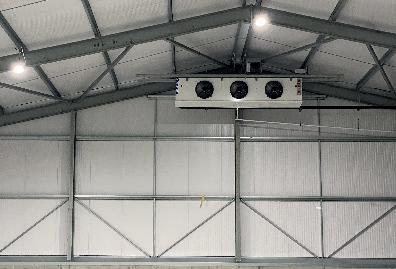

Specialists in controlled atmosphere stores
Rapid chilling systems for soft fruit and fresh produce
Secondary cooling systems with energy efficient defrosting using air source heat pump technology
Retrofitting of existing high cost electrical defrost heaters with air source heat pumps
Electrical engineers and contracting
Refrigeration and Electrical service, maintenance, and breakdown cover


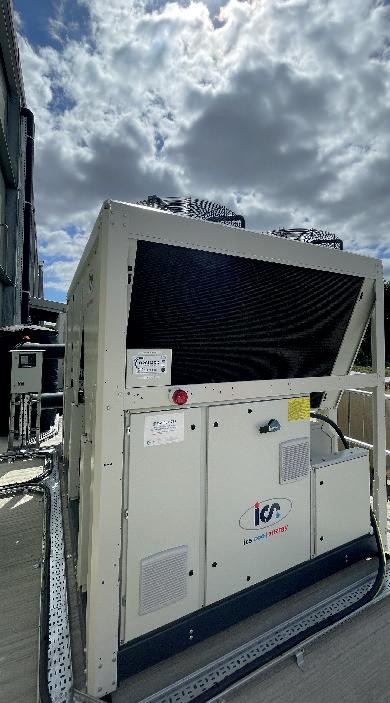

Testing and certification to NICEIC
Mains power solutions for distribution and installations
Temperature controlled wine storage solutions using DX or Secondary refrigeration with heating options
Qualified to install EV chargers
Refrigeration gas leak detection systems
F-gas compliance and record keeping
Refrigeration system controls with remote monitoring
After the small crop and challenging growing season of 2023, growers were hoping for a bit of ‘normality’ for 2024.
The year started cold and relatively dry which was welcome, however then the temperatures shot up by around 3°C in February and it rained and rained. The rain continued until June and combined with the warmer temperatures, meant it was a very challenging blossom period, and the scab pressure was immense. When summer arrived, things became a little more seasonal, and then back came the rain, especially in the West Midlands.
By Caroline Ashdown, Allied Growers Ltd and Joe Harvey, Worldwide Fruit Ltd.
Comparison of the last 6 growing seasons – 2017/18 data supplied by FAST LLP at Brogdale, 2019 data onwards taken from Manston station recordings on Met Office website
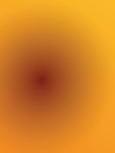


Saturda y 15t h November 2025
10:00 am - 1:00 pm
Saturda y 24t h Januar y 2026 10:00 am - 1:00 pm
































































































































































































































What started off as a promising cold dry January soon turned into a wet mild February, and for the West Midlands, the rain did not stop until June. The weather station at Ross-on-Wye in March recorded over double the amount of rain compared to the other growing regions. June and August gave the orchards time to dry out, and then Cambridge and Ross-on-Wye had
considerable rainfall in September. Ross-onWye recorded 212mm in September alone! In 2023 the total rainfall for East Anglia was 720mm, and 2023 was almost identical with 711.8, however in Ross-on-Wye it was 1,016mm for 2024 compared to 829mm in 2023. Manston came in with 562.6mm for the whole of 2024.
growing regions. All data obtained via
The 2024 season was one of the dullest growing seasons for a long time. Kent saw 200 hours less sunshine compared to 2023, which was again 200 hours down from 2022. Across the year Ross-onWye was considerably down compared to 2023 and had an accumalative total of 1,188 hours compared to 1,363 hours in 2023. There are no sunshine hours available for Cambridge weather station.
2024 started cold for all growing regions and air frosts were recorded at all stations, however the temperature really jumped up in February.

Except for November, Cambridge recorded the highest temperature each month compared to the other growing regions. In August Cambridge was 0.5°C warmer than Manston, and 2.3°C warmer than Ross-onWye. Overall the temperatures followed the more traditional peak of July/August compared with the season before, which saw very high temperatures in June and August.
Despite Cambridge generally recording the highest maximum temperatures each month, it was Manston that primarily recorded the highest minimum temperatures, which can be seen in graph 3. December was unusual in that every region recorded a minimum temperature of 5°C.
The following maturity data has been supplied by Worldwide Fruit Ltd, taken from Fruition PO assessments across various sites in Kent, throughout the 2024 season.
The 2024 season was much earlier than what was seen the year prior, with pick dates for some varieties 7-10 days earlier than in 2023.
Brix levels in Conference developed early in August 2023 and by the 19th were already averaging >13% in many blocks across Kent. Although not an exceptionally high season for brix (such as that seen in 2022), levels were overall still suitable by the time the fruit reached store.
The 2024 season was one of the dullest growing seasons for a long time. Kent saw 200 hours less sunshine compared to 2023, which was again 200 hours down from 2022. Across the year Ross-on-Wye was considerably down compared to 2023 and had an accumalative total of 1,188 hours compared to 1,363 hours in 2023. There are no sunshine hours available for Cambridge weather station.
The firmness of the fruit, much like brix, developed and began to come down early in August. By 22nd August, pressures averaged 7.6kg but dropped by half a kilo in the space of a week. That said, by the time of harvest, many growers were able to get fruit off in good time to keep firmness once fruit was in cold store.
The following maturity data has been supplied by Worldwide Fruit Ltd, taken from Fruition PO assessments across various sites in Kent, throughout the 2024 season.
Due to the early development of both pressure and brix levels, conference harvest
The 2024 season was much earlier than what was seen the year prior, with pick dates for some varieties 7-10 days earlier than in 2023.
Graph 4: Conference brix levels and seasonal comparisons
By the 22nd August, we had seen starches in cox decline for many blocks across Kent. By the 5 th of September starches averaged 70% across the orchards included in our sampling, entering the window suitable for long term storage picks.
By the 22nd August, we had seen starches in cox decline for many blocks across Kent. By the 5 th of September starches averaged 70% across the orchards included in our sampling, entering the window suitable for long term storage picks.
in 2024 was much earlier than that of the 2023 season. Many growers began picking the week starting 19th August, over a week earlier than the prior season.
Cox
By the time of harvest, pressures were declining by 0.5kg a week on average, which although gave the fruit a great texture of the tree, meant growers aimed to get fruit off in good time to maximise storability where necessary.
Similar to trends in other varieties, brix developed early in August and by the start of September, many orchards had averages above 11.5%. At this time, flavor also begun to quickly develop as fruit reached maturity.
Similar to trends in other varieties, brix developed early in August and by the start of September, many orchards had averages above 11.5%. At this time, flavor also begun to quickly develop as fruit reached maturity.
By 22nd August, we had seen starches in cox decline for many blocks across Kent. By 5th September starches averaged 70% across the orchards included in our sampling, entering the window suitable for long term storage picks.
By the time of harvest, pressures were declining by 0.5kg a week on average, which although gave the fruit a great texture of the tree, meant growers aimed to get fruit off in good time to maximise storability where necessary.
By the time of harvest, pressures were declining by 0.5kg a week on average, which although gave the fruit a great texture of the tree, meant growers aimed to get fruit off in good time to maximise storability where necessary.
All this resulted in a relatively early and shortened optimum picking window. Many growers begun first picks, for storage, week starting 2nd September, with many other growers in the following week. In some cases, growers picked 10 days earlier than in the 2023 season.
All this resulted in a relatively early and shortened optimum picking window. Many growers begun first picks, for storage, week starting 2nd September, with many other growers in the following week. In some cases, growers picked 10 days earlier than in the 2023 season.
All this resulted in a relatively early and shortened optimum picking window. Many growers begun first picks, for storage, week starting 2nd September, with many other growers in the following week. In some cases, growers picked 10 days earlier than in the 2023 season.
Although some water core was noted towards the end of August in some more prone areas, generally levels were a lot lower in the 2024 season.
Although some water core was noted towards the end of August in some more prone areas, generally levels were a lot lower in the 2024 season.
Similar to trends in other varieties, brix developed early in August and by the start of September, many orchards had averages above 11.5%. At this time, flavor also begun to quickly develop as fruit reached maturity.
Although some water core was noted towards the end of August in some more prone areas, generally levels were a lot lower in the 2024 season.
Starches in Gala begun to decline around 29th August, approximately nine days before what we saw in the year before. After that we saw a steady 2%-4% decline on average each day, especially as we hit a warm spell in September. By 12th September we were seeing averages of 85% starch across the blocks we sampled.
Graph 6 – Gala brix levels and seasonal comparison.
Overall we saw average starches around 5%-10% lower than at the same time in previous seasons. By the end of the first week of October, some blocks were already below 70%.
Starches in Gala begun to decline around the 29th of August, approximately 9 days before what we saw in the year before. After that we saw a steady 2-4% decline on average each day, especially as we hit a warm spell in September. By the 12th September we were seeing averages of 85% starch across the blocks we sampled.
Although starches developed quickly, many growers were waiting for brix levels to develop sufficiently before they could begin harvesting. In some cases, this led to slightly lower pressures by the time of harvest.
Brix levels were not particularly high, however slightly lower than typical pressures helped the fruit develop a good eating quality early on.
Although starches developed quickly, many growers were waiting for brix levels to develop sufficiently before they could begin harvesting. In some cases, this led to slightly lower pressures by the time of harvest.
Where brix levels had developed, particularly for some early sites and younger orchards, some growers were able to begin their storage picks from 9th September.
Overall we saw average starches around 5-10% lower than at the same time in previous seasons. By the end of the first week of October, some blocks were already below 70%.
Following similar trends seen across the season, Braeburn harvest was generally early, with many growers beginning their first picks from the week starting 7th October. ■
Where brix levels had developed, particularly for some early sites and younger orchards, some growers were able to begin their storage picks from the 9th of September.
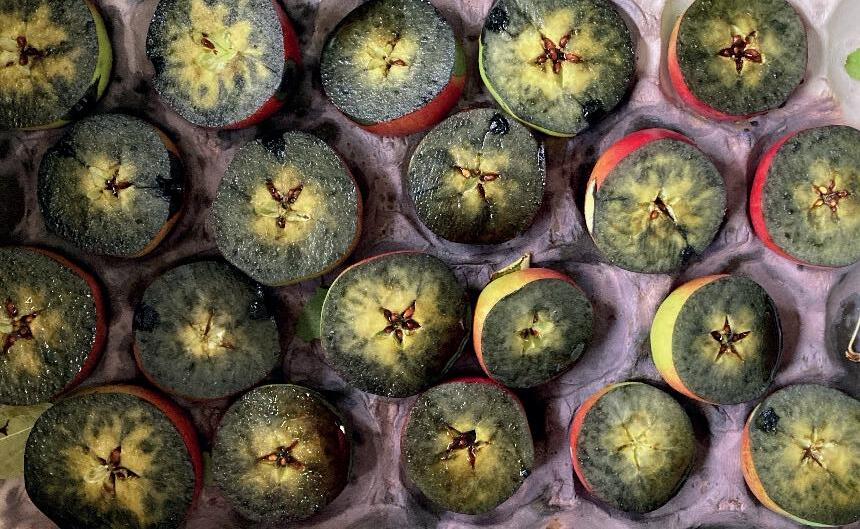
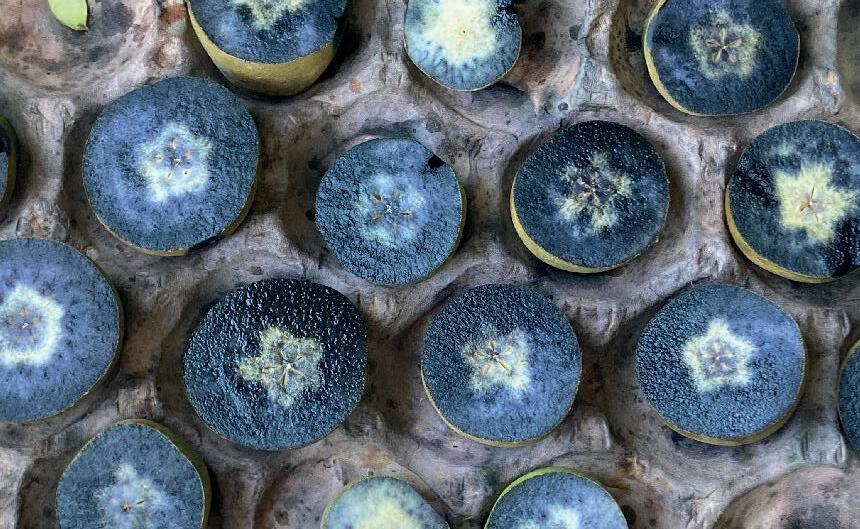
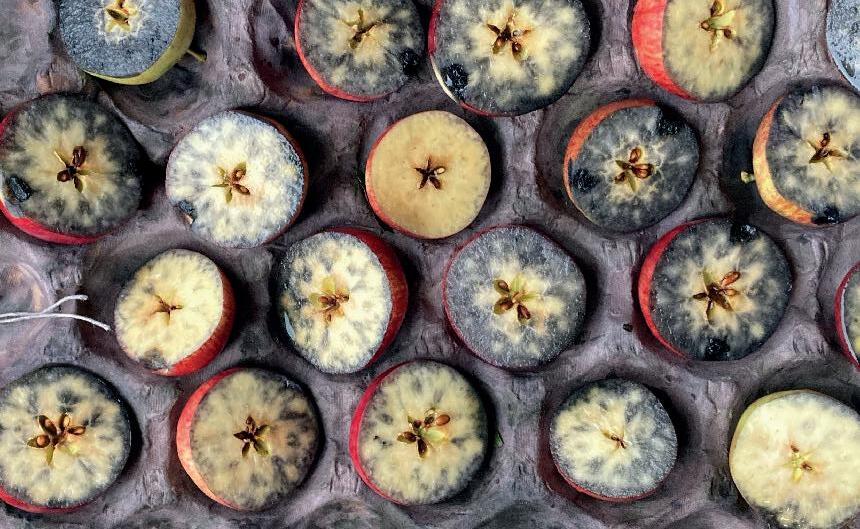
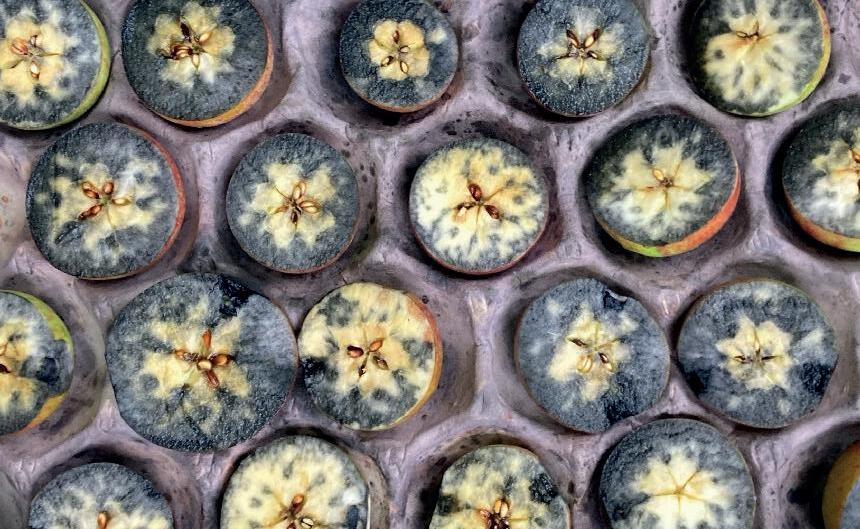
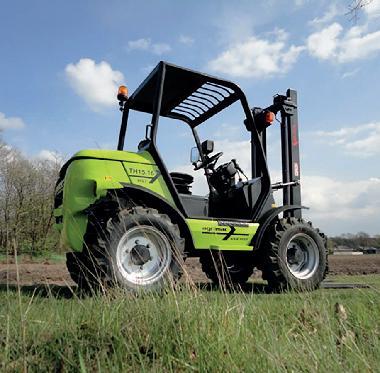


The NextGen Fruit Group is a not-for-profit organisation with a membership of more than 350 individuals working across the fruit sector.
Founded decades ago, the NextGen Fruit Group has become a vital network for professionals and those starting their careers in horticulture. Its mission is to connect, inspire, and educate future leaders, ensuring that knowledge and best practice are passed on and that the industry continues to evolve sustainably.
Each year, NextGen delivers around six educational events, including technical talks, site visits, networking sessions, and international trips. These provide members with opportunities to gain new insights, improve efficiency, and learn directly from experts and peers. The group also emphasises the importance of building friendships and long-term professional connections, recognising that collaboration and community are essential to the sector’s
success. The focus is not only on technical knowledge but also on developing leadership skills, confidence, and resilience among the next generation of fruit professionals.
NextGen Fruit Group is proud to highlight the importance of the 2025 National Fruit Show. Both organisations bring energy and commitment to collaboration, education, and innovation, which are central to securing the future of the UK fruit industry. They share the same goal: to bring people together, celebrate excellence, and create opportunities for the next generation to thrive.
The National Fruit Show, organised by the Marden Fruit Show Society, is the UK’s flagship event for top and soft fruit. First held in the 1930s, it has grown into a major
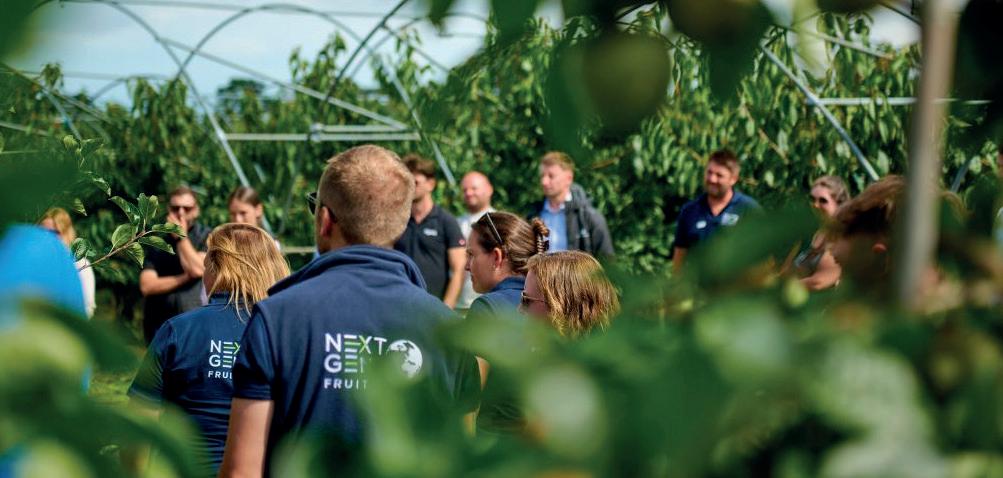
showcase for quality and innovation. The Show features competitive displays of fruit that set benchmarks for excellence, alongside an exhibition of suppliers, machinery, packaging, and services, making it a key gathering for everyone in the sector.
The 2025 Show will take place on 5th November at the Kent Showground in Maidstone and is expected to bring together growers, suppliers, researchers, and educators from across the country. With a strong focus on sustainability, innovation, and career development, the Show also inspires young people and highlights the opportunities available in horticulture.
The NextGen Fruit Group’s support reflects the natural alignment between the two organisations. Both prioritise the development of skills and knowledge, both create platforms for connection, and both recognise the importance of preparing for the future while celebrating current achievements. Supporting the Show reinforces the idea that no part of the industry operates in isolation. Growers, packers, suppliers, advisors, marketers, and researchers all rely on collaboration to succeed, and the Show provides a unique opportunity to exchange ideas, showcase innovation, and build lasting relationships.
The challenges facing the UK fruit industry are significant, from the impact of climate change and rising input costs to labour availability and shifting consumer demands. Overcoming these challenges requires innovation, adaptability, and above all, collaboration. By supporting the National Fruit Show, we are all ensuring the industry has the platforms it needs to share solutions, celebrate success, and drive the sector forward.
As the 2025 National Fruit Show approaches, NextGen Fruit Group looks
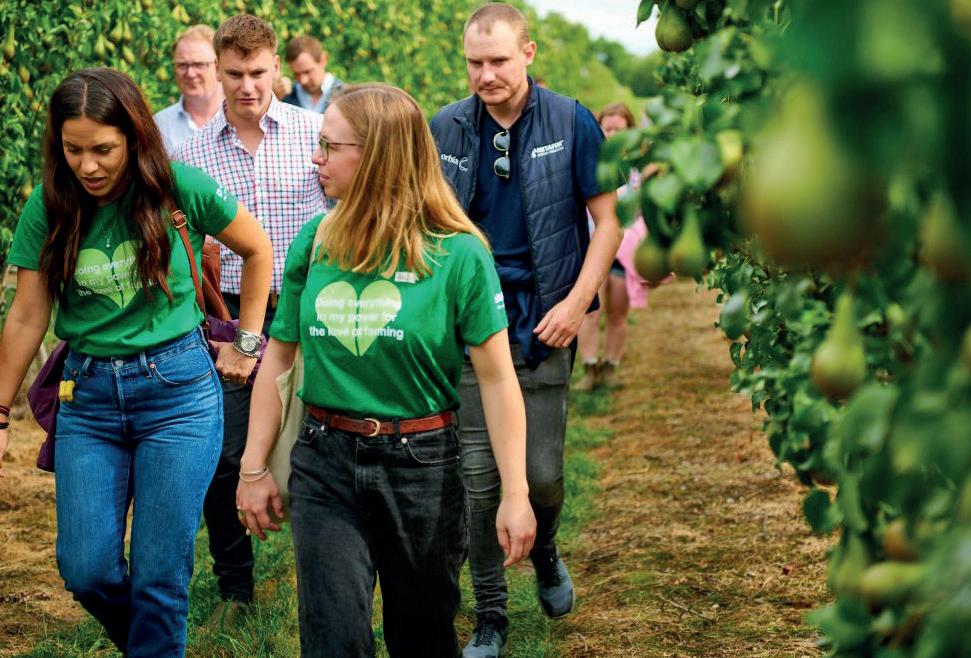
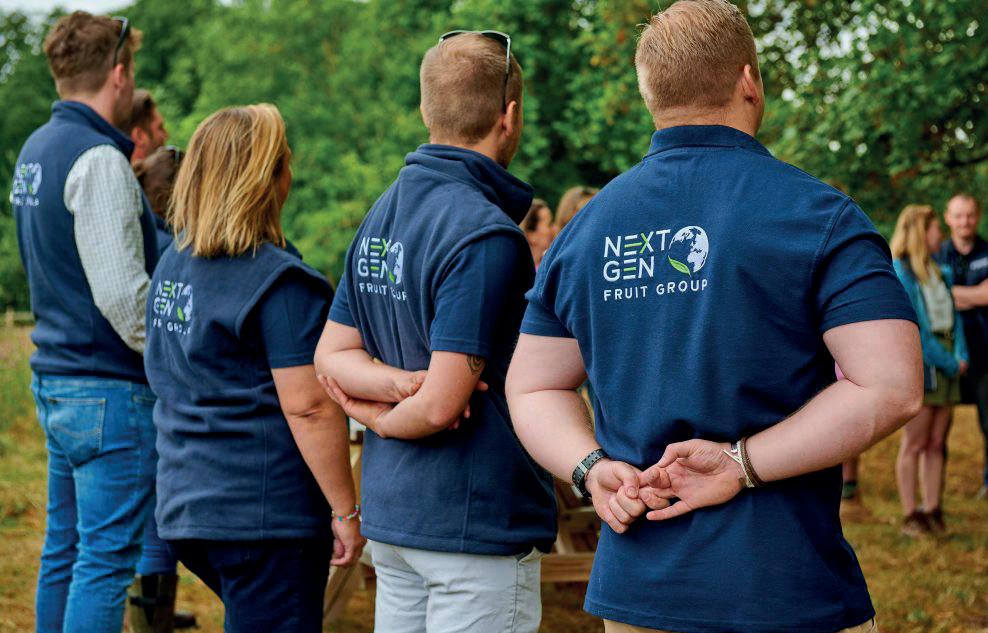
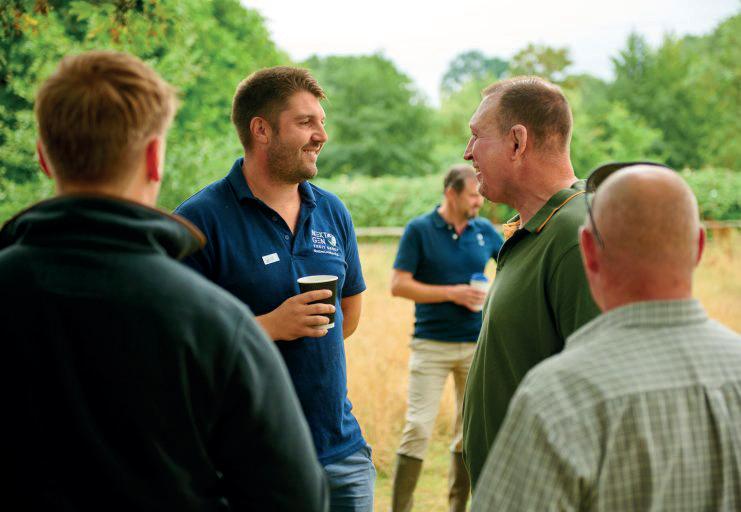
forward to encouraging its members and the wider sector to attend, compete, and participate. The Show remains a highlight of the horticultural calendar, and the partnership between NextGen and the Show is a clear step toward securing the future of British fruit growing through collaboration, innovation, and shared vision. ■
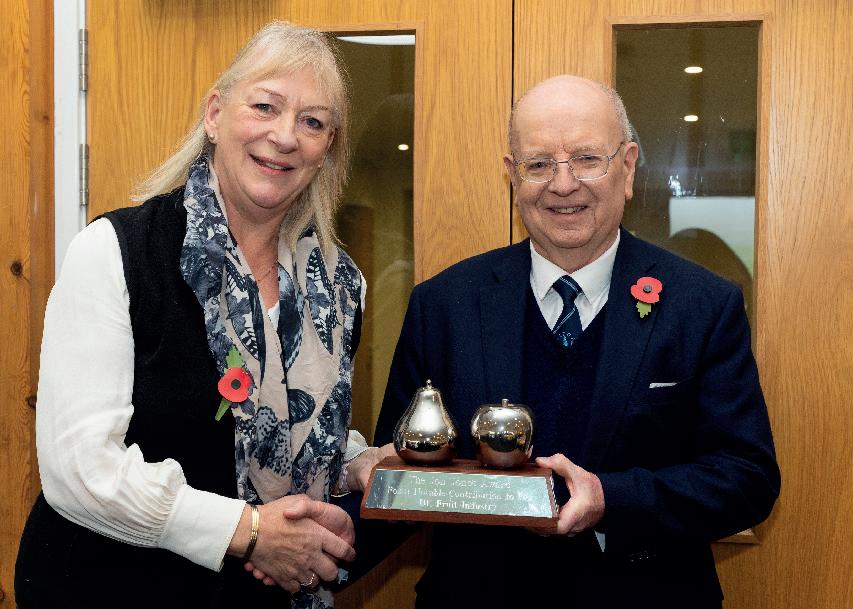
Catherine Paice presenting the Jon Jones Trophy to John Breach
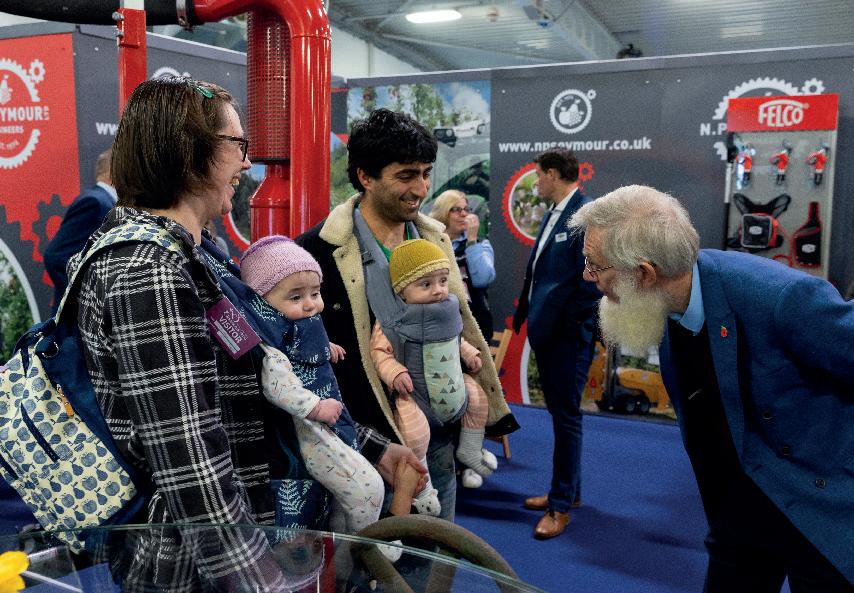
Nick Seymour chatting to the next generation of customers!
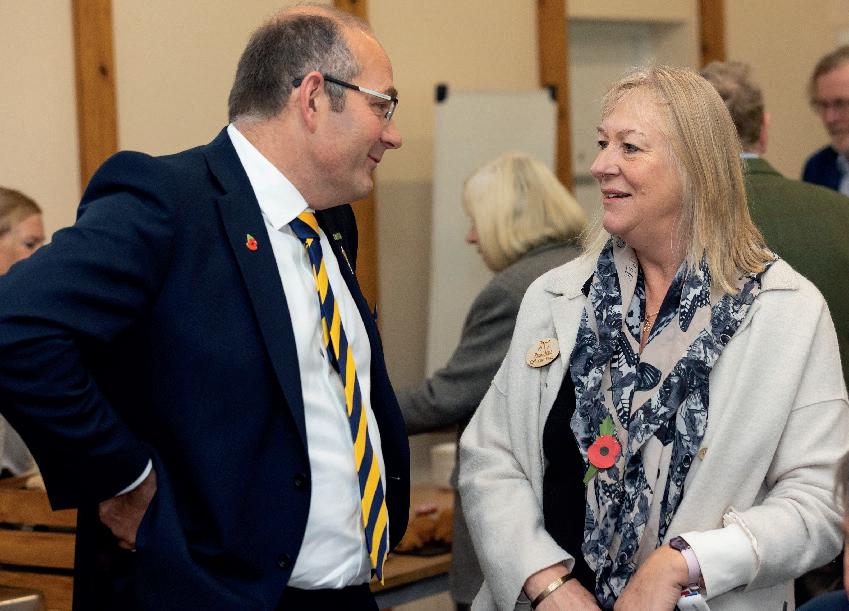
MFSS President, Catherine Paice and NFU
President, Tom Bradshaw


Best Machinery Stand
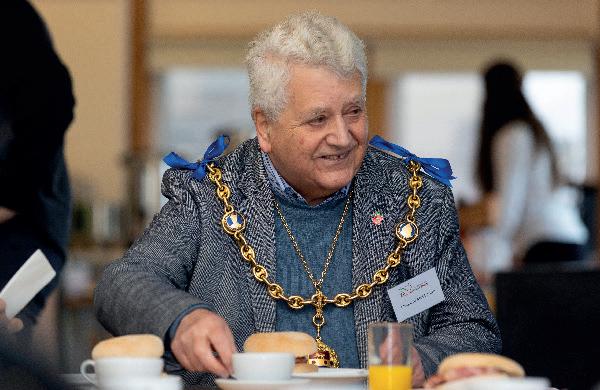
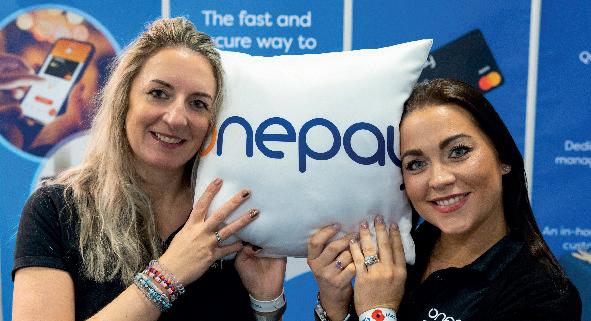
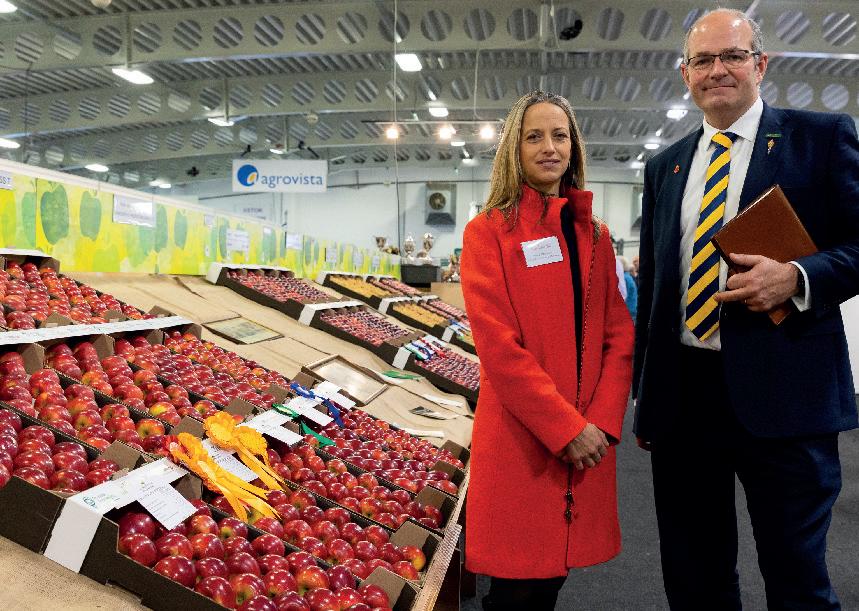
and
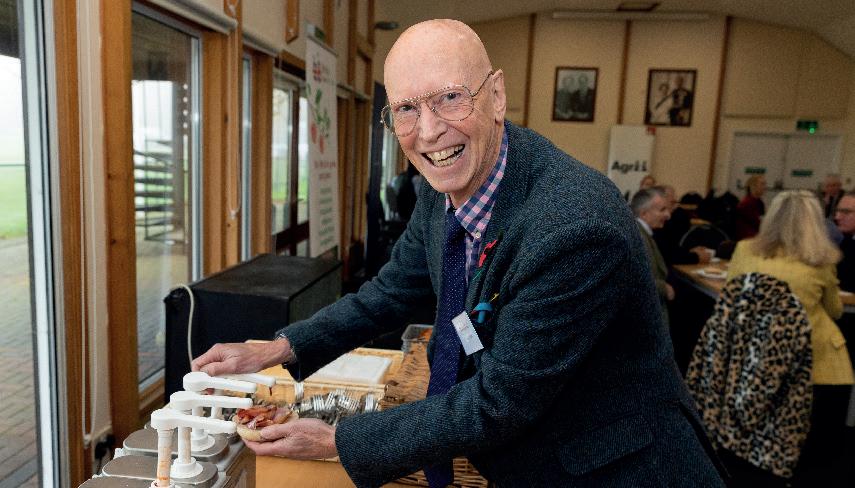
Andrew Tinsley, former Chair of Trustees

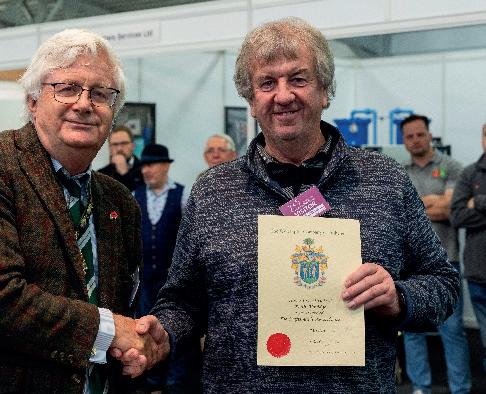
NP Seymour celebrating their 50th Anniversary
Keith Aldridge being presented with the Worshipful Company of Fruiterer’s Craftman’s Award
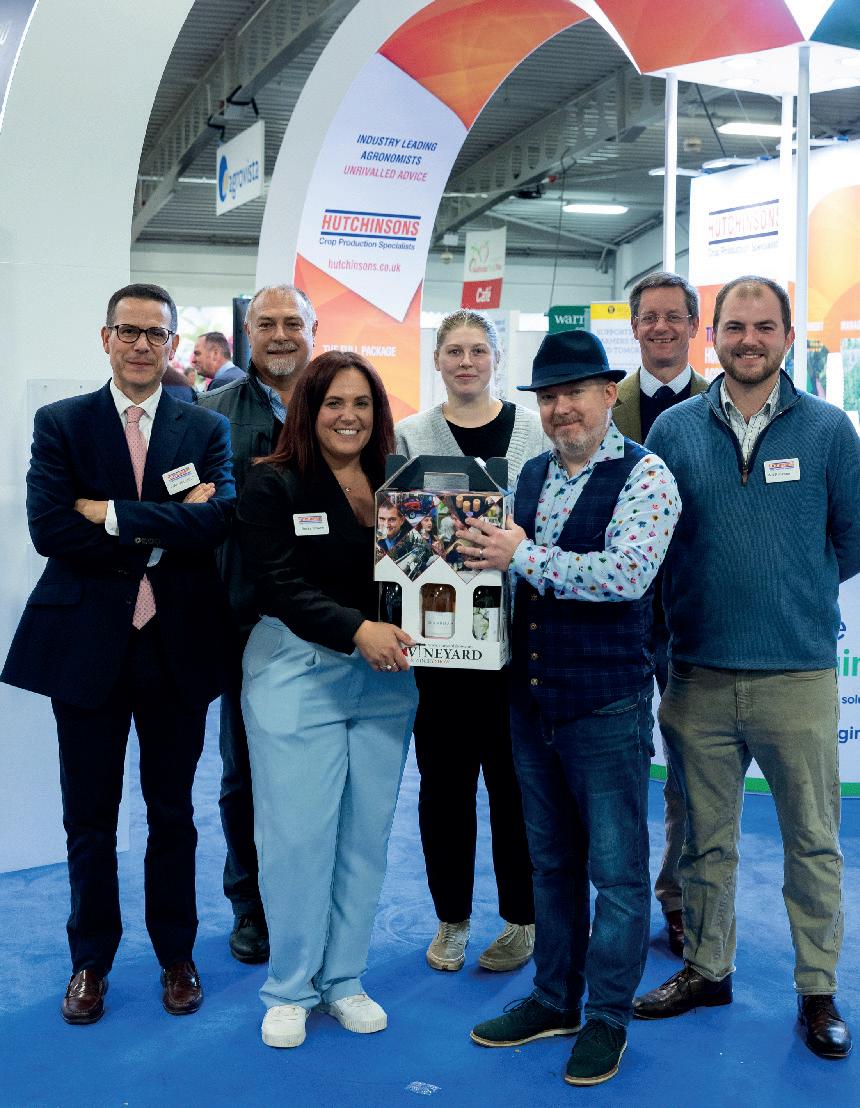
Judi Perry being presented with the Worship Company of Fruiterer’s Fruit Culture Award
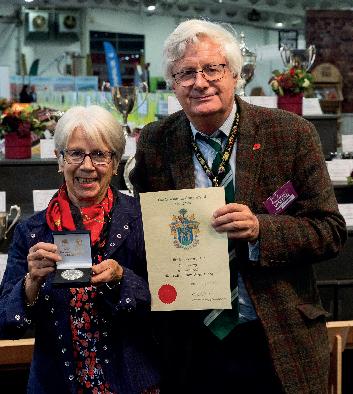
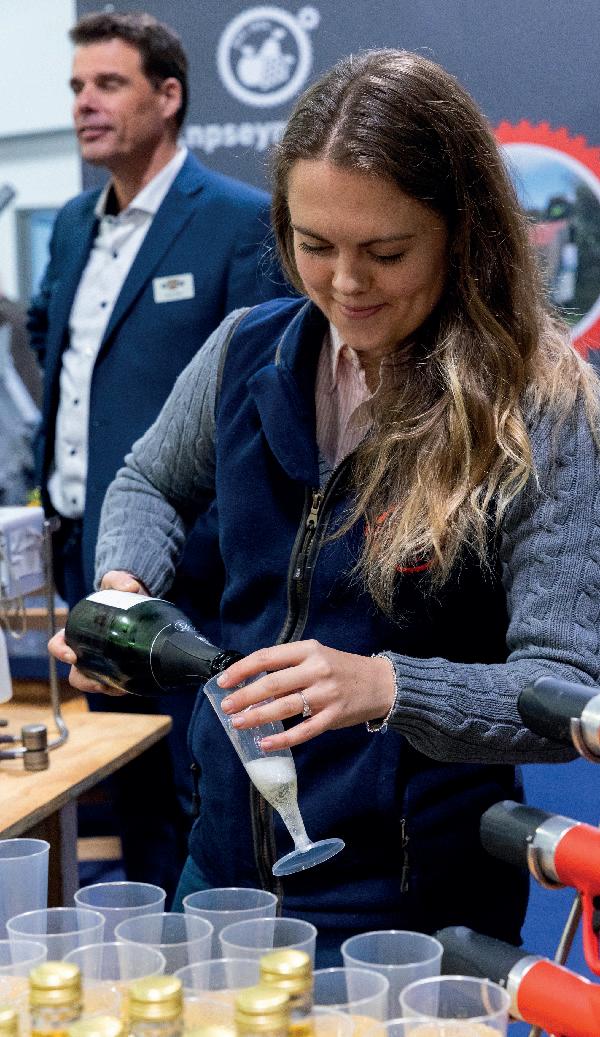
Preparing for NP Seymour’s celebrations
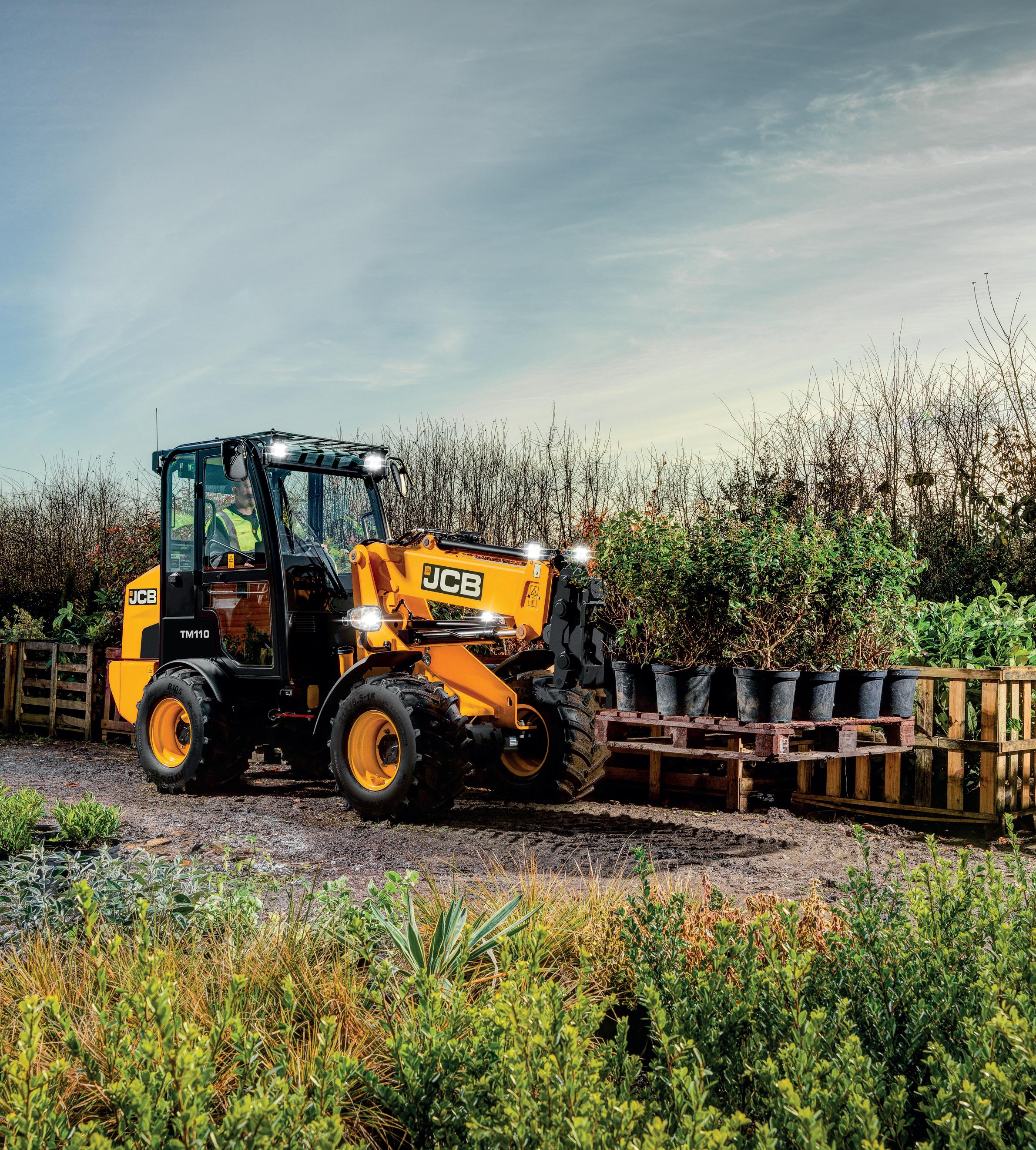


O2 AGRICARE
Aylesham Industrial Estate, Cooting Road, Aylesham, Kent CT3 3EP
Tel: 01304 842280
Email: sales@agricareuk.com
Web: www.agricareuk.com
S28 AGRII
Andoversford Link, Cheltenham GL54 4LZ
Tel: 0845 607 3322
Email: info@agrii.co.uk
Web: www.agrii.co.uk
S32 AGROCENTRE
7 Bell Yard, London WC2A 2JR
Tel: 07846 604460
Email: jarek@agrocentre.co.uk
Web: www.agrocentre.co.uk
O28
Rutherford Housem, Nottingham Science & Technology Park, University Boulevard, Nottingham Tel: 0115 939 0202
Email: enquiries@agrovista.co.uk
Web: www.agrovista.co.uk
S46
Unit 30, Mackley Industrial Estate, Small Dole BN5 9XR
Tel: 01273 082195
Email: contact@andermattuk.com
Web: www.andermattuk.com

Unit 11, Sovereign Park, Cleveland Way Hemel Hempstead, Hertfordshire HP2 7DA
Email: info@beba-energy.co.uk
Web: www.beba-energy.co.uk
Aylsham, 4 Broad Oak, Brenchley, Tonbridge
Email: secretary@bifga.org.uk
Unit 1 Wyvern Way, Henwood Industrial Estate, Ashford, Kent TN24 8DW
Tel: 01233 367167
Email: salesuk@biobestgroup.com
Web: www.biobestgroup.com
Zandsteeg 12, 5836 AV, Sambeek, The Netherlands
Tel: +31 485 578080
Email: info@botden.com
Web: www.botden.com
Clockhouse Barn, Canterbury Road, Challock, Kent TN25 4BJ
Tel: 01233 740077
Email: challock@btfpartnership.co.uk
Web: www.btfpartnership.co.uk
Weihoek 11, 4416PX Kruiningen, Zeeland
The Netherlands
Tel: +31 113 501373
Email: info@burgmachinery.com
Web: www.burgmachinery.com
Unit 1, Hayle Farm, Horsmonden, Kent TN12 8DZ
Tel: 01892 722391
Email: office@controlledatmosphereservices.com
Web: www.controlledatmosphereservices.com
Unit 2 Pinkneys Farm, Furze Platt Road, Maidenhead SL6 6PZ
Tel: 07415 301980
Email: info@cordon.ai
Web: www.cordon.ai
Imperial Park No. 11, Towerfield Road, Southend
Essex SS3 9QT
Tel: 01702 296888
Email: info@cropaid.com
Web: www.cropaid.com
Unit 2C, Riverside Business Centre, Dock Lane, Melton, Woodbridge IP12 1RA
Tel: 01394 380557
Email: info@eastgreenenergy.co.uk
Web: www.eastgreenenergy.co.uk
Floors 1 & 2, Building 3, White Collar Factory, 2 Old Street Yard, LondonEC1Y 8AF
Email: givingfood@fareshare.org.uk
Web: www.fareshare.org.uk/giving-food/growers
Pebworth Barn, Back Lane, Pebworth, Worcestershire CV37 8XA
Tel: 0333 3589000
Email: sales@livefarmer.co.uk
Web: www.livefarmer.co.uk
Berrington Court, Tenbury Wells, Worcestershire WR15 8TH
Tel: 01584 810214
Email: enquiries@fpmatthews.co.uk
Web: www.frankpmatthews.com
The Food Exchange, New Covent Garden Market, London SW8 5EL
Tel: 020 7501 0300
Email: info@fpj.co.uk
Web: www.fruitnet.com/fpj
Pottenveld 3, 4043 AB Opheusden
Tel: 0031 657 585026
Email: frank@fseurope.eu Web: www.fseurope.eu
16 Mill Street, Maidstone, Kent ME15 6XT
Tel: 01622 689700
Email: info@gullands.com
Web: www.gullands.com
Tonbridge Road, Hadlow, Kent TN11 0AL
Tel: 01732 850551
Email: enquirieshadlow@northkent.ac.uk
Web: www.hadlow.ac.uk
Orchard Place Business Park, Seven Mile Lane, Wrotham, Kent TN15 8LW
Tel: 07483 035922
Email: richard.smith@haynesgrp.co.uk
Web: www.haynes-agri.co.uk
Stanford Bridge Farm, Station Road, Pluckley, Kent TN27 0RU
Tel: 01233 820055
Email: fruit@heathcoteholdings.com
Web: www.heathcoteholdings.com
Grootgenhouterstraat 81, 6191 NR, Beek
The Netherlands
Tel: +33 464 280364
Email: info@hermensfruitsystems.eu
Web: www.hermensfruitsystems.eu
Unit 2 Owens Court, Selling, Faversham, Kent
ME13 9QN
Tel: 01233 226284
Email: sales@horsepoweragri.co.uk
Web: www.horsepoweragri.co.uk
Park Farm, Park Farm Road, Kettlethorpe
Lincoln LN1 2LD
Tel: 01522 704404
Email: info@hortifeeds.co.uk
Web: www.hortifeeds.co.uk
MAJOR SPONSOR
Weasenham Lane, Wisbech, Cambridgeshire
PE13 2RN
Tel: 01945 461177
Email: information@hlhltd.co.uk
Web: www.hutchinsons.co.uk
Chittenden Orchards, Staplehurst, Kent TN12 0EX
Tel: 01580 891756
Email: office@jrbreach.com
Web: www.jrbreach.com
Unit R17, Rye Wharf, Rye Harbour Road, Rye, East Sussex TN31 7TE
Tel: 01424 720121
Email: renewables@jencoelectrical.co.uk
Web: www.jencoelectrical.co.uk
26 Coldharbour Lane, Hildenborough, Tonbridge, Kent TN11 9JT
Tel: 07734 467410
Email: mellidrang@gmail.com Web: www.kbka.org.uk
Roughway Farm, Tonbridge, Kent TN11 9SN
Email: Tom@roughwayfarm.co.uk
Web: www.kentishcobnutsassociation.org.uk
Old Walnut Tree Farm, Chapel Lane, Blean, Kent CT2 9HE
Tel: 01227 765069
Email: office@kentfruitservices.com Web: www.kentfruitservices.com
Griffins Farm, Pleasure House Lane, Maidstone, Kent ME17 3NW
Tel: 01622 843013
Email: info@kirklanduk.com Web: www.kirklanduk.com
77 Commercial Road, Paddock Wood, Kent TN12 6DS
Tel: 01892 832325
Email: agri@lambertandfoster.co.uk
Web: www.lambertandfoster.co.uk
Lodge Farm, Goat Hall Lane, Chelmsford, Essex CM2 8PH
Tel: 07788 318988
Email: Stephen@landseerltd.co.uk Web: www.landseerltd.co.uk
35 Legacorry Road, Richhill, Co Armagh BT61 9LA
Tel: 02838 879550
Email: info@mjtimber.co.uk
Grandshore Wood Farm, Grandshore Lane, Frittenden, Cranbrook, Kent TN17 2BZ
Tel: 01580 852473
Email: sales@mobitechlifttrucks Web: www.mobitechlifttrucks.co.uk
Cherryholt House, Cherryholt Road, Stamford
Lincolnshire PE9 2EP
Tel: 01780 480530
Email: info@morepeople.co.uk
Web: www.morepeople.co.uk
18 Smith Square, Westminster, London SW1P 3HZ
Tel: 02476 939403
Email: nfu_east@nfu.org.uk
Web: www.nfuonline.com
Email: ed@nationalfruitshow.org.uk
Web: www.nationalfruitshow.org.uk
Park Farm, Villa Road, Histon, Cambridge CB24 9NZ
Tel: 01223 342200
Email: info@niab.com Web: www.niab.com
Avon Works, Cranbrook, Kent TN17 2PT
Tel: 01580 712200
Email: sales@npseymour.co.uk
Web: www.npseymour.co.uk
Bardney Airfield, Tupholme, Lincolnshire LN3 5TP
Tel: 01526 396000
Email: horticulture@omex.com
Web: www.omex.com/uk
One City Place, Queens Road, Chester CH1 3BQ
Email: findoutabout@oxbury.com
Howlett’s Barn, Bekesbourne Lane, Bekesbourne, Kent CT4 5EJ
Tel: 01304 849205
Email: sales@plantex.com
Web: www.plantexuk.com
Email: rural.task.force@kent.police.uk
Web: www.kent.police.uk
Unit 45, First Avenue, Deeside Industrial Estate
CH5 2NU
Tel: 01244 281878
Email: info@russellipm.com
Web: www.russellipm.com
4 Cannon Park, Transfesa Road, Paddock Wood, Kent TN12 6UF
Tel: 01892 830111
Email: hello@select-technology.co.uk
Web: www.select-technology.co.uk
Unit 7 Waterview Business Park, Castle Road, Sittingbourne, Kent ME10 3SQ
Tel: 01795 843195
Email: malc.cook@smartcig.co.uk
Web: www.smartcig.co.uk
Mayobridge, Newry, Co.Down BT34 2HZ
Tel: +44 28 96205588
Email: info@soilworx.ie
Web: www.soilworx.co.uk
The Granary, Downs Court, Yalding Hill, Yalding Kent ME18 6AL
Tel: 01303 233883
Email: jamie@southeastfarmer.net
Web: www.southeastfarmer.net
5/6 Allon House, Sherrin Road, Leyton E10 53Q
Tel: 0208 556 1479
Email: jan@newspitalfieldsmarket.co.uk
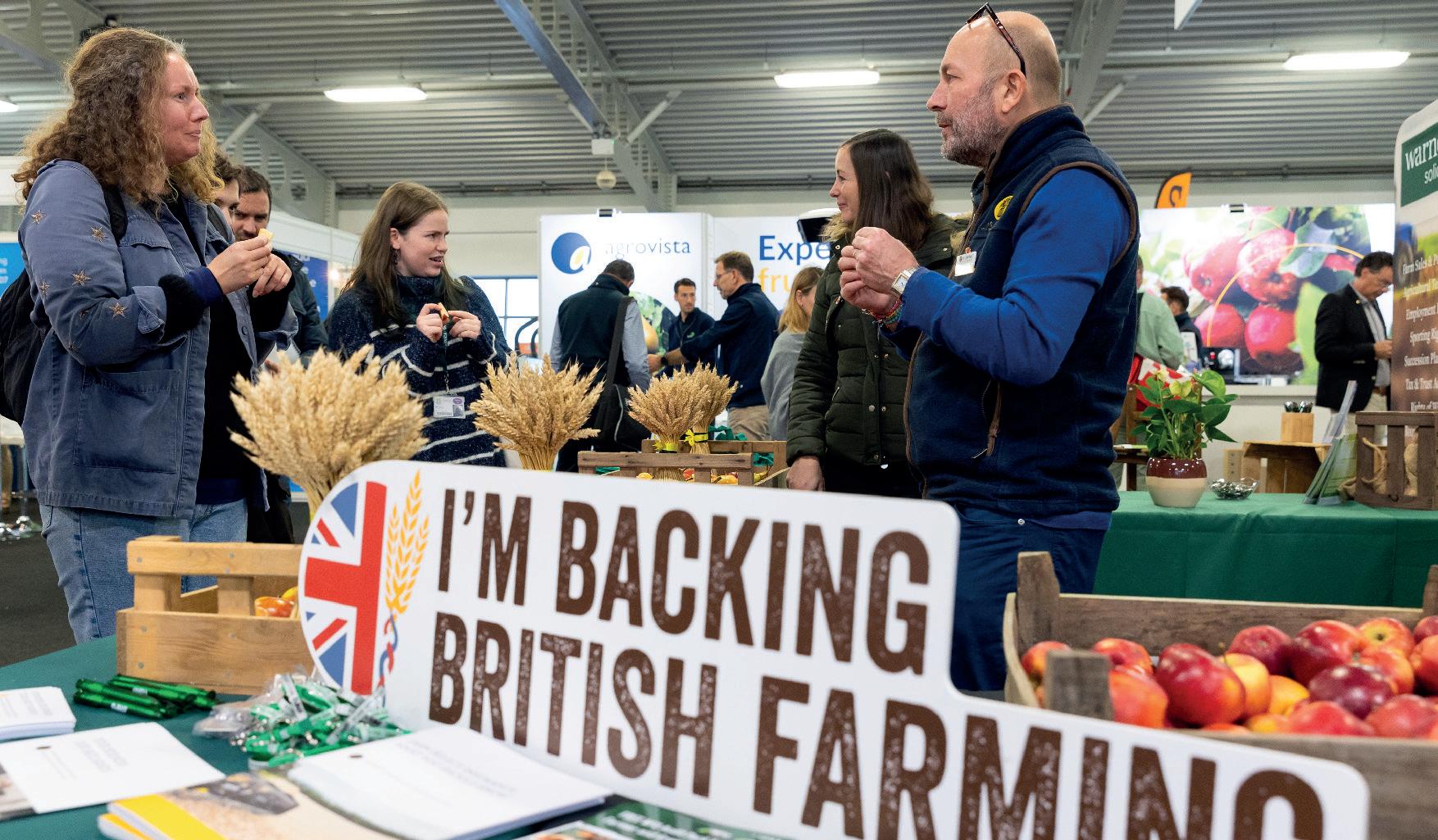
Branden Distribution Centre, Staplehurst Road, Marden, Tonbridge, Kent TN12 9BT
Tel: 01580 893714
Email: info@staplehursttransits.co.uk
Web: www.staplehursttransits.co.uk
Unit 4 Glenmore Business Park, Sittingbourne, Kent ME10 3FX
Tel: 01795 608860
Email: projects@staxson.co.uk
Web: www.staxson.co.uk
Bridgehouse, Hop Pocket Lane, Paddock Wood, Kent TN12 6DQ
Tel: 01892 831702
Email: uksales@storagecontrol.com
Web: www.storagecontrol.co.uk
21 Church Street, Maidstone, Kent ME14 1EN
Tel: 01622 695656
Email: fruit@actpub.co.uk
O8
Shop Street, Worlingworth, Woodbridge, Suffolk IP13 7HU
Tel: 01728 628325
Email: enquiries@tuckwells.com Web: www.tuckwells.com
Moor Farm, Puxton Lane, Puxton, Weston-Super-Mare, North Somerset BS24 6TH
Tel: 07500 961010
Email: info@uavagri.co.uk
Web: www.uavagri.co.uk
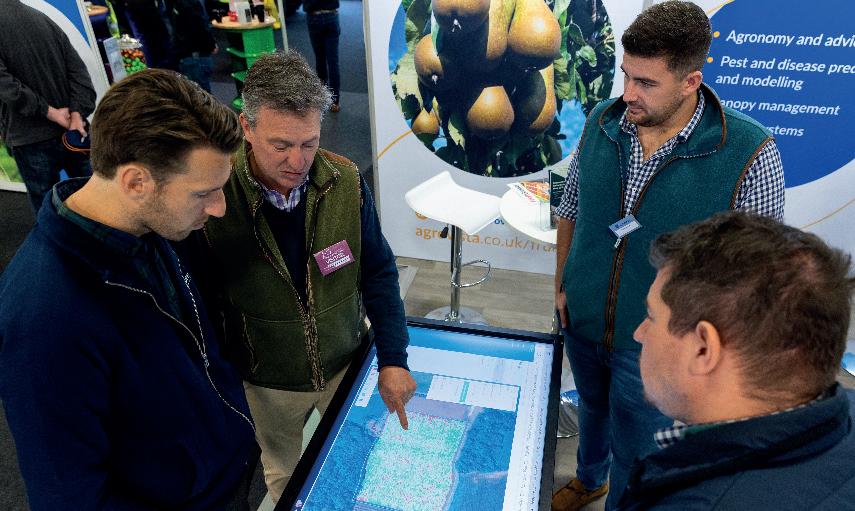
Unit 4 Hoads Farm, Moat Lane, Seedlescombe East Sussex TN33 0RY
Tel: 07834 917004
Email: sales@ukcaltd.com
Airlie, Kirriemuir DD8 5NY
Tel: 07919 334338
Email: martin@hgtimber.co.uk
Web: www.jamesjones.co.uk
Kruislandsedijk 13
Tel: 0031 167 566924
Email: info@verbeek.nu
Web: www.verbeek.nu
Apple Way, Wardentree Lane, Pinchbeck, Lincolnshire PE11 3BB
Tel: 01775 717000
Email: enquiries@worldwidefruit.co.uk
Web: www.worldwidefruit.co.uk
Yara UK Ltd, Pocklington Industrial Estate Pocklington, York YO42 1DN
Tel: 07925 356627
Email: agronomy.uk@yara.com
Web: www.yara.co.uk
• Best Machinery Stand • Best Shell Scheme • Best Overall Stand Each will be presented with a case of English wine.
If you notice anything ongoing, unusual or unexplained, talk to your GP and nip it in the bud.
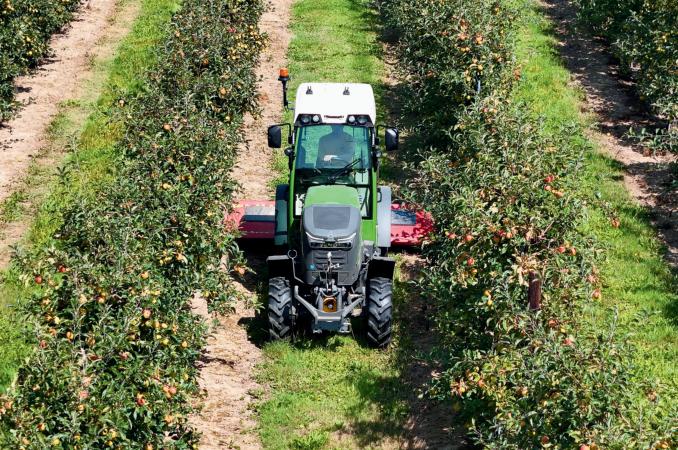
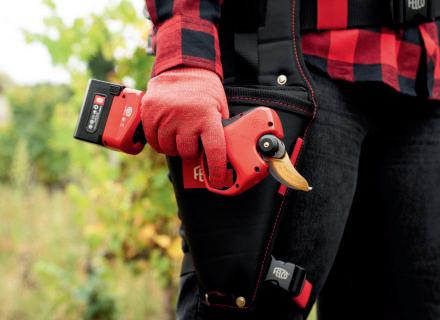
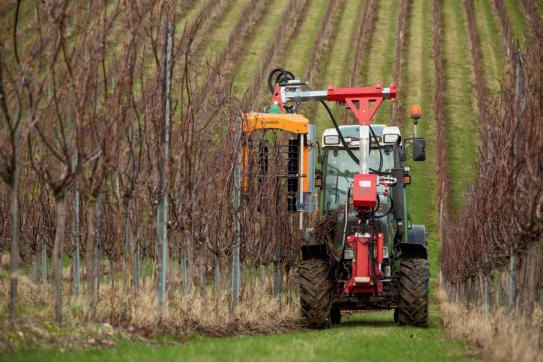
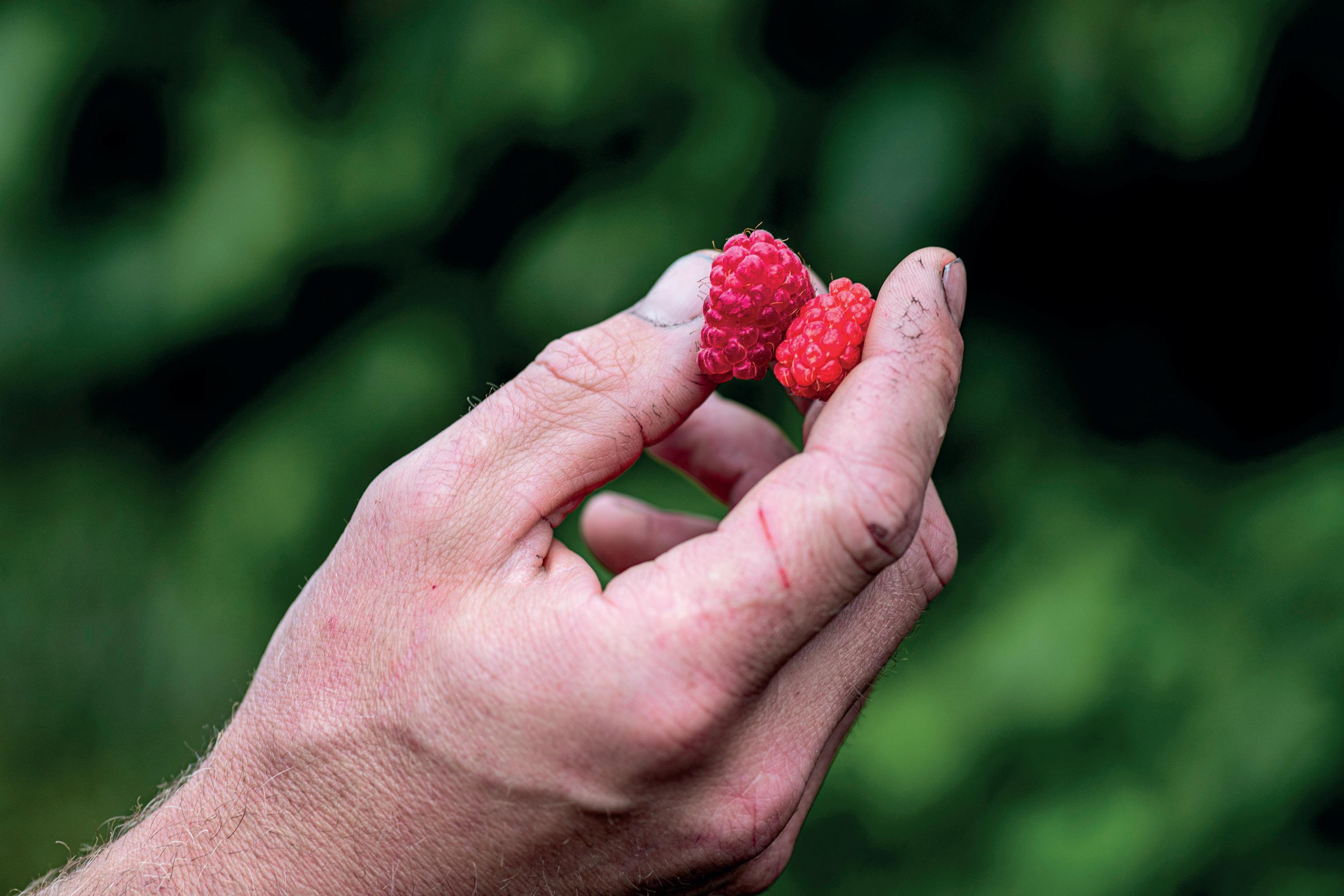
To talk in confidence about any worries with a sympathetic person who understands farming life, contact The Farming Community Network (FCN) on 03000 111 999 (7am-11pm, 365 days of the year).
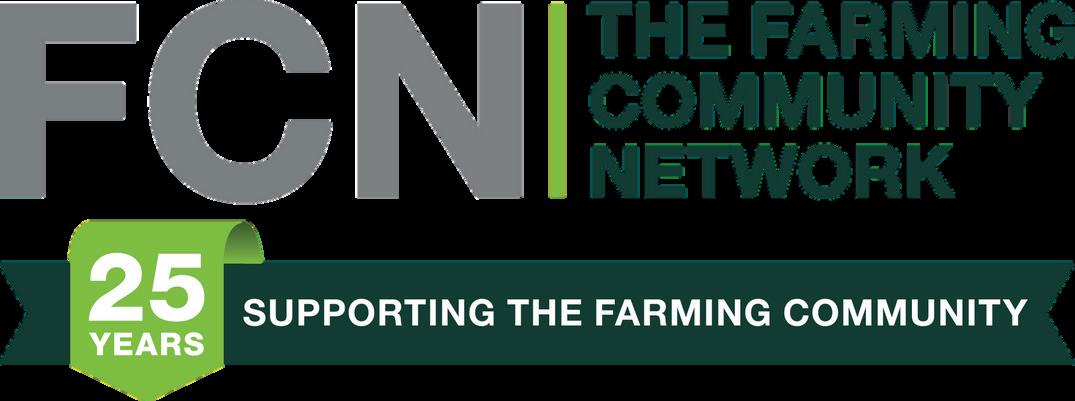


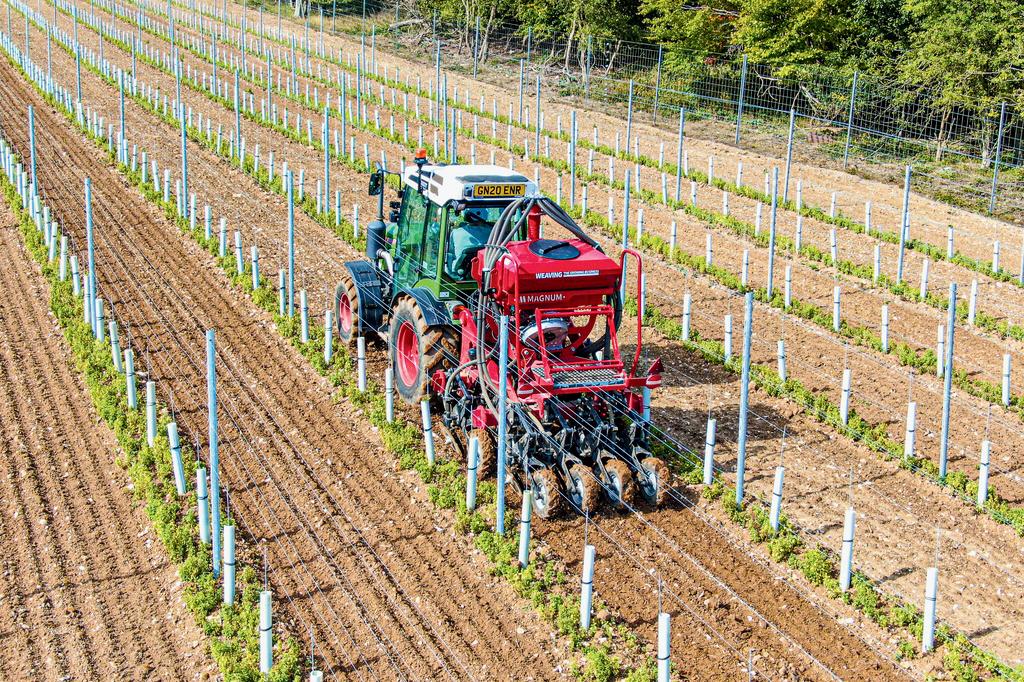



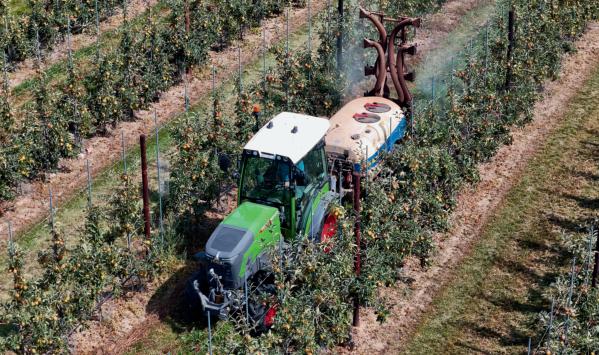
Specialist Fendt tractors and innovative machinery from leading manufacturers, plus service, parts, repairs and after sales care. Trusted by growers for over 50 years.



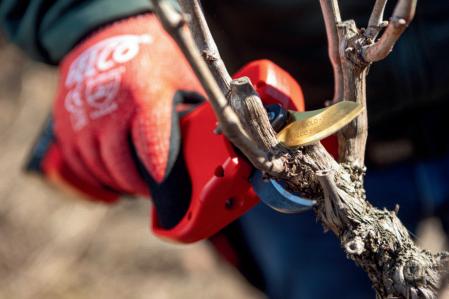
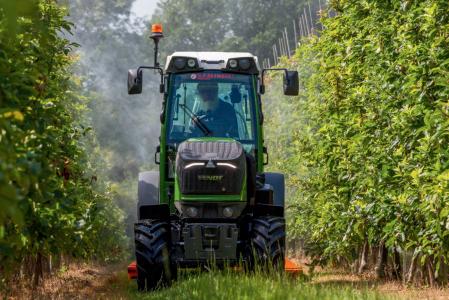


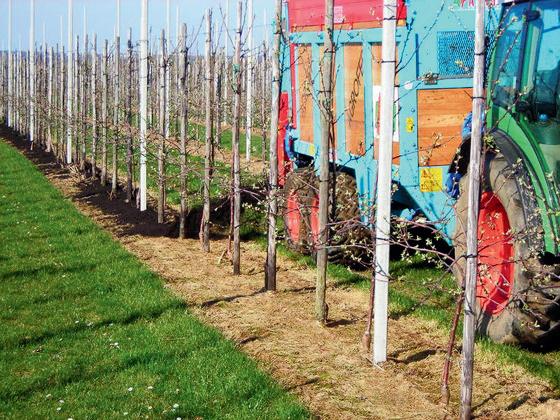





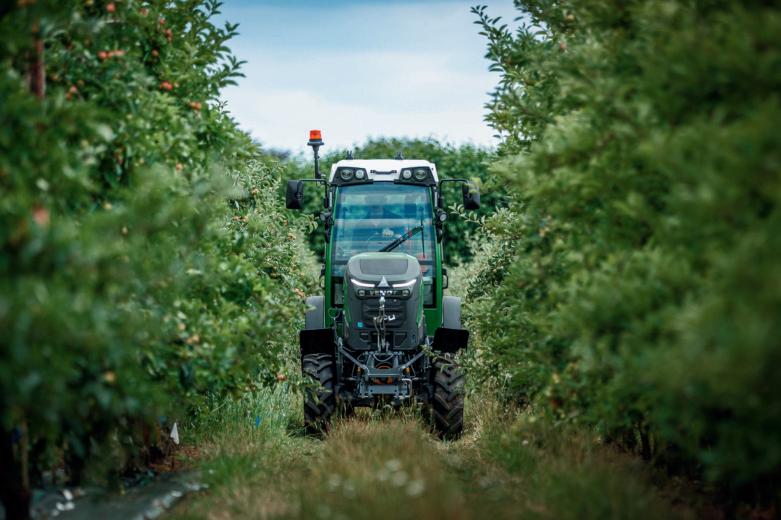
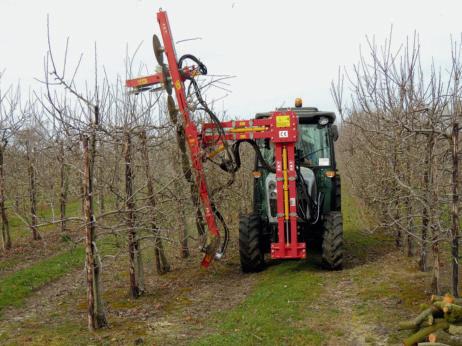
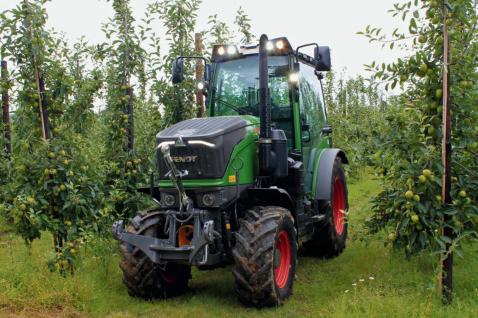
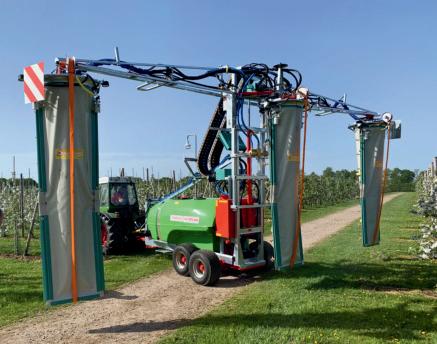





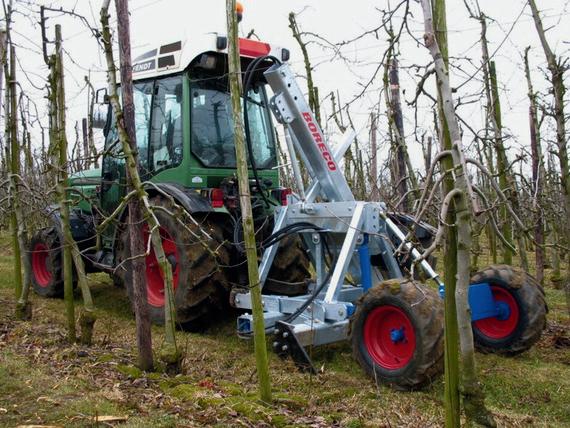
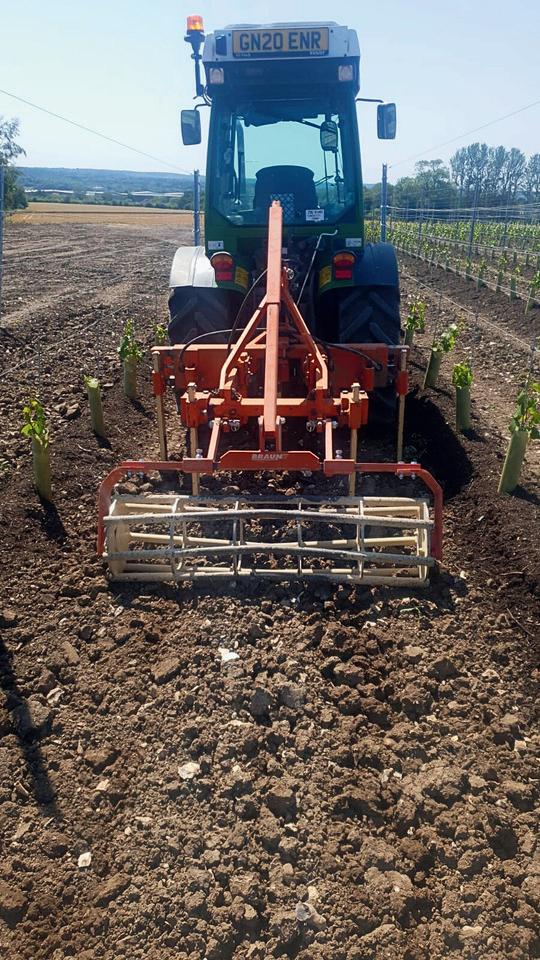
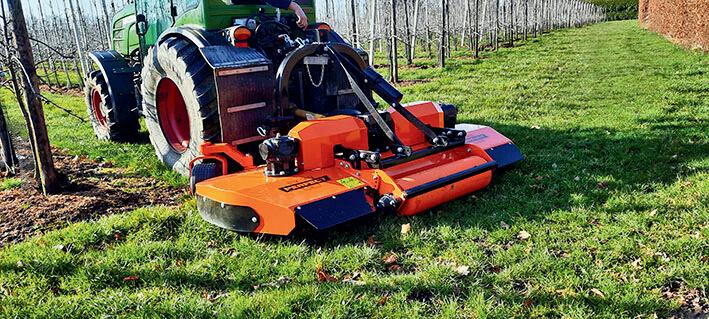


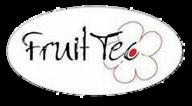


O2 Agricare

S28 Agrii
S32 AgroCentre
O28 Agrovista UK Ltd
S46 Andermatt Biocontrol UK Ltd
O24 BeBa Energy UK Ltd
O30 BIFGA
S11 Biobest UK Ltd
S30 Botden van Willegen
S13 BTF Partnership
O12 Burg Machinery B.V.
S33 C A Services Ltd
O16 Cordon Technologies Ltd
S37 CropAid International Ltd
S26 East Green Energy Ltd
S2 Fareshare UK
S40 First Base Solutions Ltd
S30 Frank P Matthews Trees
S14 Fresh Produce Journal
O13 FS Europe B.V.
S5 Gullands Solicitors
S23 Hadlow College
O26 Haynes Agricultural Ltd
O7 Heathcote Holdings
O9 Hermens Fruitsystems
O17 Horsepower UK Ltd
S18 Hortifeeds
O27 Hutchinsons
O30 J R Breach
O25
Jenco Electrical Ltd
Kent Beekeepers Association with Asian Hornet Alert.org
Kentish Cobnuts Association
O11
Kent Fruit Services (Jan Vogelaar) Ltd
Floorplan is correct at the time of printing but is subject to change

O1 Kirkland UK
S24 Lambert & Foster
S25 Landseer Ltd
S8 M J Timber Ltd
S17 Mobitech Lift Trucks
S6 MorePeople
Detling Show Ground
S31 National Farmers Union Kent
O5 National Fruit Show Education Programme
S21 Niab
O33 NP Seymour Ltd
S29 OMEX Horticulture
S12 Oxbury Bank Plc
O22 Plantex UK
O10 Rural Task Force – Kent Police
S16 Russell IPM
S9 Select Technology
S51 Smart CIG Ltd
S20 Soilworx S34 South East Farmer Magazine
S15 Spitalfields Market Tenants Association Ltd
S43 Staplehurst Transits
S39 Staxson Mechanical & Electrical
S35 Storage Control Systems Ltd
S10 The Fruit Grower
O8 Tuckwells
S47 UAVagri Drone Application Services
S27 UKCA Ltd
S22 United Box Ltd
O14 Verbeek Nurseries B.V.
O31 Worldwide Fruit Ltd
S36 Yara UK Ltd
